Let me just start by saying that Tbilisi was one of the most amazing and beautiful cities I have ever been to. From the moment I got off the plane to the moment I left I was just blown away by this place. Everything from the people, the architecture, the public transportation, the language, the weather, it was pretty much everything I was looking for in an off the beaten path photography-driven travel adventure. I’ve never been to a place where so often random strangers would just randomly strike up friendly conversation with me as I was wandering around. I’ve never felt safer walking around a city with my camera gear taking pictures at 3 o’clock in the morning. Everywhere I pointed my camera was just filled with beautiful buildings and scenery. And to top it all off it was one of the cheapest places I’ve ever been to. The entire 8 days I was here I spent under $250 for everything, including my hostel. If Tbilisi was not on your list of places to go, do yourself a favor and put it right at the top of that list.
That being said, it probably is not your typical tourist destination. There are a certain lack of amenities you may be used to if you generally spend your time in 5 star hotels in European capitals. There are no beautiful sunny beaches or luxurious first class train compartments. You’re not going to find any Michelin Star restaurants here. But what you will find is stunning brutalist Socialist Modern architecture fallen into disuse, an extremely fast and efficient metro system that costs about 40 US cents per ride, and delicious Khinkali meat dumplings that rival the best Chinese soup dumplings you’ve ever had.
Now I don’t usually post about my trips in exact chronological order, usually I’ll organize my pictures by theme or at least try to order them in such a way as to give them a nice flow or arch. But this time I’m just going to walk you through my trip exactly as I experienced it. So let’s start off in the heart of old town, right in Liberty Square where my bus from the airport dropped me off in the wee hours of the morning.
My hostel wouldn’t open for check-in for another few hours, and I wasn’t exactly tired as I had just slept like a baby on the plane here after being awake for over 24 hours, a few of which were spent walking all around Paris on my layover. So what did I do? Obviously I pulled my camera out of my bag, loaded up some film, and started exploring.
I’ve been shooting mostly Fuji in 35mm lately and this trip was no different. I’m still shooting Portra in medium format though so you’ll find a mix of the two here. I shot about 11 rolls of Superia in 200, 400, and 800 speeds, and a little over 3 rolls of 120 in Portra between 400 and 800 speeds.
After a couple hours I did start to get pretty exhausted, so I headed to my hostel and watched the sunrise from the window of the common area until check-in.
After dropping off my bag in my room I realized I was way too excited to take the nap I had been eagerly waiting for, so I said screw it, grabbed my camera and went right back out.
Most of the buildings here in old town, including the building my hostel was in, were built in the 1800s. This one was in fairly decent shape but a lot of them were really showing their age. Lots of peeling paint, crumbling facades, missing windows, all adding to the unique beauty of this awesome city.
So now that you’ve seen a few pictures, let me tell you why I came here. Keep in mind I’m no history expert. For those of you unaware, it’s a smaller country located, depending on who you ask, either in far-eastern Europe or far-western Asia. It’s nestled just under Russia, to the northeast of Turkey and north of Iran, in an area called the Caucuses which consists of Georgia, Armenia, and Azerbaijan. It has been subject to numerous invasions over the years from the Mongols, Persians, Ottomans, and a few times from the Russians. Most recently in fact it was under Russian control as part of the Soviet Union up until it dissolved 1991, which was the catalyst (along with influences from many of the previous invaders) for much of the architectural motif throughout the city which was one of the main reasons I wanted to come here so badly.
From what I understand, a lot of the buildings I’m going to show you which I came here to see were built in the Soviet era as government and civic buildings, with many being abandoned and left to crumble after Georgia regained independence. Most of them were built in the 1980s and are only 30-something years old, but were built with cheap materials and communist labor and required too much upkeep to maintain, so seeing them now you’d think they were twice their age and abandoned half a century ago.
This was not one of those structures. This is the Bridge of Peace which just opened in 2010. Apparently it was met with a bit of controversy as it’s a very modern bridge located in the heart of old town. Probably true, but I still thought it was pretty awesome.
As seems to happen all too often, I waited in this spot for a good 10 minutes for someone to walk across, got discouraged and left, and just as I was getting off the other side, walked past someone just walking up who would have fit perfectly in the middle of my shot here.
Was definitely a sunrise to remember.
I seem to have come to Tbilisi at the perfect time. Right at the tail end of Autumn as the trees were a beautiful mix of crimson, copper, rust, and totally bare. A few weeks earlier may have been even better, but there was still quite a bit of green so I’m not too sure. It was early December too so a few more weeks and it probably would have been a bit too cold.
Now here’s something I’ve never seen before. This is the first photo I’m posting featuring these above-ground gas lines but you’ll definitely notice it throughout my pictures. I tried to read up on it as much as I could and found that this is pretty common throughout this region, mostly in the Caucuses and a bit in Russia as well. I’m not sure if this was the result of a whole lot of civic planning and forethought, or if it’s more a result of Soviet labor and a need to quickly and cheaply develop infrastructure on a large scale, but it was interesting nonetheless. These gas lines run along the sides of most roads, are a couple feet off the ground, and arch up, down, and all around to navigate over roads and pedestrian walkways. Shut-off valves seemed to be everywhere and publicly accessible as well. Not sure how safe that is, but I found myself asking that about a few things on this trip so I just chalked it up to different standards. Seeing and experiencing things like this are why I travel, after all.
Here I was at the end of a dead end road walking through an overgrown field next to a seemingly abandoned concrete building, and I noticed this guy just standing there on the edge. He didn’t really seem to be doing anything. Maybe he was just out enjoying the view like me.
These underground passageways were at pretty much every major intersection in Tbilisi. Traffic is pretty bad here, and apparently the drivers are known for not being very friendly towards pedestrians, regardless of whether or not they’re in a crosswalk. They were all filled with a nice mix of really cool street art and shop stalls.
Here was an interesting find. This large tubular structure is apparently a concert and exhibition hall. Its construction was started back in 2010 and from the outside appears to have been completed some time ago, however it was not yet open to the public when I was there nearly 9 years later.
In fact at least to me, it didn’t look like anyone had any plans to finish this building anytime soon. The interior was completely barren and filled with what looked like years of accumulated dust and debris. There were no signs of active construction, and there were even a few panels of glass on the exterior which were smashed with seemingly no rush or even desire to replace them. This would become another running theme in Tbilisi, as I would find many such buildings which appeared to have been abandoned halfway through being built.
This is the Holy Trinity Cathedral. It can be seen from pretty much any rooftop in the city as it just towers over everything. Easily the most massive structure in Tbilisi, I was actually surprised to learn that this is a newer building as well as its construction was just completed in 2005.
After checking out the Cathedral I was off to explore the area around it. I believe this is part of the old town as well, even though it was across the river and quite a ways away from the part of old town I started in. I think the entire southern half of Tbilisi is just regarded as old town.
Something I noticed and found really interesting while exploring around this area is how many different kinds of building materials a lot of the houses and structures around here use. Some walls would be concrete, some brick, some another kind of brick, some with and without mortar, patches made of wood or whatever seemed to be lying around. I ended up noticing this a lot in other areas of Tbilisi as well, which I’ll show more of later.
Even in the middle of the city it wasn’t out of the ordinary to come across places like this, which would have felt more at home at the end of a long, winding dirt road in some remote rural area.
Sometimes it was hard to believe people were living in these buildings with the conditions they were in. Holes in roofs, walls collapsed into piles of brick, doors and windows broken and missing, etc. But without fail they would have clothes hanging out to dry, satellite dishes hooked up, cars parked outside, or lights on inside.
Heading back on over to the other side of the Mtkvari River, there was a pedestrian walkway under a bridge lined with photographs taken from all around Georgia. They were covered in a protective layer of plexiglass, so I was able to get this shot of one with some neat reflections of the area around it.
Back in the western side of the city, this is a shot of the Kartlis Deda, or Mother of Georgia monument on top of a neighboring hill. In one hand she’s holding a bowl of wine to greet those who come as friends, and in the other she’s holding a sword to greet those who come as enemies. I can’t personally speak to the latter part of that, but Georgian people definitely have some of the best hospitality I’ve encountered while traveling.
Here was a building I found which definitely was not inhabited. I liked how the gas line was routed, snaking up and over the doors and windows as it hugged the exterior.
And here was something else I had seen in a few places. These buildings are so old and in such states of disrepair that some entire facades or balconies would need to be held up with steel supports. In this case it was this entire side of the building, with the supports stretching over and onto the other side of the road.
Many of the residential buildings had central courtyards accessible through a gate off to the side, or some through a sort of tunnel through the side of the building. Nearly every building I came across had open front doors, lending to the incredibly hospitable and trusting nature of the people here.
Next up is the metro system. The metro in Tbilisi was probably one of the simplest, cheapest, fastest, and just overall most efficient metro systems I’ve used. I don’t recall ever waiting more than 5 minutes for a train, rides were under 40 US cents each, and I could traverse the entire city fairly quickly as I believe the trains would get up to around 60 mph. That speed comes at a bit of a cost though as they were probably the loudest trains I’ve ever been on.
Once down in the stations themselves they were all built pretty similarly. One large, cylindrical hall, with an inbound and outbound train on each side.
They generally had very sparse lighting throughout so they had a really cool and unique vibe. So far underground, huddled in the cold darkness with other strangers, peering deep into the tunnels waiting patiently to see the light from the train start to appear.
And then the long escalator journey back up to ground level at the next station.
Here I got off at Rustaveli station to start my first Soviet Architecture walk through the city. It was just a quick walk, and ended up being somewhat unsuccessful as one of the two places I wanted to see was completely inaccessible.
This is the Technical Library in Tbilisi. It was built in 1985 and while it’s not still functioning under its original purpose, at least the lower section seems to have had a bustling strip mall built around it so it’s not completely devoid of life. Unfortunately the other thing I came out here to see, the Laguna Vere, was completely closed off and I was unable to get inside. It’s basically a gigantic Soviet-era water sports complex which was built in the 60s and 70s but closed down a few years ago as it was not very profitable. There was also apparently a flood, which ironically caused the water park enough damage to close its doors for good.
The next day I went out for a much longer walk to visit some of the bigger places I was here to see. This day I took the First Line (the red, north-south line) up to Didube station. Outside of this station is a bus station, where I hopped on a Marshrutka (basically a van, one of the cheapest modes of public transportation available in Tbilisi) up to Digomi Cemetery station to walk up to my first stop.
On the way I found this makeshift toilet left next to a dumpster on the side of the road.
Here is the former Archaeological Museum located in the outskirts of Tbilisi. This building was built in 1987 and closed its doors I believe at least a decade ago.
I took quite a few pictures of it as you can see. It was one of the first buildings I saw in my research which really sparked my interest in coming here, so getting to finally see it in person after reading about it for the first time a few years ago and then finally booking a flight out here and making it happen was a pretty good feeling.
Here’s another one of those funky gas lines, bent up and around to accommodate the traffic.
Right next door to the Archaeological Museum was the next place on my list, just around this bend here.
This is the Saint Nino Monument, built to honor the patron saint who introduced Christianity to Georgia.
It too seems to have fallen into slight disrepair. It was only just built in the early to mid 90s as well.
It’s built on the edge of a cliff overlooking the northern part of the city, so with its massive height it’s visible from pretty far away. One of the coolest monuments I think I’ve ever seen.
A bit further down the road from that is this old Auditorium building for the adjacent Industrial Technical College. It was built in 1976 and was abandoned I don’t know how many years ago. I was able to get inside and on the balcony there was a makeshift playground and campfire set up complete with giant rope swing and picnic bench. I imagine it’s a pretty popular spot with the local teenagers.
This building was really cool, but a slight disappointment as the giant mural on the top has very recently been all but destroyed. It used to be a depiction of Daedalus in the center of a gold ring, with some other designs around it. I had seen pictures from as recently as a year ago where it was still fully intact. I guess I waited just a bit too long to come here.
Then a bit even further down the road was this building, now occupied by a radio station I believe.
And just past that was this, probably one of the more famous buildings in Tbilisi, the former Ministry of Transportation and current Bank of Georgia headquarters. This was actually abandoned as well a while back, but Bank of Georgia bought it out and fixed it up for their offices. This was also built in the mid 70s and seems to be in fairly good shape, at least nowadays. I guess the bank probably had a bit of money to spend to get it in this condition.
This is a shot of it from across the Mktvari River. It was hard to get a good vantage point as it’s a very active building with security gates around it, and is built on the edge of a hill with a highway in front of it.
I did get the brilliant idea of walking through the woods around it, where I came upon some fairly odd, abandoned structures in the overgrown brush.
I have no idea what these things are. They seem to be some sort of alien, half-destroyed amusement park ride.
I don’t know, your guess is probably as good as mine.
This whole area here really reminded me of something out of the old Russian movie Stalker, if you’ve ever seen it. Just very eerie.
Anyway, back in civilization, I had just spent half the day walking through some light but constant rain and was really in need of some rest. There’s a 9 hour time difference between here and Boston so I was doing all I could to combat the jet lag, but this had been a very busy and productive day and I felt it was time to relax. So I hopped back on the metro here at the Technical University station on the Saburtalo Line (green east-west line) and made my way back.
A quick transfer onto the red line here at the Station Square stop.
And a long escalator ride back up to my awaiting hostel bed.
German cars seemed to be another popular mode of transportation in Tbilisi. I passed by this BMW every day outside my hostel in old town, so the owner definitely lived in the area. I’m also pretty sure it’s a 335 which has a twin turbo I6, and is more of an enthusiast car and definitely not cheap to maintain. It was definitely interesting to see nice cars like this juxtaposed against the crumbling exteriors of the buildings around them.
Unfortunately for myself however I was without a twin turbo BMW on this trip so it was back to the metro for me.
This day I was headed out to Saburtalo, a slightly newer district located in the western part of the city which was mostly residential with a few universities as well. Out here we were definitely not in the old town any more, and I believe a lot of this area was built during the Soviet era, at least judging by the architecture. There was little information I could find online about its history.
So I ended up just wandering around a bit when I got here. I had a few specific places I wanted to see in this area but even just walking around the apartment complexes was pretty awesome. I believe these are known as Khrushchyovka, essentially 3-5 story, concrete, low-cost Soviet apartment buildings built starting in the 60s. They were originally meant to be a cheap and temporary solution to an immediate and severe need for mass amounts of housing, but they’re still around and accommodating just as many people today, long past their originally planned 25-year life. More on these in a bit.
I couldn’t help but admire this chaotic junction of gas pipes.
Here was a strange sight. Not super new, but a fairly recent Audi A8 is a nice car by just about anyone’s standards, and here was one just completely abandoned and left to rot and be picked apart on the side of the road.
Around the corner I headed down a desolate road in search of my first destination, a not-quite-completely abandoned, but extremely underutilized campus complex for Tbilisi State University known as Maglivi. You can see one of the buildings in the distance here, complete with an observatory on the roof and a few scattered missing windows.
Here was one of the main buildings on this fairly large campus. I was here on a weekday in early December and the entire place was fairly overgrown with not a person or car in sight. Except, oddly enough, for the security guards who were hanging out just inside the front door. It didn’t look like anyone had been using this building in quite some time. Seemed really odd after reading that this campus was constructed over the course of about 25 years from the mid 60s into the early 90s. I do think it’s an active campus however so maybe I was just here during their winter break and their landscaper was also on vacation.
Here is the Maglivi pedestrian bridge which connects the campus to some dormitories to the south. This bridge was actually just renovated a few months before I got here, receiving a nice new surface and fresh coat of red paint.
Now heading off to my main destination for the day, I ran across several buildings like this along the way. I believe these are similar to the Khrushchyovka I mentioned earlier, but many of these were a bit taller, closer to 8 or so stories. Each unit in these buildings are totally unique leading to a sort of patchwork appearance. I read up on them as best I could and found that each of these individual units are privately owned, while the buildings themselves are not necessarily owned or managed by anyone at all. So essentially the owners are able to modify, upgrade, repair, or otherwise redesign their property as they see fit. If you want a balcony, you build a balcony. If you want to wall off your balcony to get some extra living room space, you pick your favorite building material, call up your friends, and make an afternoon out of it.
This actually sounds awesome if you ask me. I’m sure there are safety concerns as I’m not exactly sure what, if any building codes they have to follow. But I did find while walking around a few of these buildings that a notable downside to having no building management is that any common area or function of the buildings, such as lighting in the hallways, windows in the stairwells, elevators, front doors, were not maintained at all. Many of them were just bare concrete, covered in graffiti or peeling paint, completely dark, missing windows, building entrances broken or missing entirely, etc.
Here was my main attraction for the day. I don’t believe these particular buildings have a name, but I guess they have a bit of a cult following in some architectural circles on the internet. And for good reason. They may seem like a just trio (there’s a third one back there off to the right as well) of stark concrete buildings connected by some old footbridges, but they’re, well, yeah that’s exactly what they are. And honestly they were one of the most memorable parts of my trip.
I started down at the base of the towers and climbed a staircase adjacent to them up the hill which led directly into another nearby building.
After navigating through the stairwell and hallways of that building I found myself on the upper road there which was connected to the first building’s footbridge.
In case you’re not aware I have a borderline crippling fear of heights. I knew what I’d be in for from the moment back home I decided I was going to check these buildings out, but nothing could have prepared me for actually being here and doing it. But I had come all this way so I really didn’t have much of a choice.
You wont find any pictures of me actually on the bridges, because I didn’t take any due to the overwhelming and constant feeling of impending death while I was on them. But here on the first tower I was able to take a quick breather and enjoy the view before moving on to the second and third.
You would think the railings would help but they didn’t.
And here’s why. After having seen the construction quality of the other Soviet era buildings so far on this trip, it was impossible to put that out of my mind when walking across these. They were probably built 50 years ago with an expected life of about half that. From what I could tell, the walkways were essentially concrete slabs covered in a thin coating of asphalt. And when I say thin I mean it. There were numerous holes and missing chunks which I was unfortunately unable to avoid noticing as I was speed walking across them, and the concrete and asphalt combined could not have been more than 3 inches thick.
Combine that with the minimal X brace supports underneath them and I felt like Indiana Jones traversing through a booby trapped ancient temple just waiting to take one wrong step and plummet through the floor to my death. Overall it was worth it, because I told myself I’d do it and I did it and now it’s done and I never have to do it again. Plus the views were nice.
Perhaps the funniest part of all of it were the other people I passed by on the walkways who were just casually strolling across them like it’s no big deal. I mean, people live in these buildings. They walk across these bridges every day, they have to be safe. At least that’s what I tried telling myself, unfortunately it didn’t help much at the time.
Back on the ground I took a walk along the hillside and was awarded some more nice views of this part of the city.
Including a strange half-built concrete triangle and some more of those patchwork apartment buildings.
Here’s a close up of one of them. It’s almost like these are completely separate structures just stacked on top of one another.
After all the excitement I figured it was time to get back and relax, so I headed back down the hill towards the metro. I took the long way though and explored a few more residential areas along the way.
I wish we had buildings like this back in Boston.
Back on the metro to go back to my hostel, this time I was here during weekday rush hour. Station Square stop is the transfer station for the red and green lines, and looks like this almost constantly in one direction or the other as people are switching lines.
Here I was moving along with the massive crowd to get on the red line train. I believe I waited for the next one. After that it was back to the hostel to take a nap before waking up early to stream some early morning football on my phone.
The next morning I stopped by the Galleria mall right outside the Liberty Square metro station to grab a coffee. I hadn’t had the best luck with finding a good coffee around here, as most of it was either instant coffee or Turkish style which were both nice but not my favorite. This place I found called Coffeesta was fantastic though, especially considering it was a chain. It’s a local Georgian chain however, and is still new and growing so it didn’t quite have that Starbucks feel to it just yet. Great coffee, nice relaxing vibe, and free wifi were all I needed.
Another great coffee shop I found a few days later but didn’t take any pictures of was called Coffee Bean on the highway halfway between Delisi station and Vake Park. If you’re walking from one to the other it’ll only take you maybe 20-30 minutes, or if you’re taking a Marshrutka I believe there’s a stop just nearby. A little out of the way but worth it.
My adventure today was a simple one, but involved just about an entire day’s worth of walking. Station Square is the main passenger terminal in Tbilisi, but one more stop north is Gotsiridze station which is home to a huge rail yard. It was this rail yard and surrounding area which I wanted to check out today.
This is the view from the station platform. I wanted to get on that footbridge there but ended up taking a wrong turn out of the station which I’m glad happened because then I got to explore the rail yard itself.
There only really seemed to be one way to go after taking a right out of the station, and there were a few people going this way so I just followed them figuring they knew where to go.
After stopping a few times for some pictures however I had lost the crowd and was on my own. But that was fine, because there were lots of interesting things to photograph around here, like this old locomotive and the pile of train engines behind it.
So as I kept going I found myself in the heart of the rail yard itself, unsure if I was supposed to be there or not. There was really no other way to go though, and no signs (from what I could tell) or people telling me I was doing anything wrong. So I just kept going, and even popped into this empty train repair depot for some pictures.
Saw a couple of older vintage trains and locomotives.
And then I had gotten to a point in the yard where I was certain I was not supposed to be, so I turned around and headed back to the metro station.
This time I went the other way and quickly realized that this was the right way out. You can tell because unlike the other way, this way had a giant red sign pointed at me that said ‘STOP’
Luckily this bridge wasn’t nearly as nerve wracking for me. It felt sturdier, and I doubt the fall would have killed me, so I was fine on this one.
It’s a good thing too because it was a lot longer than it had looked from the station. Using Google’s satellite view and its scale marker I measured it to be exactly 1000 feet long.
I had noticed quite a few people walking down in the big field next to the rail yard. There didn’t seem to be a whole lot down there, but there must have been something interesting.
After getting to the other end of the footbridge and walking towards the river, I passed through what seemed to be a huge industrial retail area. Basically an extremely busy and hectic area full of automotive shops, repair facilities, building material supply shops, places to buy fixtures, tools, appliances, hardware, you name it. I should have taken more pictures here but honestly it took all of my attention not to get run over by the steady stream of industrial vehicles careening through the area. There were little to no sidewalks and vehicles were constantly pulling in and out of shops and side roads so it didn’t seem pedestrian-friendly enough to really stroll around snapping pictures. Maybe it’d be less busy on a weekend, I’ll have to come back next time I’m here.
Once I got through that, I took a long stroll along the river and made my way all the way down to the main Station Square.
This area was pretty hectic as well, and seemed to be where all the touts hung out trying to peddle their wares. I wasn’t really in the market for some off-brand Chinese cell phones so I made my way through there fairly quickly.
I hopped back on the metro there and took it back to my home base, Liberty Square. This is the actual square here, and is a common meeting ground for any protests, rallies, demonstrations, and festivals the people want to have.
Right around the corner past the Galleria and metro station is an outdoor bookstore adjacent to a park. After this I headed back to my hostel again for the day, after grabbing some khinkali nearby.
On my second to last day here I decided to head out to Vake Park in a district south of Saburtalo. There isn’t a metro line that goes out to Vake directly, so you have to take one to Saburtalo and then hop on a Marshrutka, so I got off here at Delisi station and did just that.
From Delisi it was maybe a 5-10 minute ride to Vake park. This is a huge and beautiful space, with a giant World War 2 memorial at the far end leading up the hill.
And this late fall weather was absolutely perfect for it.
I ended up heading all the way up the memorial steps to the top of the hill.
Well, not the very top. I didn’t realize how far up it went.
So after sitting on the monument steps and enjoying the view for a while I headed back down.
The underground walkway beneath the intersection adjacent to the park was really cool. It almost seemed like a city down there.
There was this central square here with what looked like spaces for shops, bars, and restaurants around the rim, then several paths radiating out from it to various corners of the intersection. I bet in the future people will live in underground cities like this.
Once I got out to the other side of the intersection I decided to walk back to Delisi station instead of taking another Marshrutka. There was that Coffee Bean shop I had seen on the way down here and I wanted to go check it out. Saw these creepy elevators in an apartment building on the way.
Then once I got back to the station I took it back to Liberty Square for some coffee and dinner and called it a day.
The next day would be my last here in Tbilisi, so I counted all the money I had left to see how much I had to spend for souvenir shopping and couldn’t believe it. I took out the equivalent of about $550 US at the airport ATM when I arrived, and after using it to pay for everything on this trip, including my hostel which only took cash, I still had about $300 left. Well, I now had to do some research and figure out just how I could spend $300 on souvenirs in one day.
I wanted my money to go to good places and not just spent on cheap Chinese trinkets sold at most souvenir shops, so I made a list of all the local artisan shops around the city and was pretty amazed at what I found. I had come across lots of street art while in the city, but after actually doing some research and actively seeking it out I couldn’t believe just how vibrant the arts scene is here in Tbilisi. I soon came to realize that $300 may actually not be enough.
This area was particularly cool, and was all found in and around the gigantic Fabrika Hostel. I didn’t stay here but I think on my next trip I might have to give it a shot. I really enjoyed the hostel I stayed in though, the Diwan Hostel, so I’ll probably have to split my time between the two.
Another place I wanted to check out was called the Dry Bridge market along the River. It’s basically a giant flea market where the locals sell anything and everything they want. A good number of them happen to sell old WW2 and Russian badges and memorabilia too which I found particularly interesting. So I figured I’d walk back and hit that along the way. I don’t have any pictures but I ended up getting a ton of cool stuff there, including a couple dozen authentic WW2 medals and badges, an old Soviet Russian passport from the 80s, some handwritten postcards from Georgian citizens written in the 70s, and an old leather canteen strap from a Russian military uniform to use as a camera strap. Oh, and a really cool old movie poster from a Russian flick called комитет 19, or Comity of 19.
Also I have spent this whole blog post so far telling you about awesome places I went and why you should go there too, but now I’d like to take a quick second to tell you about a place in Tbilisi you should not go (the picture above is unrelated – I purposefully didn’t take any pictures of the place I’m talking about now). A place I checked out for about 5 minutes and then promptly turned around and left. The ‘fake’ old town. A place you’ll probably see in every Tbilisi guide book and travel brochure.
Old Tbilisi is huge, and absolutely gorgeous, and most of it is very real and slowly getting torn down in favor of newer structures which are probably a lot nicer and safer to live in, and while that’s a bit sad since the old buildings are so beautiful, it’s understandable as the people here deserve habitable places to live their lives. But some of them are being torn down and replaced with amusement-park-esque versions of themselves. Like if you went to an ‘Old Tbilisi’ section in Epcot Center at Disney World. Empty shells of buildings with pretty and colorful facades, with their bottom floors filled with tourist trap restaurants, cafes, and shops. Just do yourself a favor and stay away from this entire area. You’re not missing anything.
Anyway, where was I. I saw some interesting things along the way to the Dry Bridge market, including another abandoned and scavenged German luxury sedan, this time a newer 6 series BMW.
And a building which I’m sure was unoccupied, although I had been surprised before.
Here I was on my way to a place called Gallery 27 which is a little shop run by a curator who sells things created by local artists. I got a bunch of cool stuff here, including some wooden coasters made up of cutouts of the Georgian alphabet, some handmade Christmas ornaments, and a couple authentic handmade Georgian blue tablecloths.
A couple other things I ended up getting at various smaller shops and stands were some local handmade soaps and some Georgian teas.
And that’s it. All in all I really can’t believe how amazing this city is. I came in with pretty high expectations and it really just blew them all away. I don’t have much else to add on top of what I’ve already said except that I can’t wait to come back and explore everything this region has to offer. Come to Tbilisi, you’ll be glad you did.

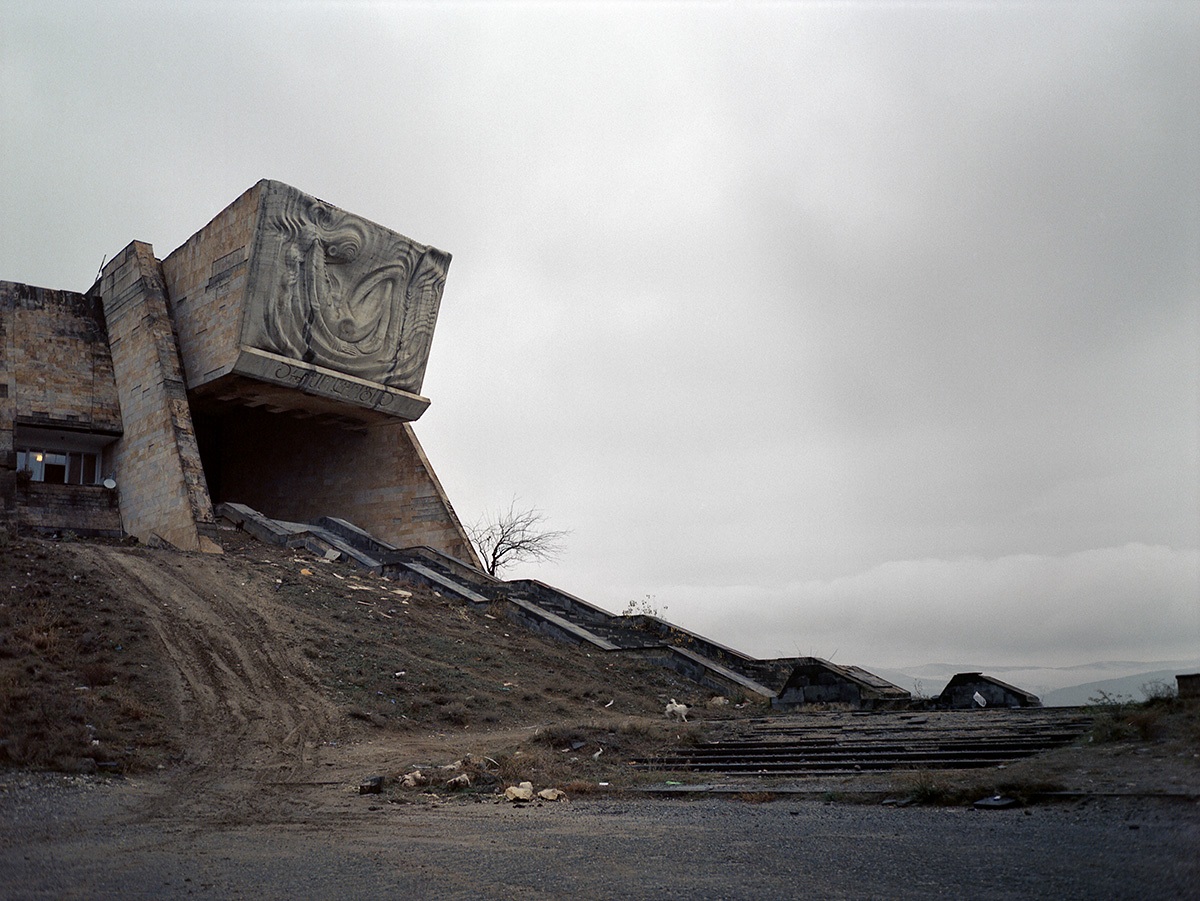
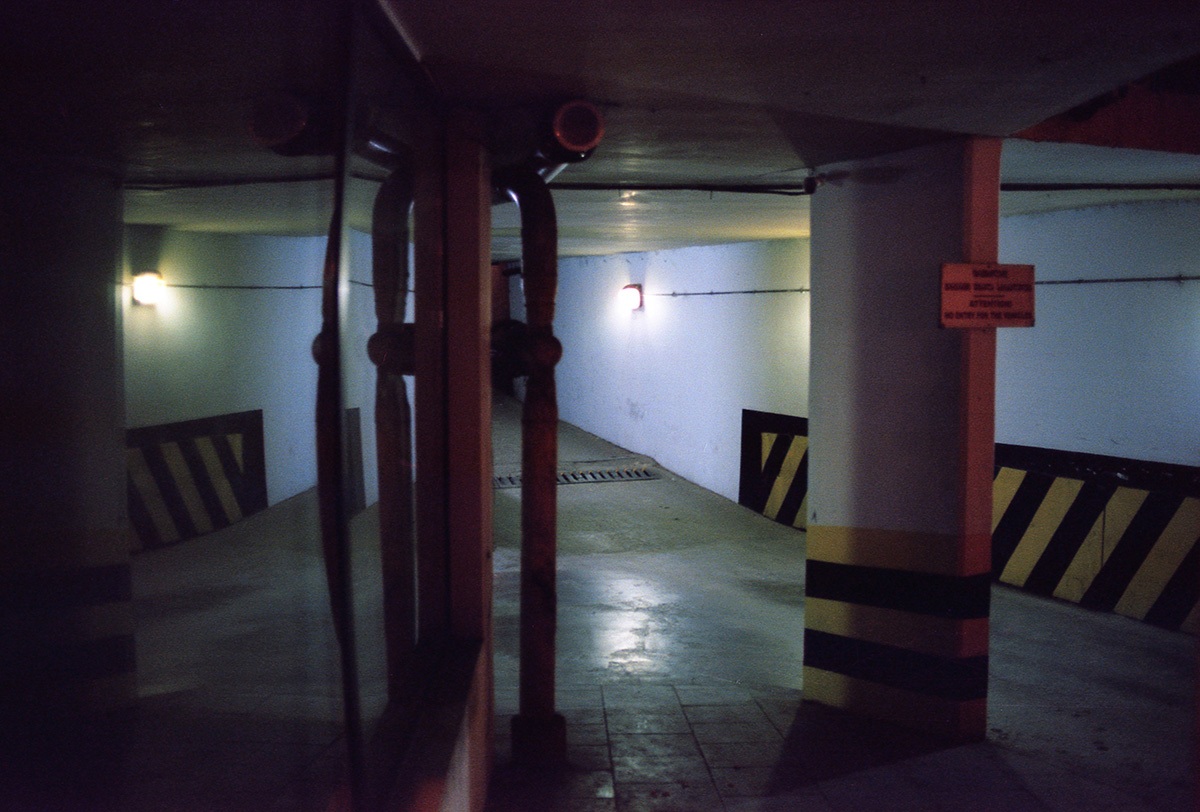
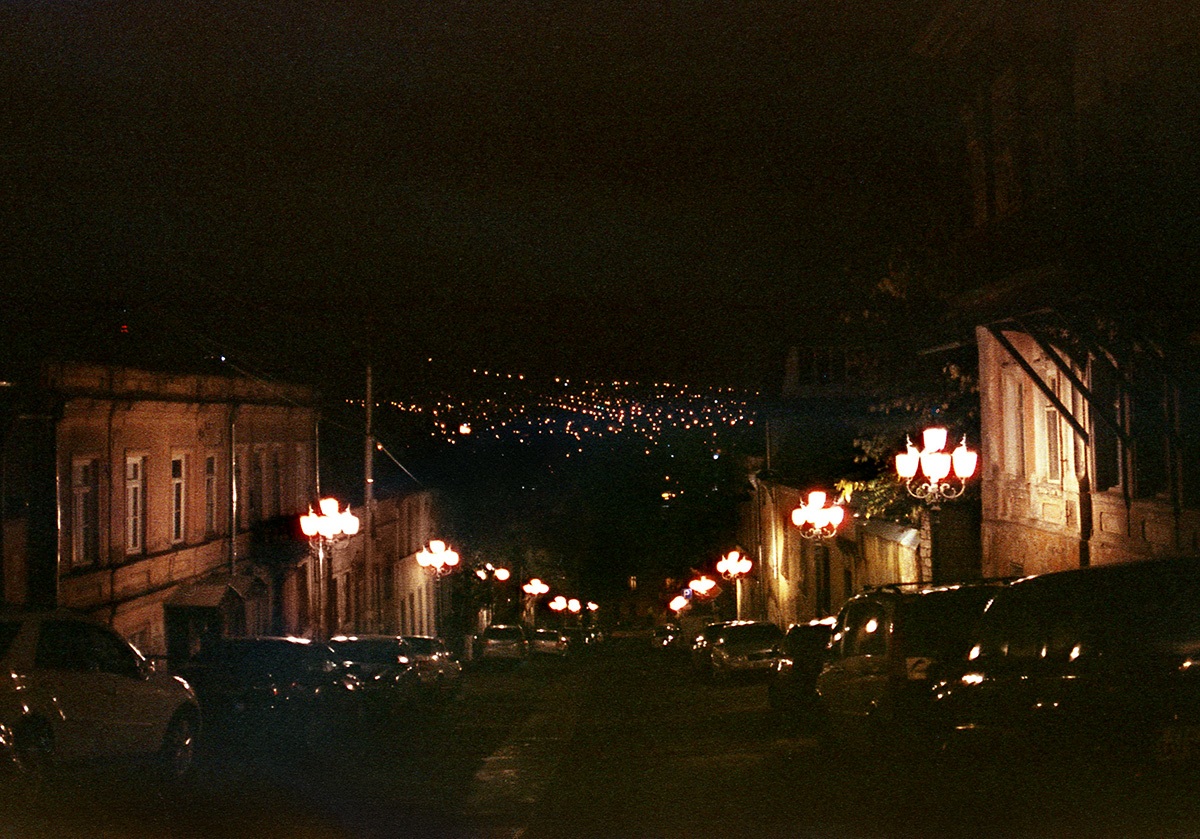
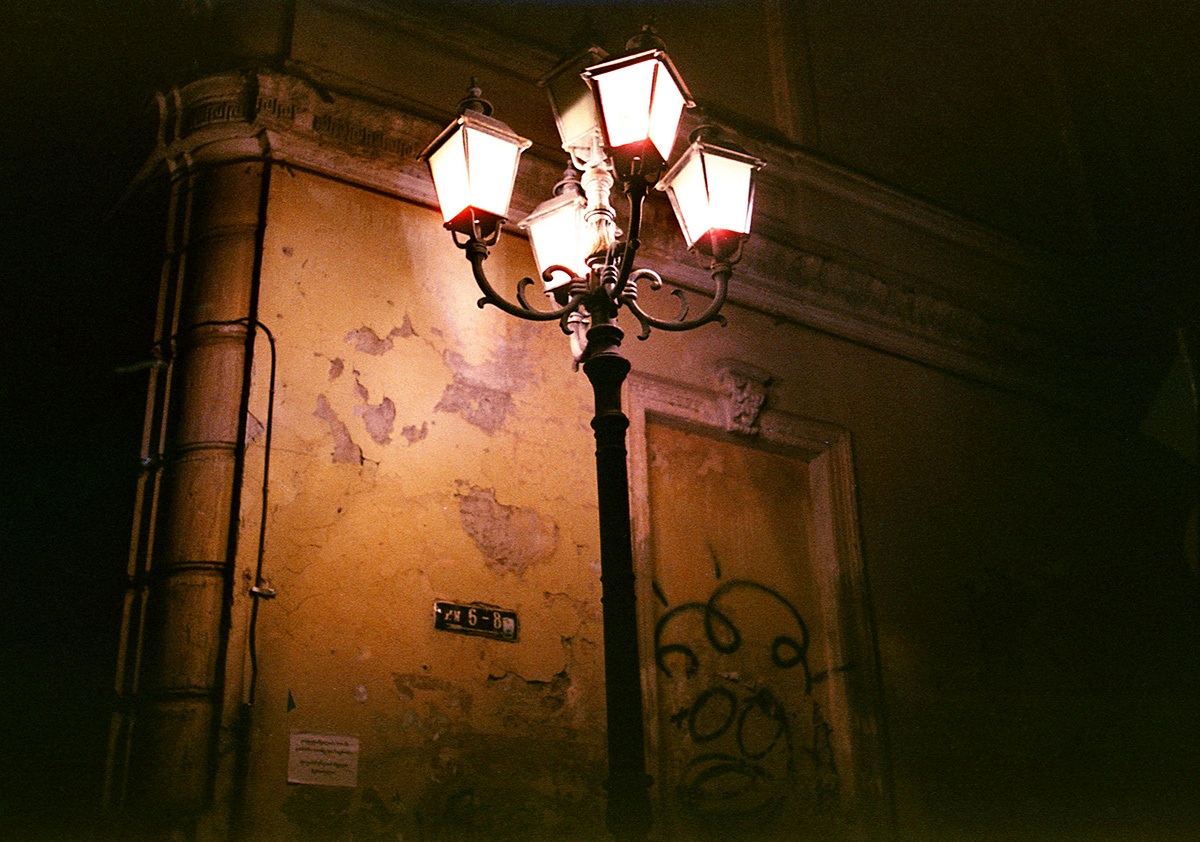

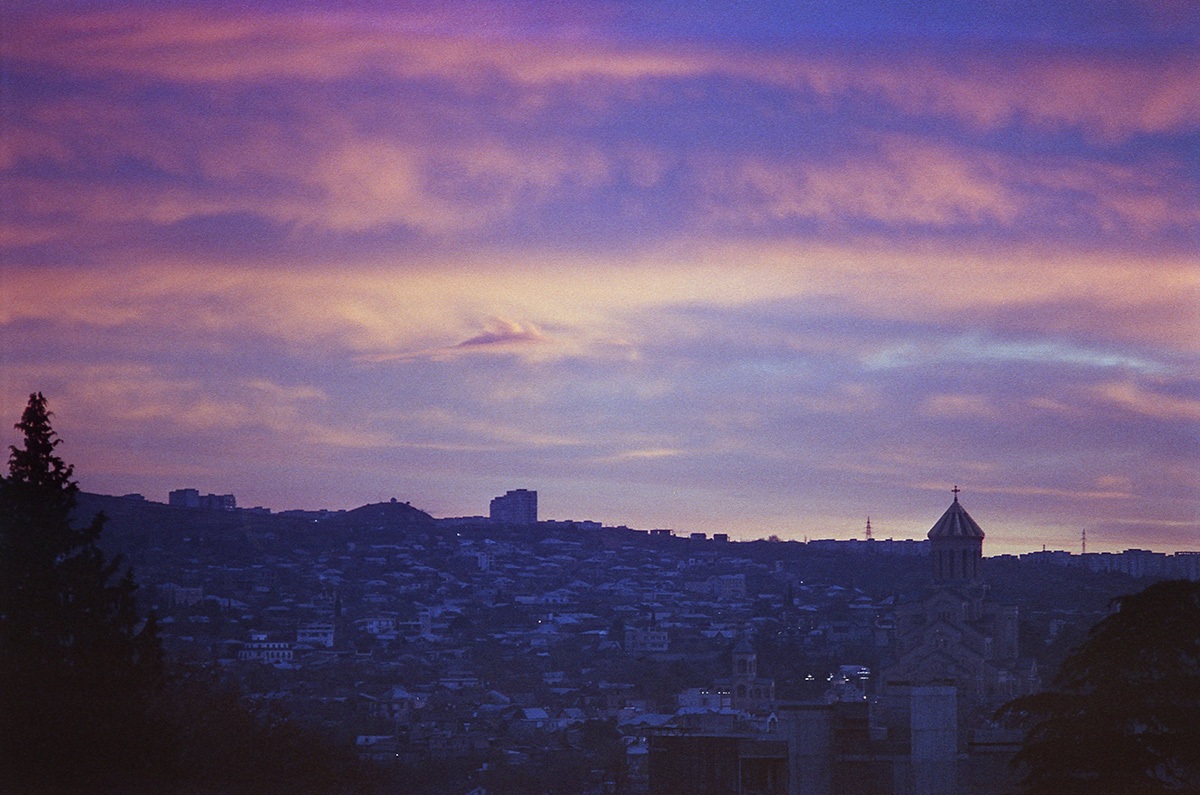
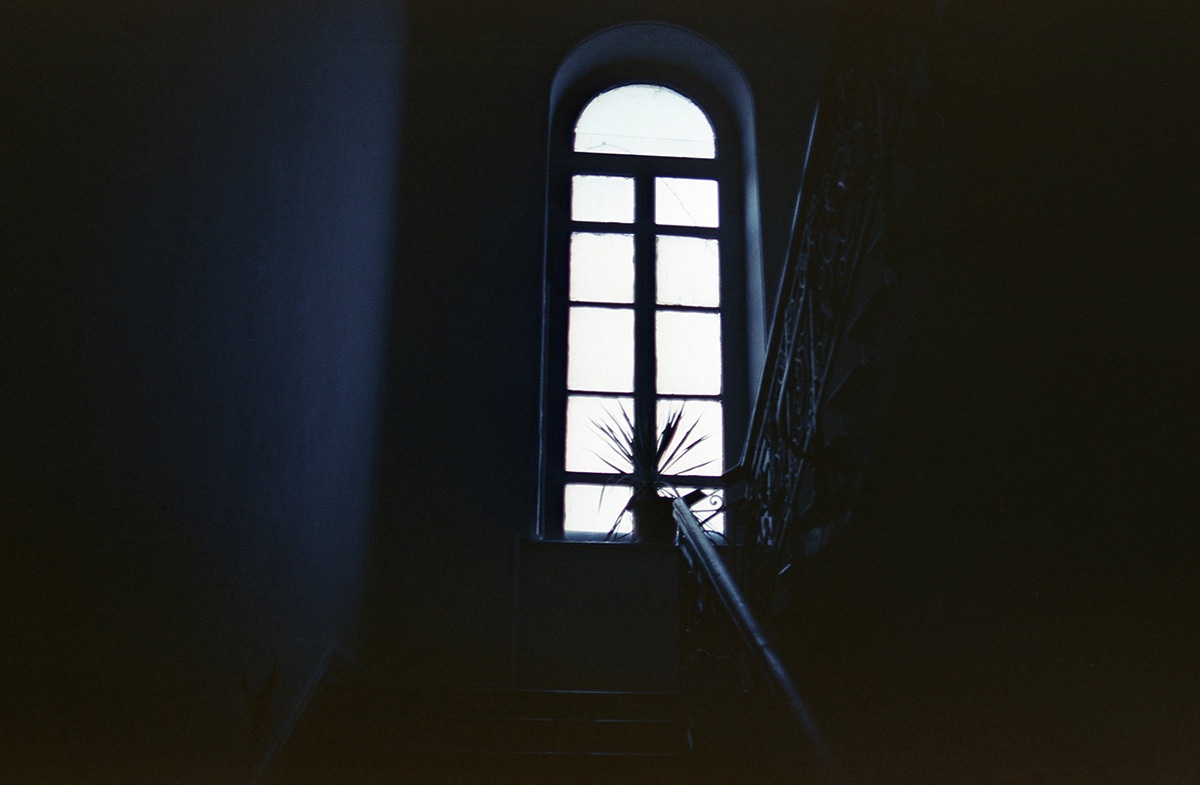
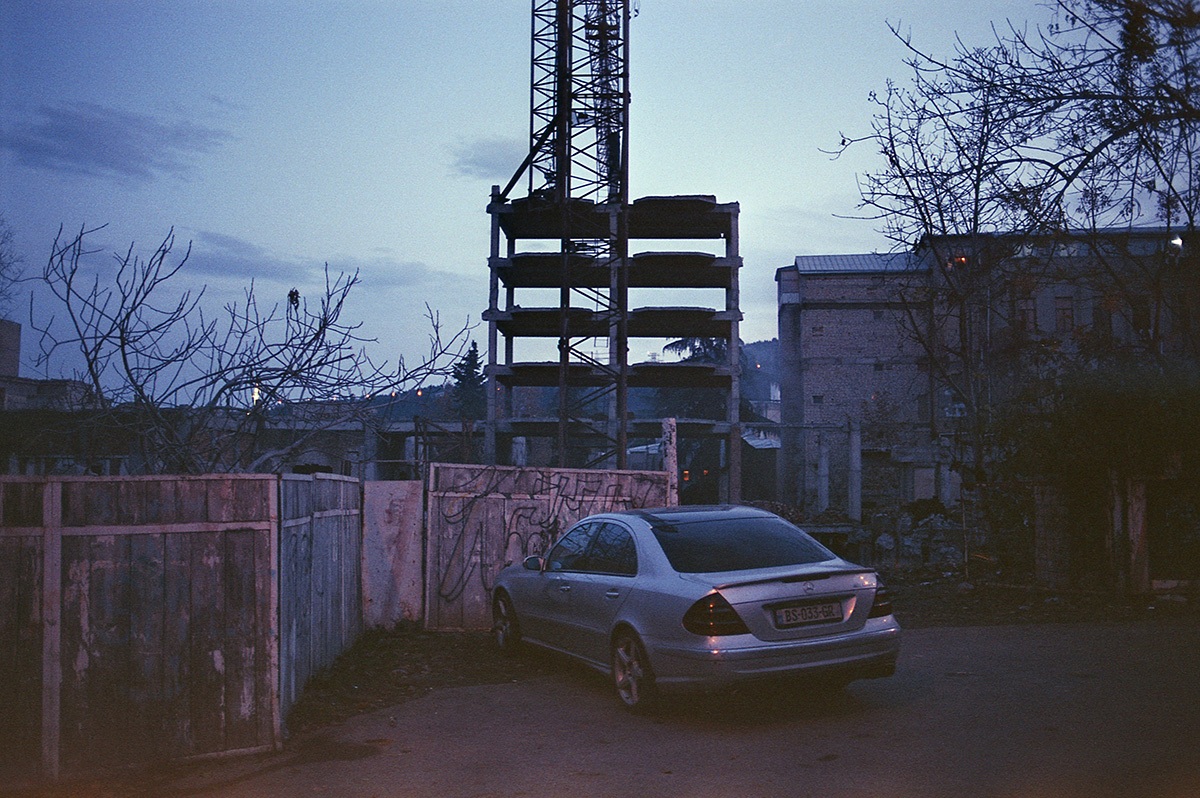
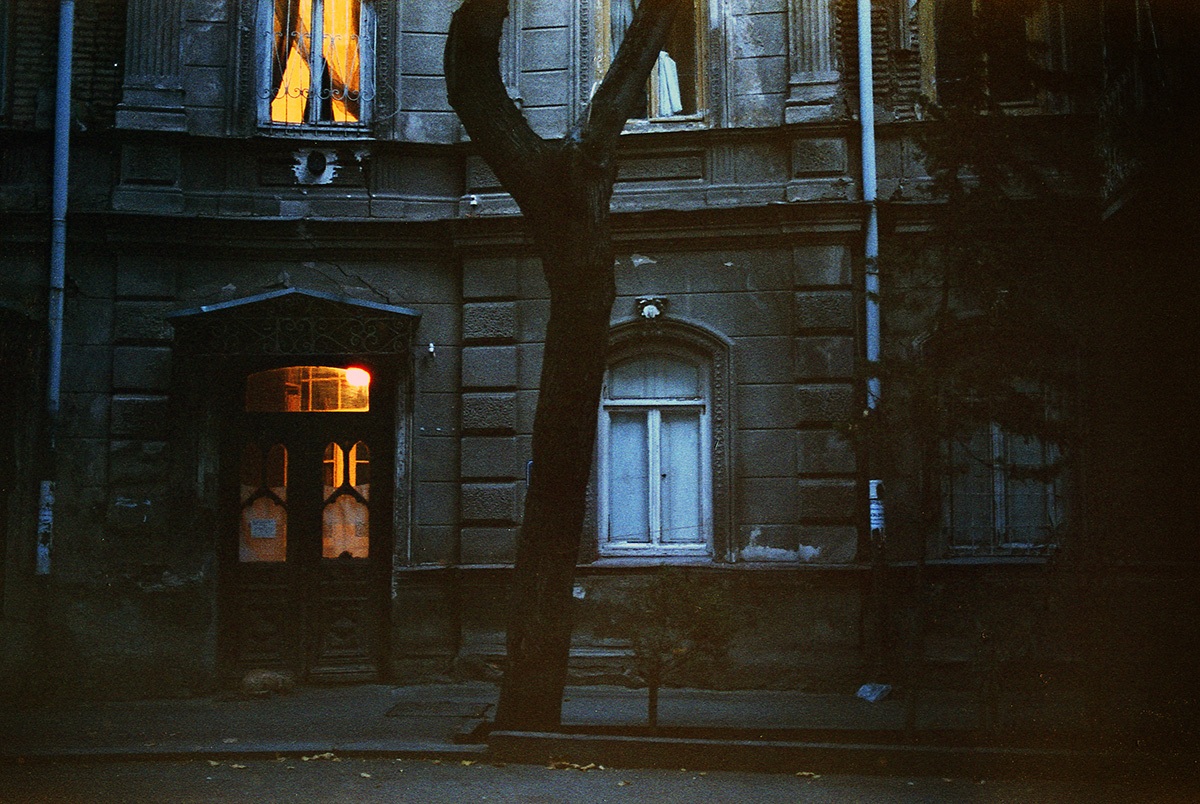
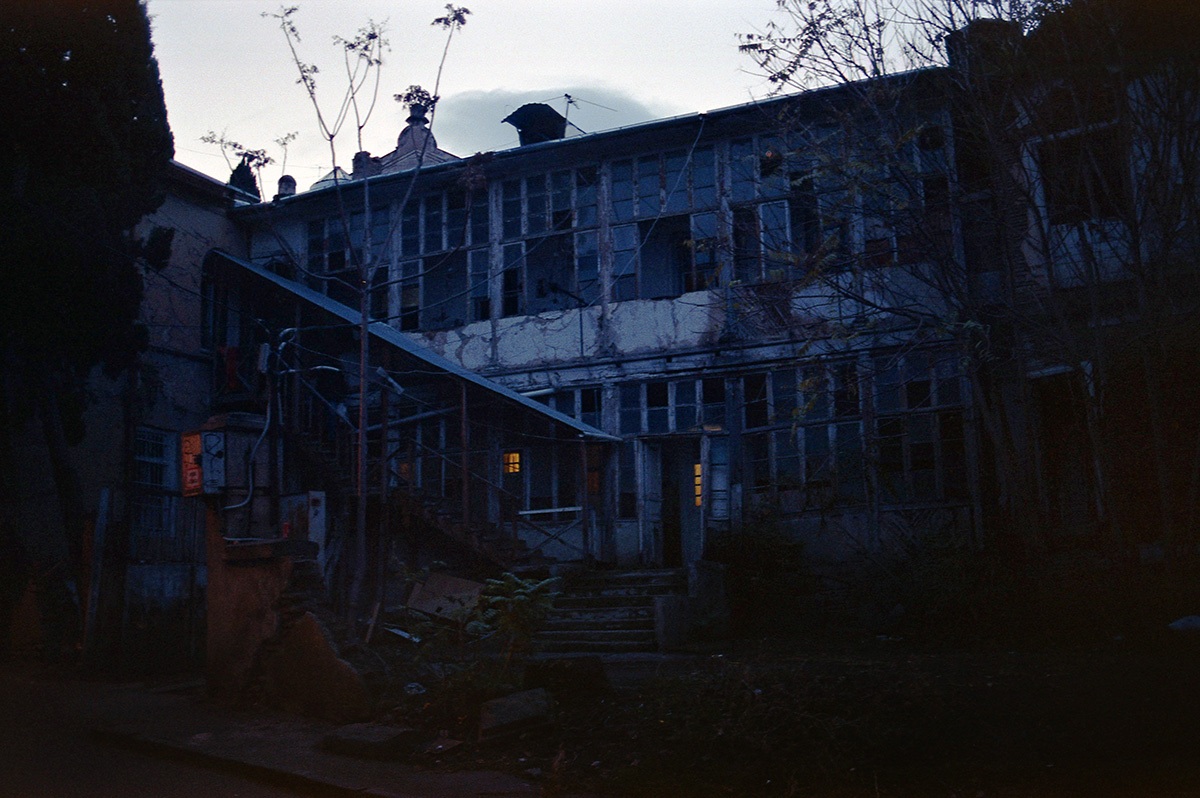
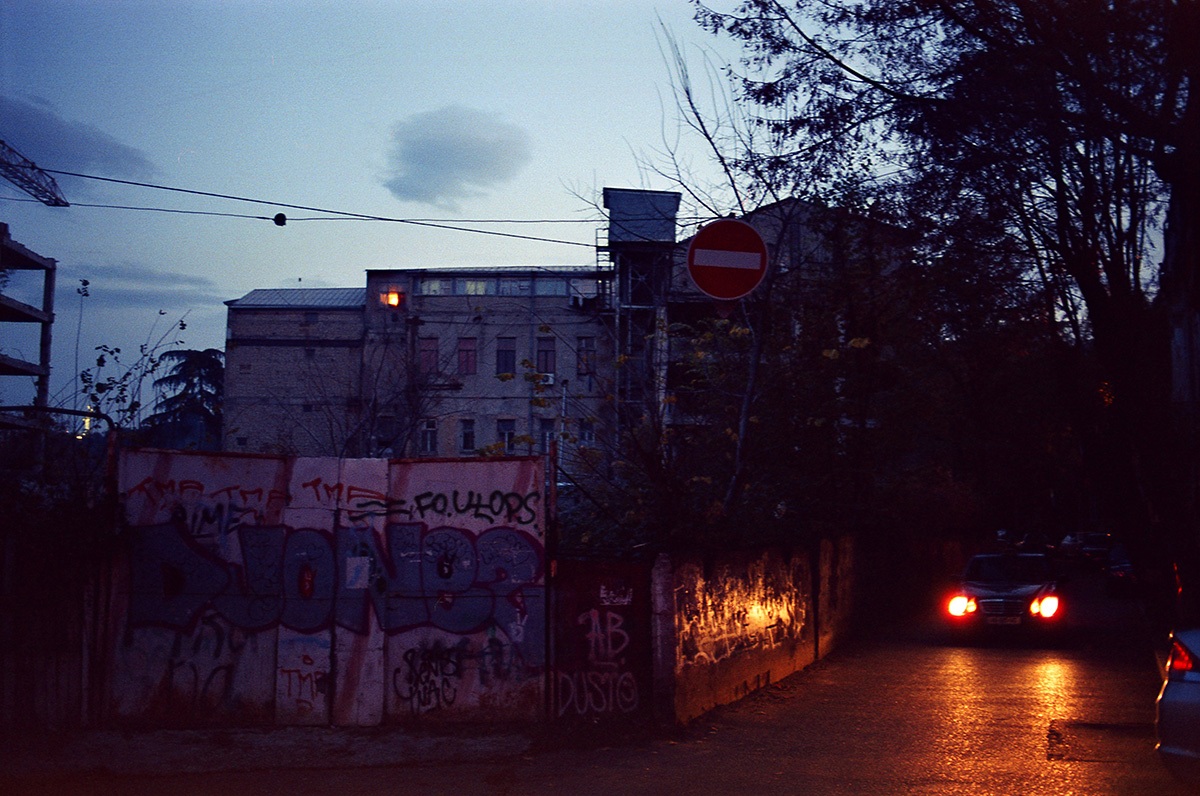
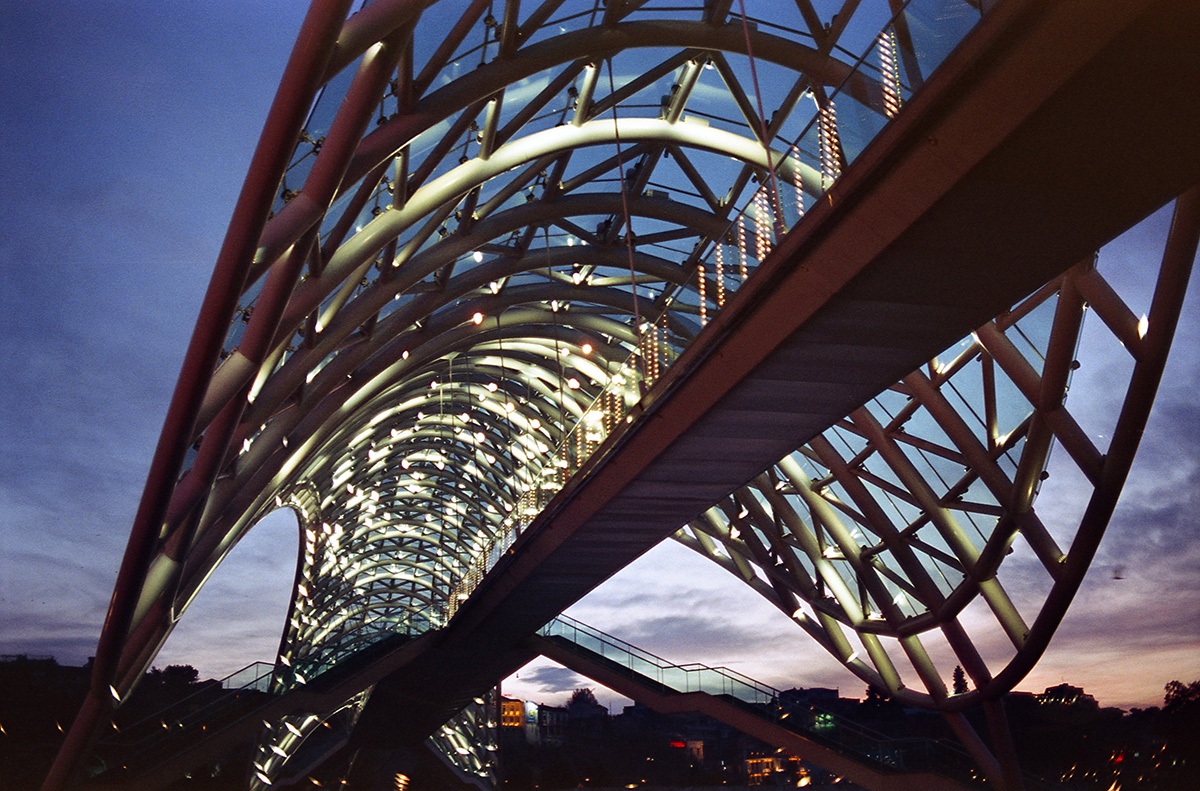
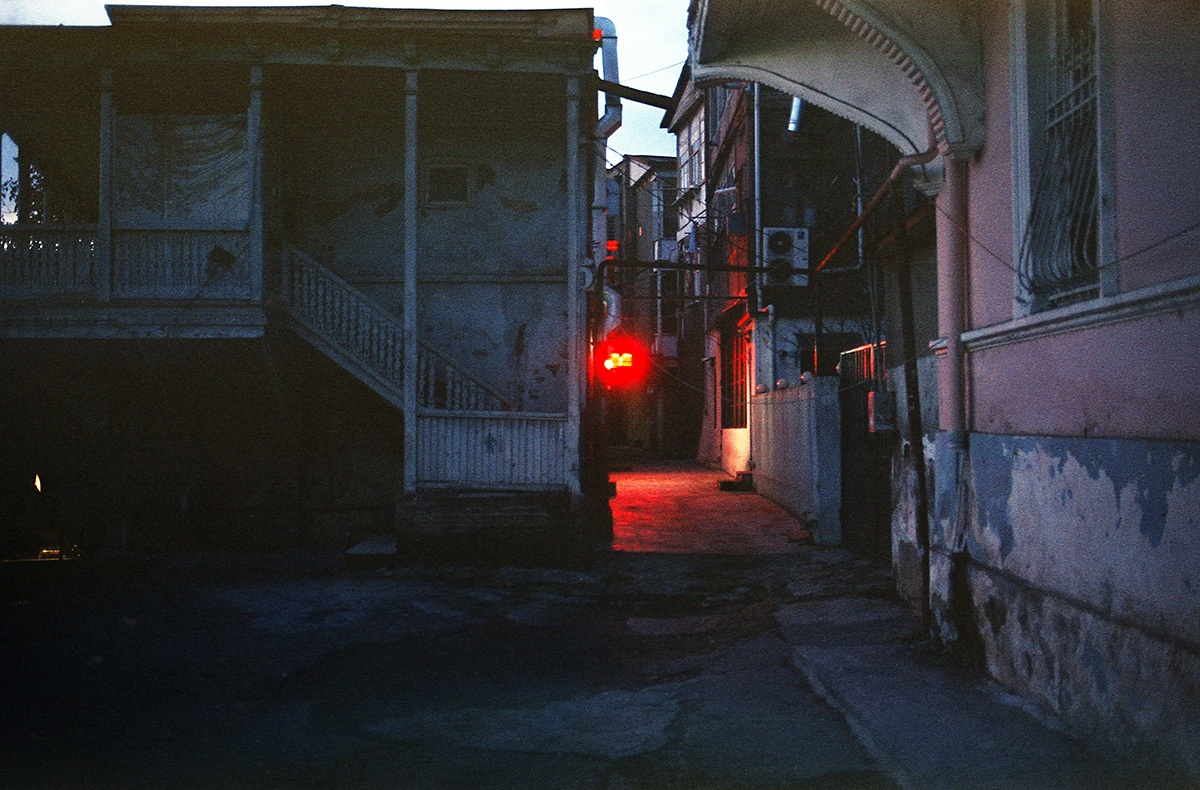
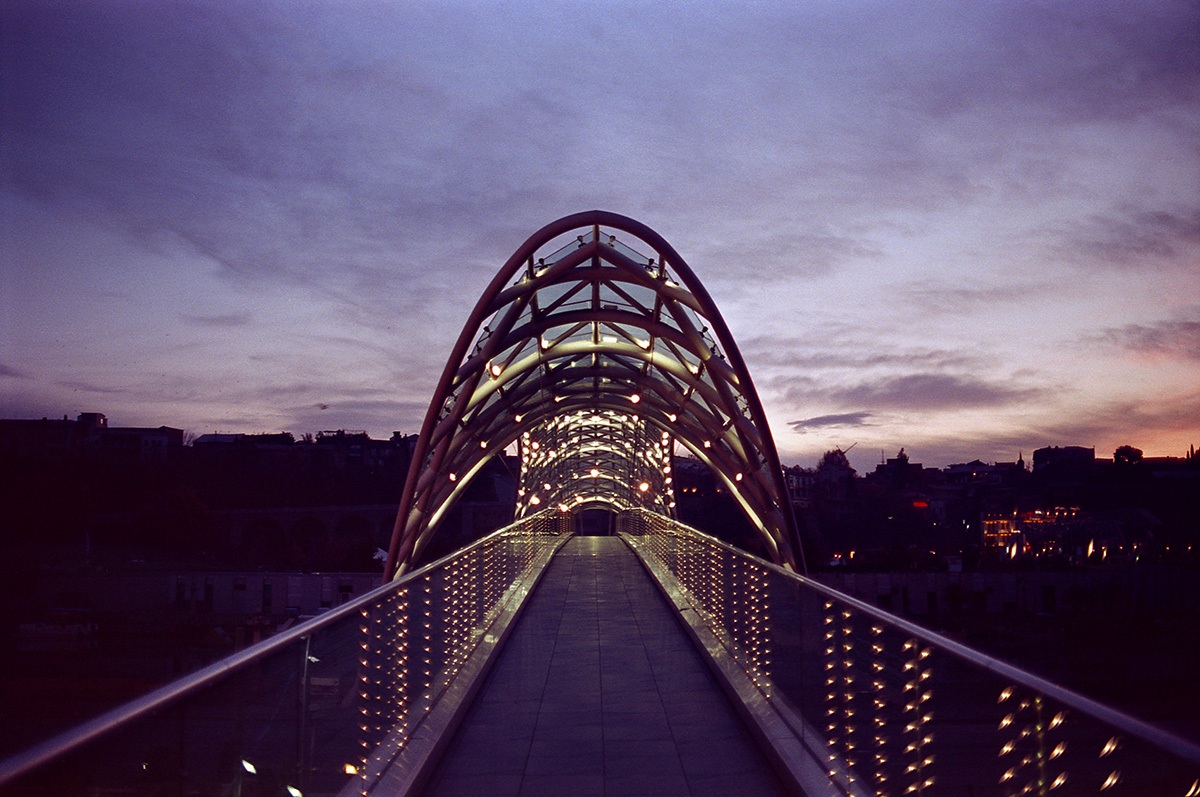
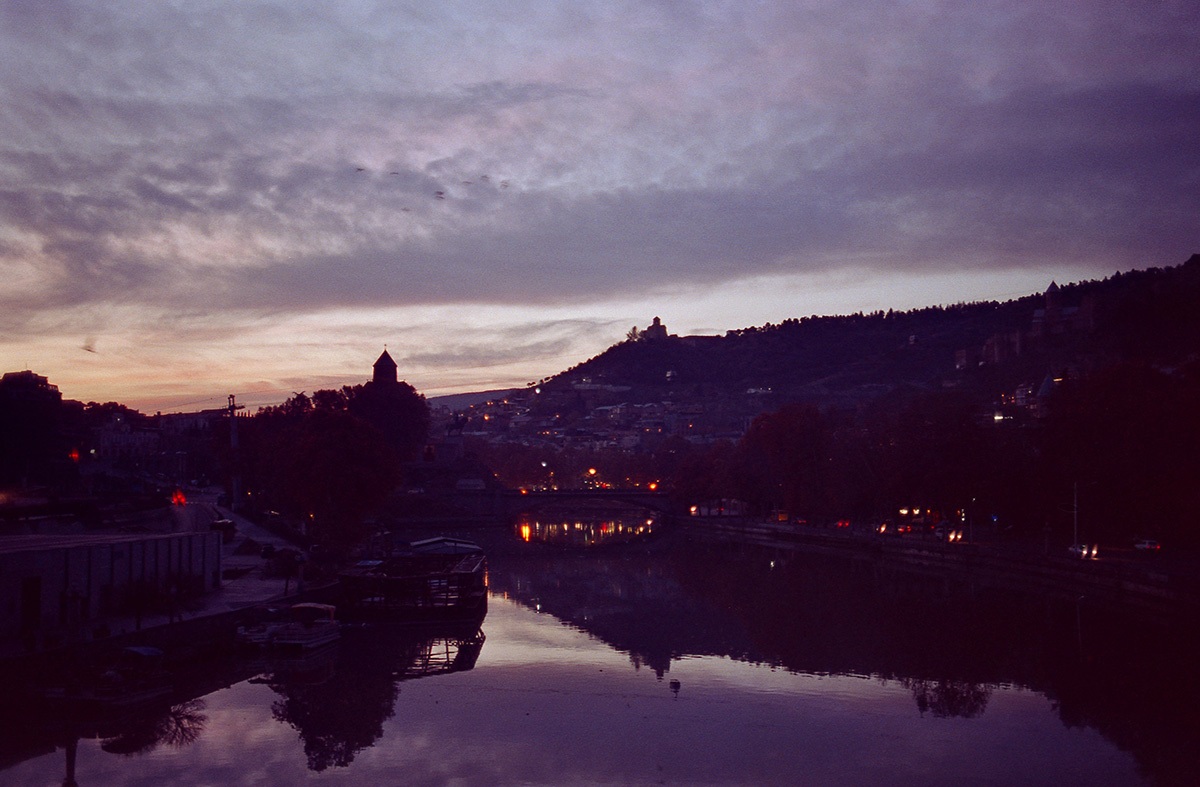
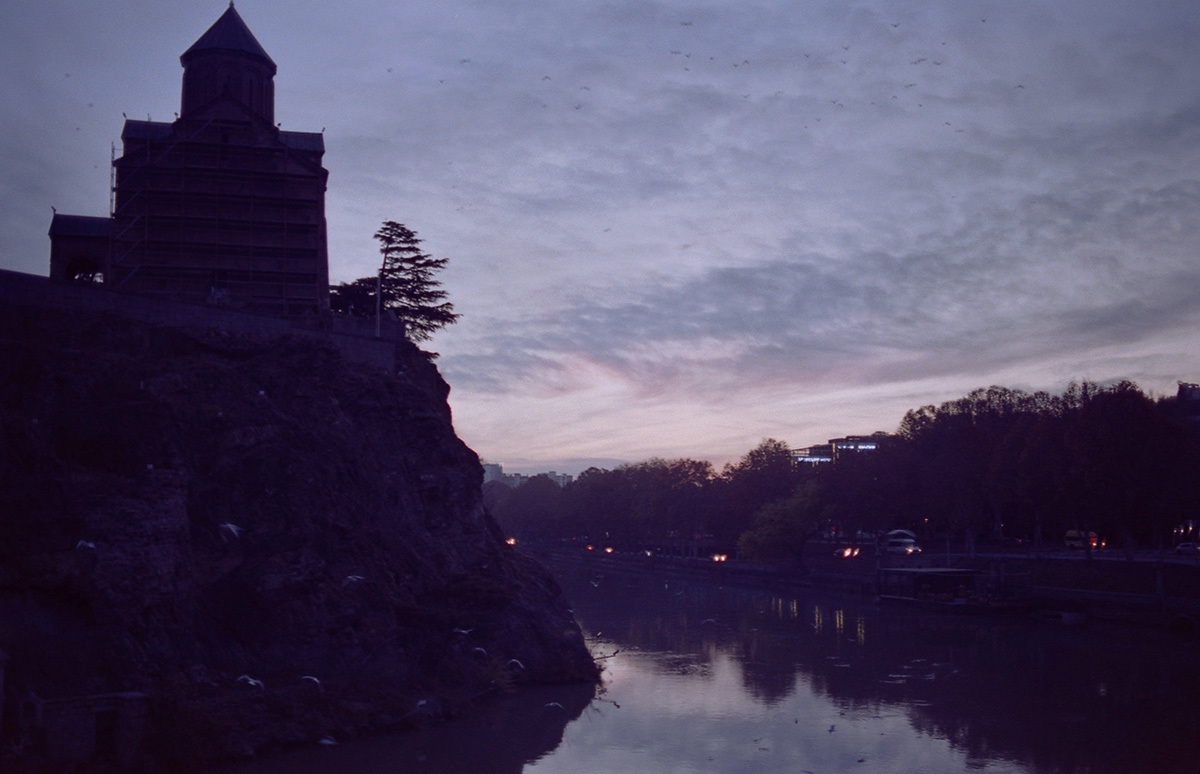
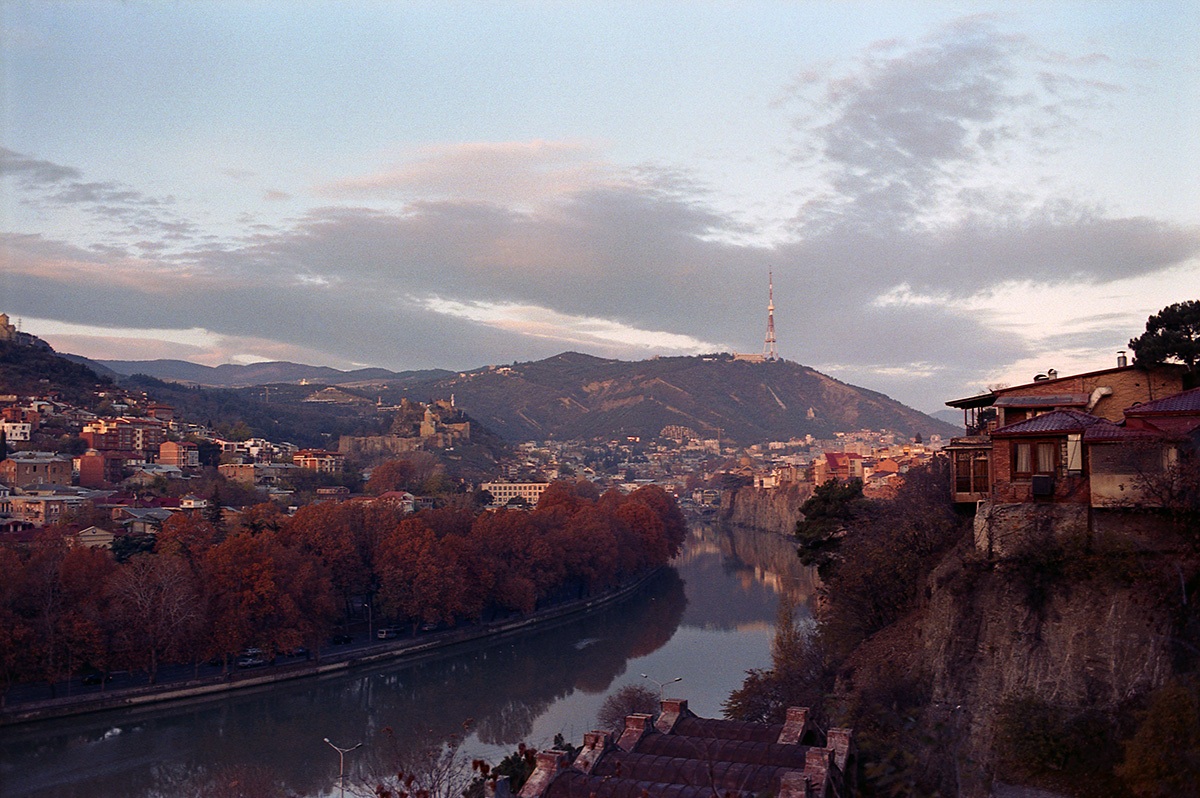
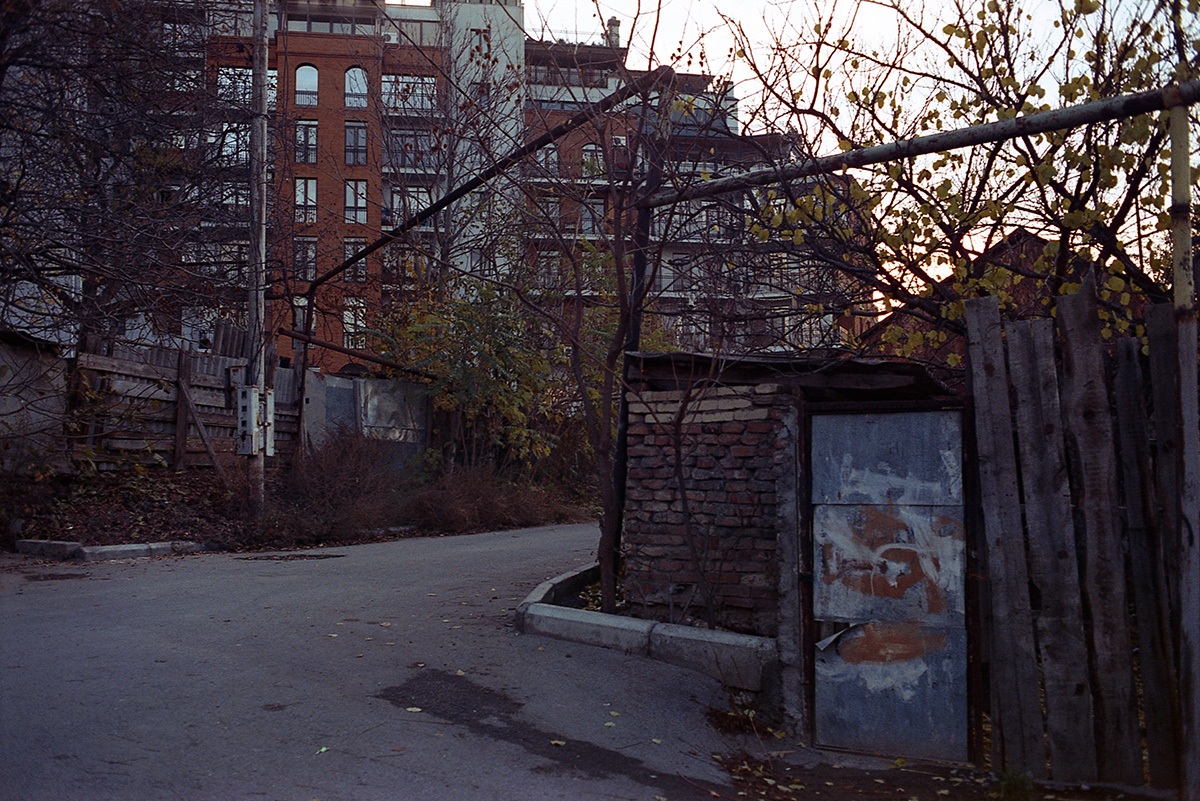
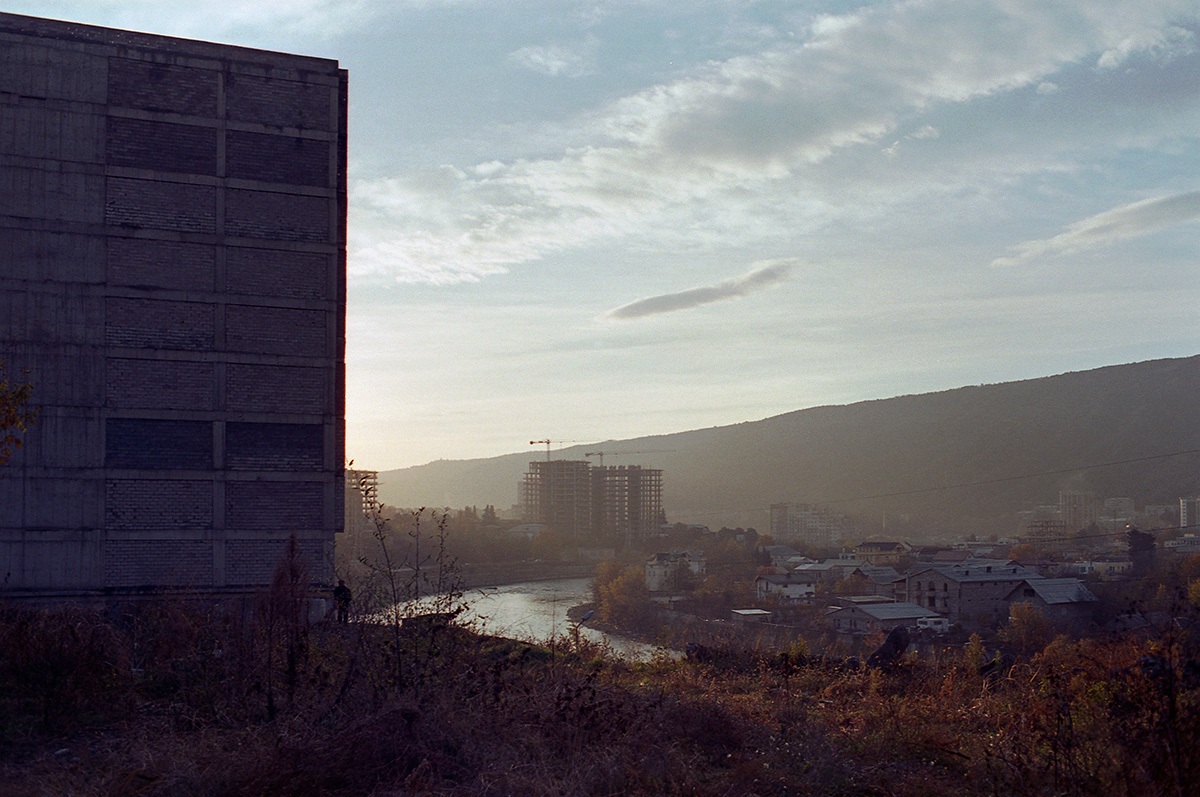
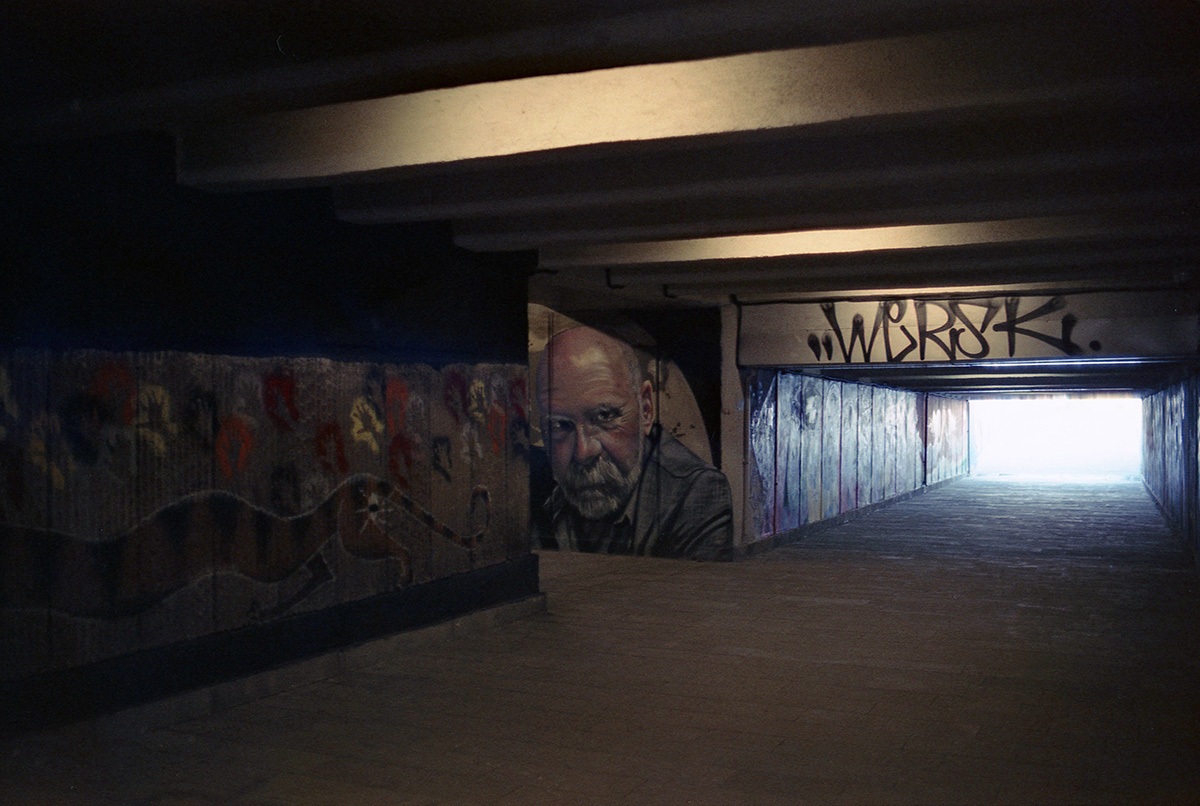
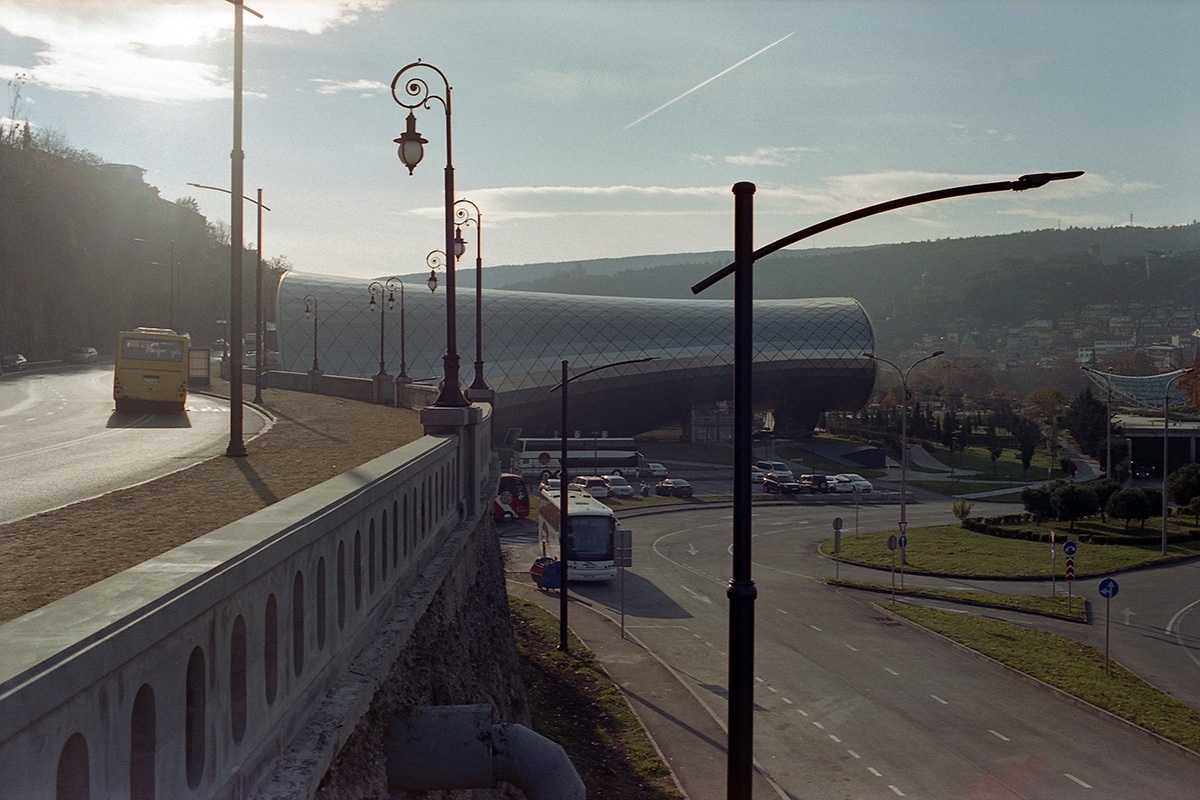
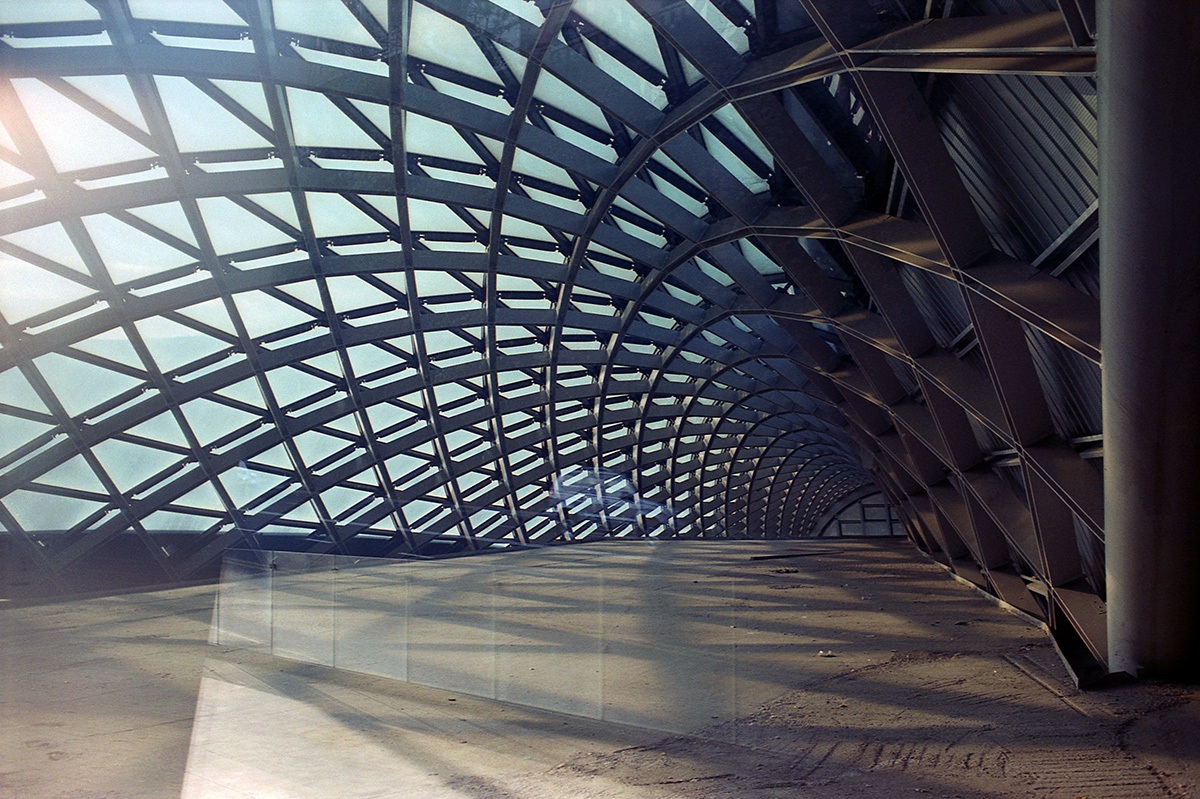
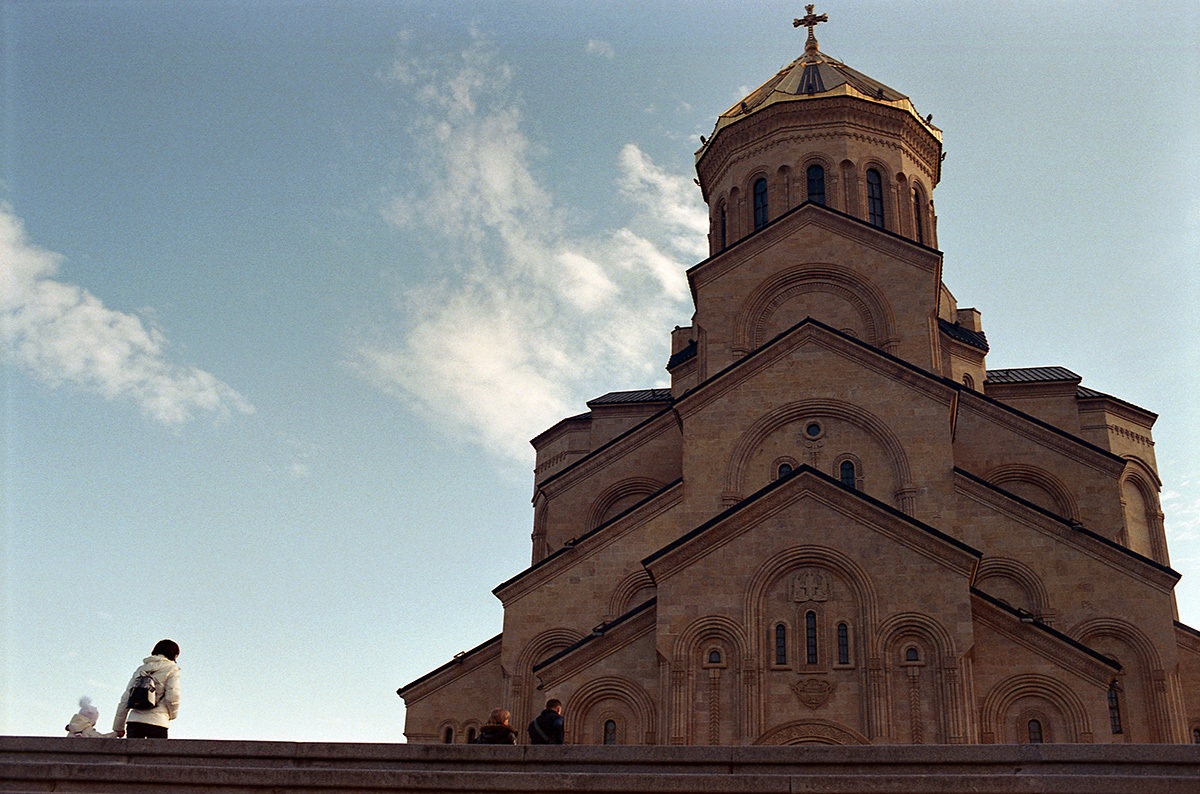
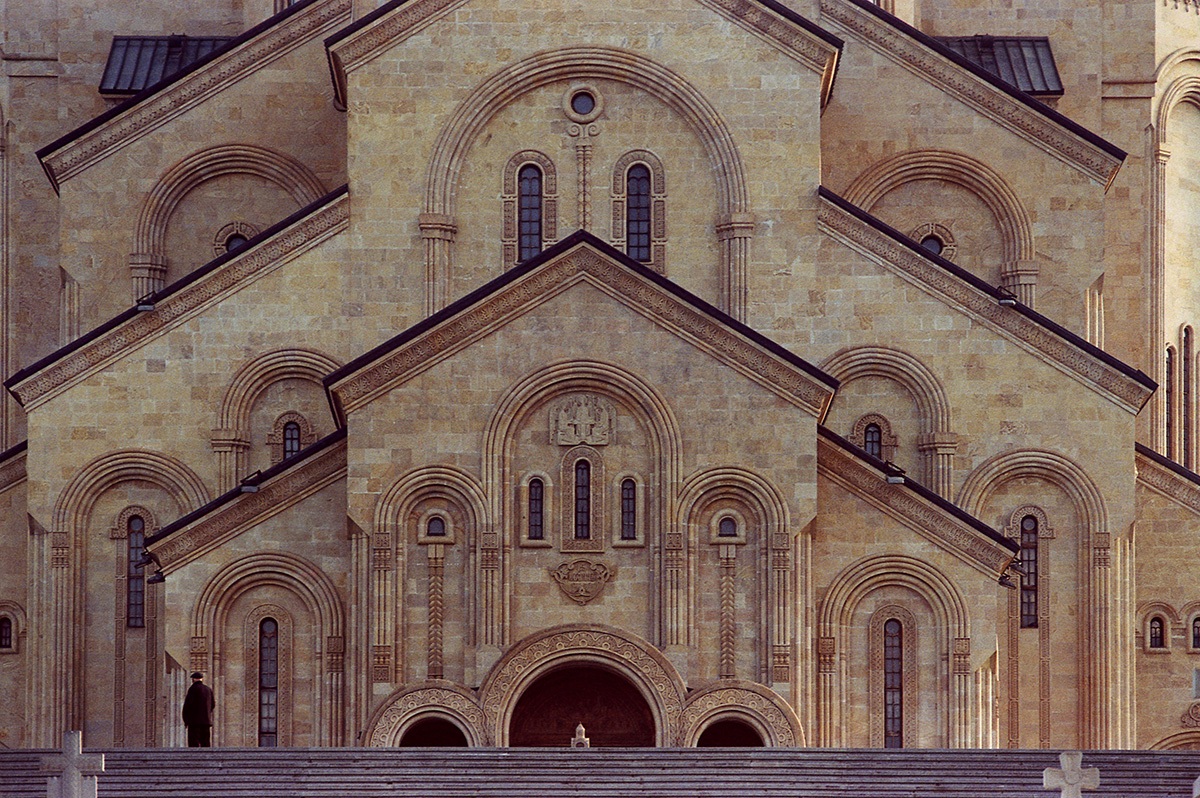
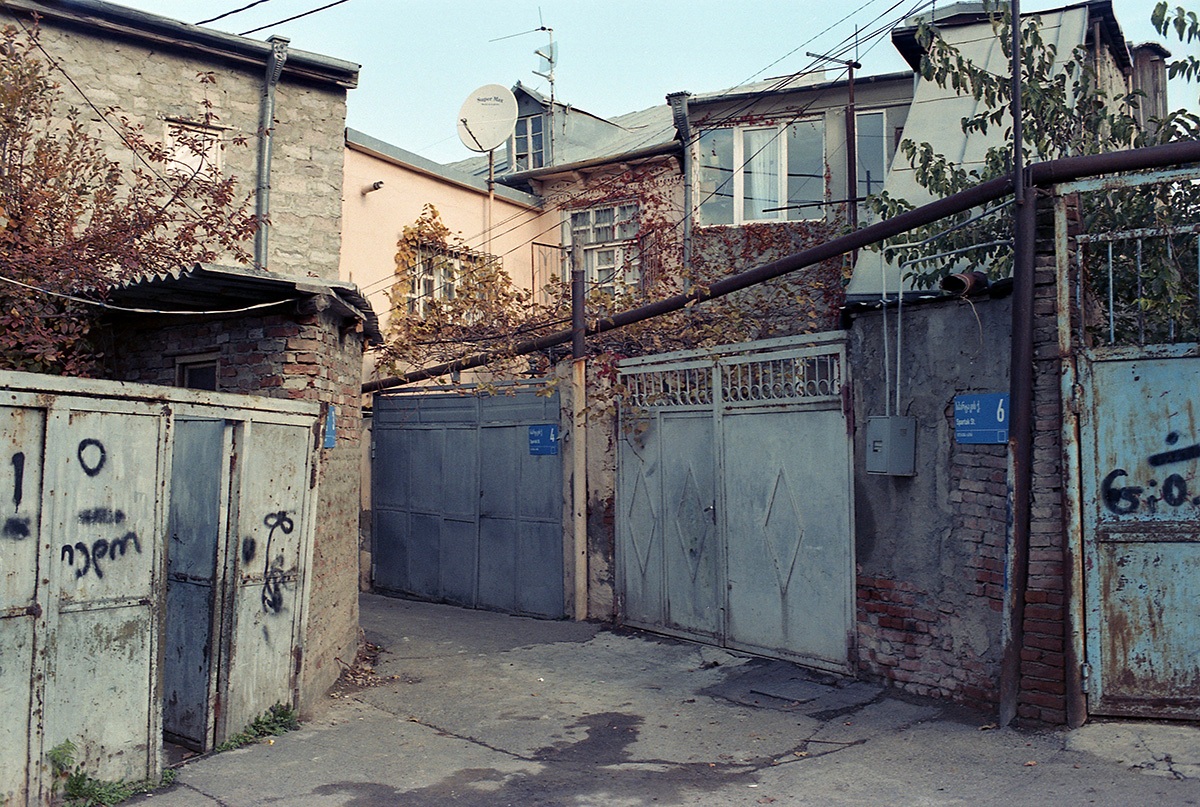
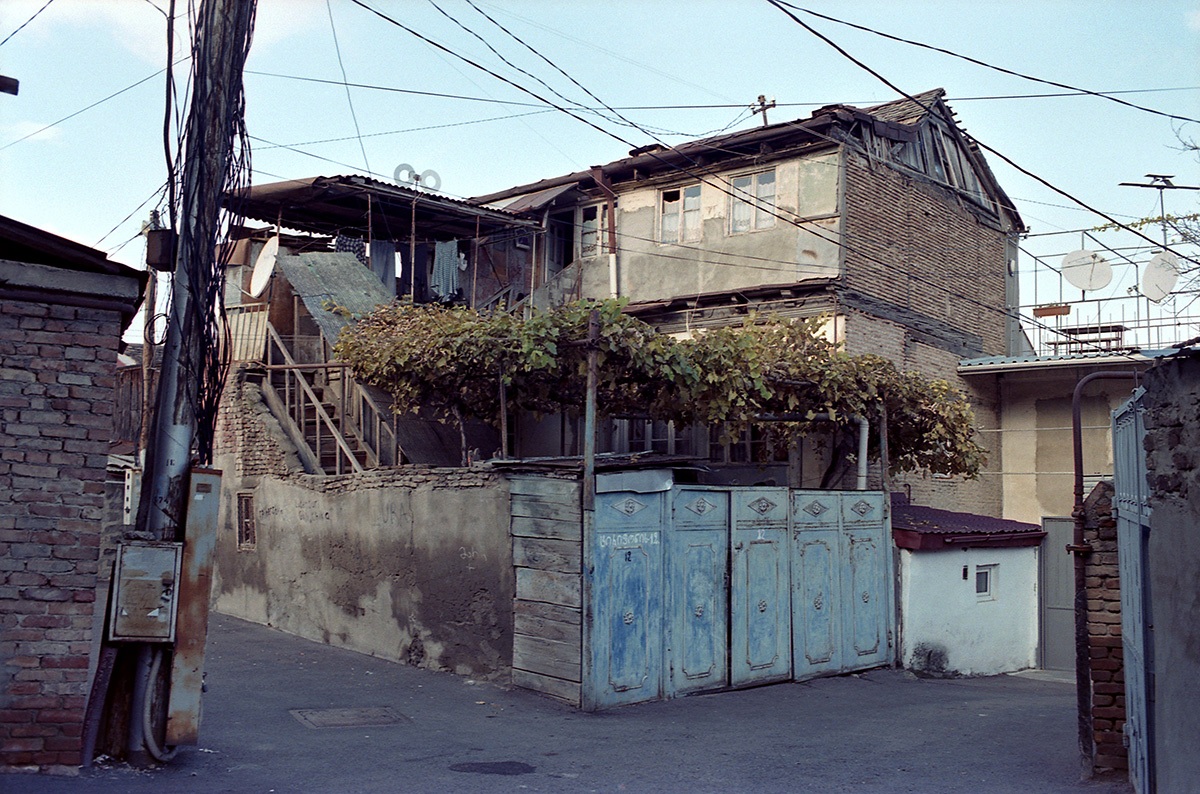
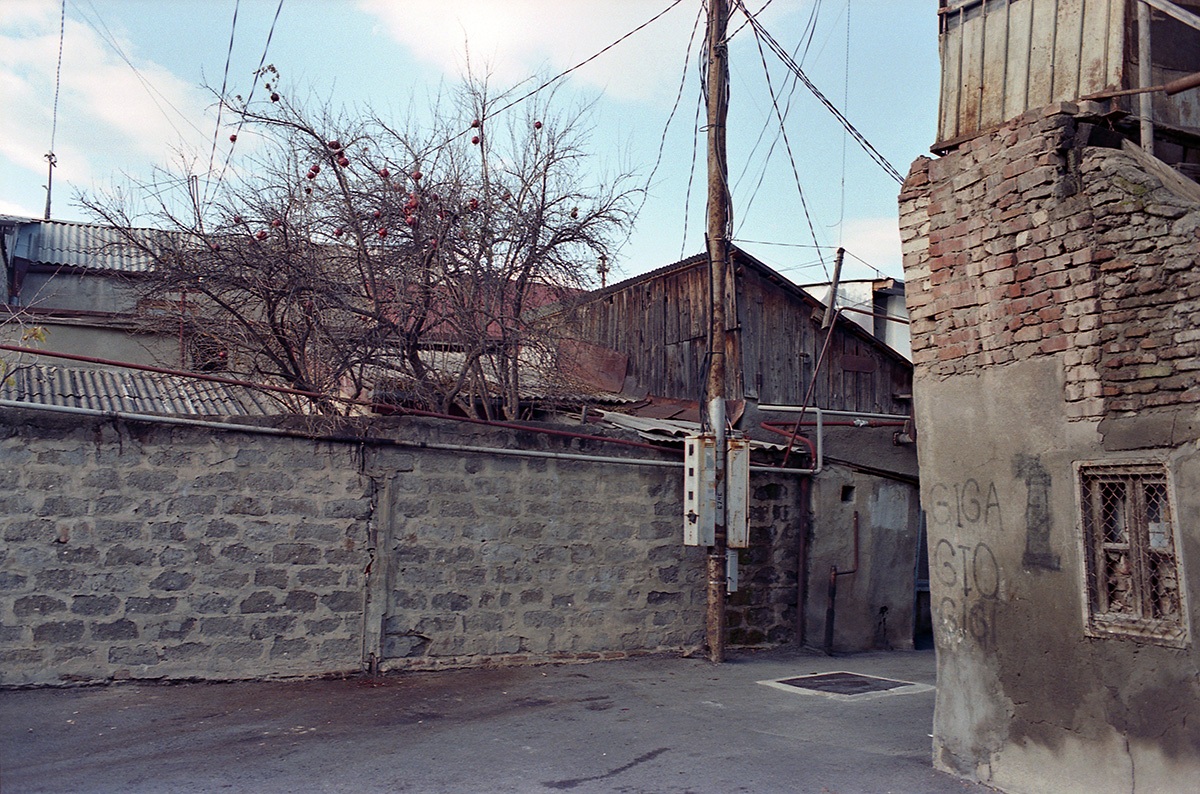
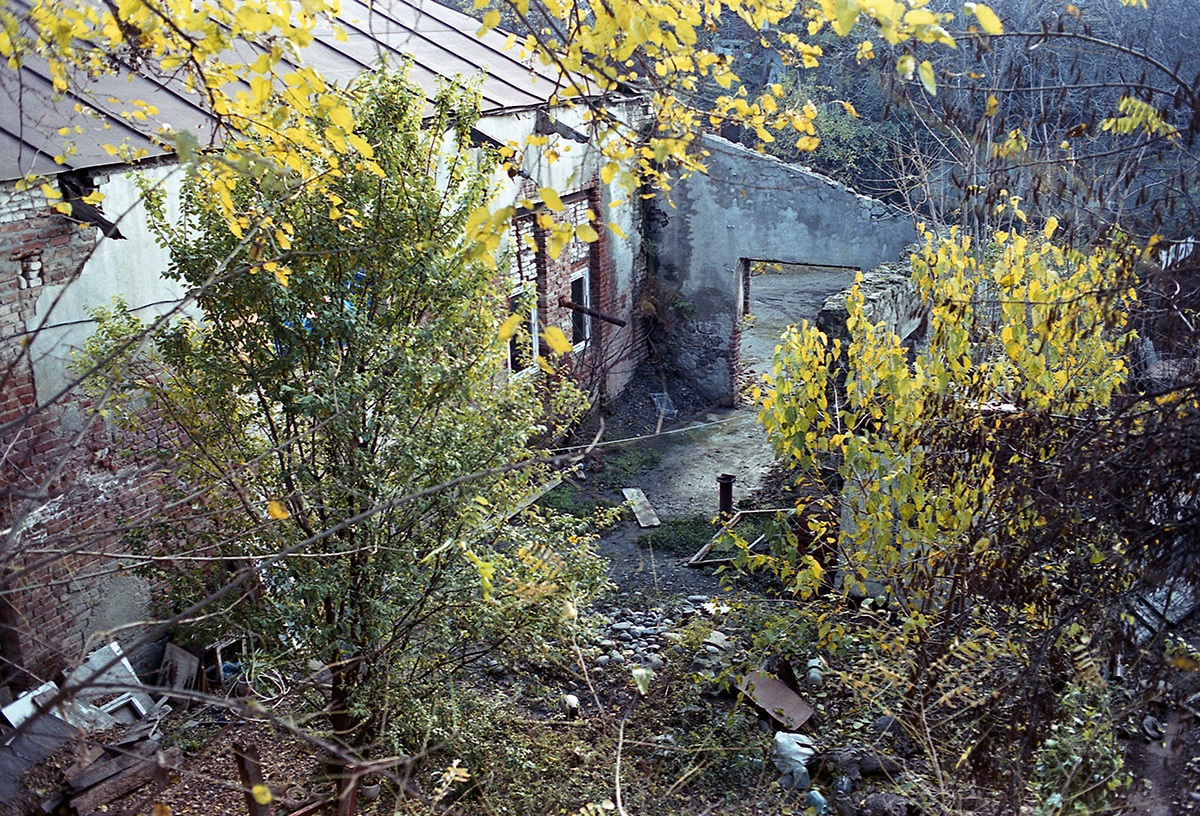
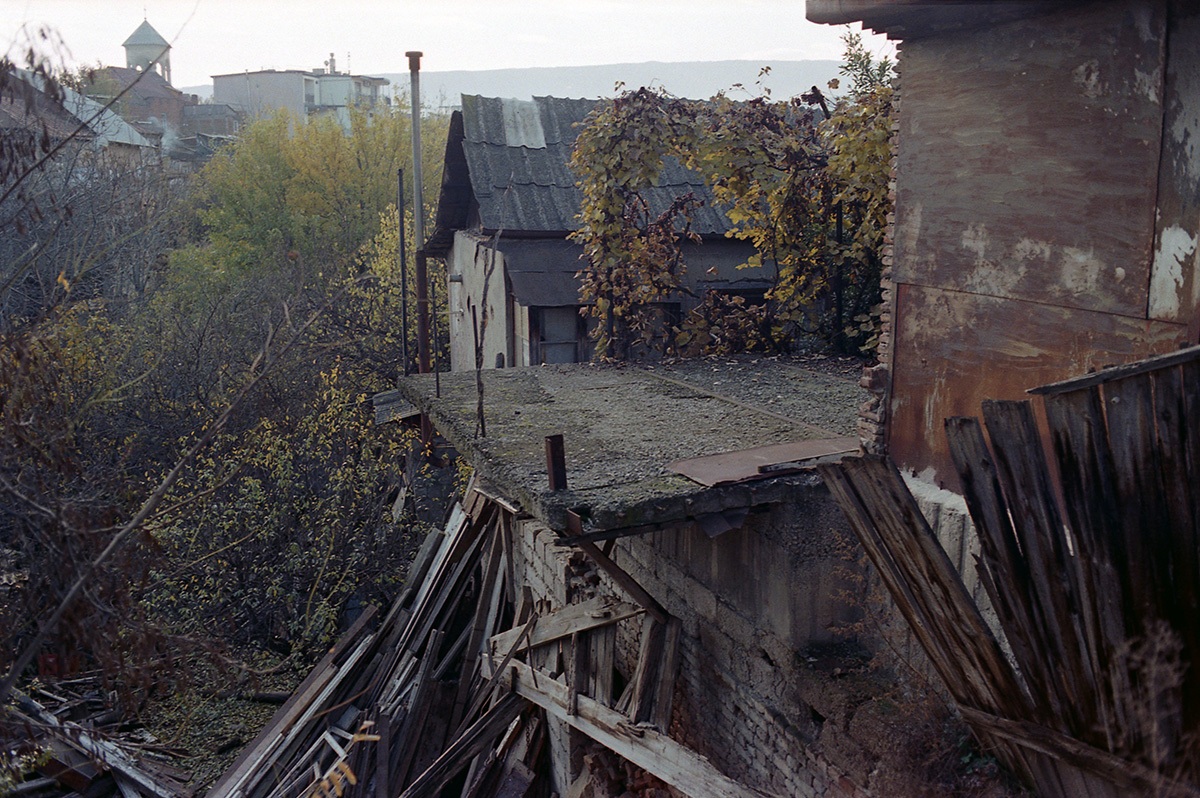
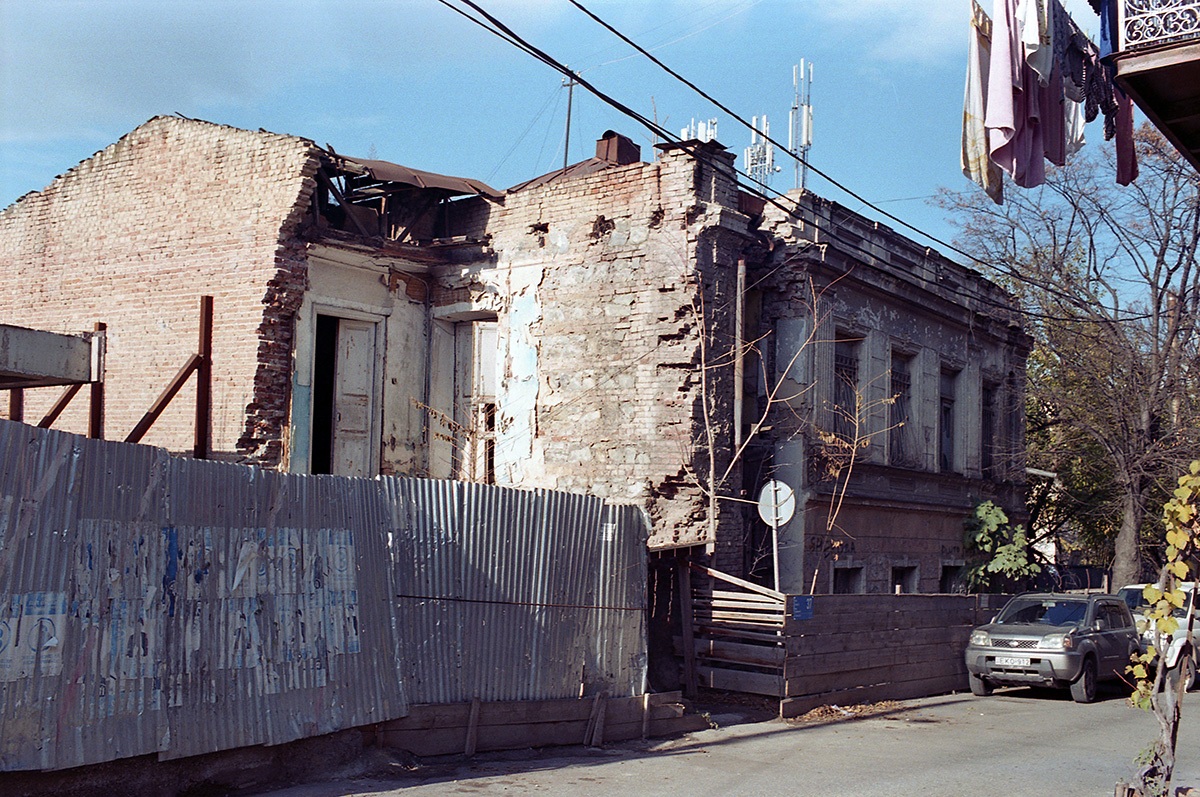
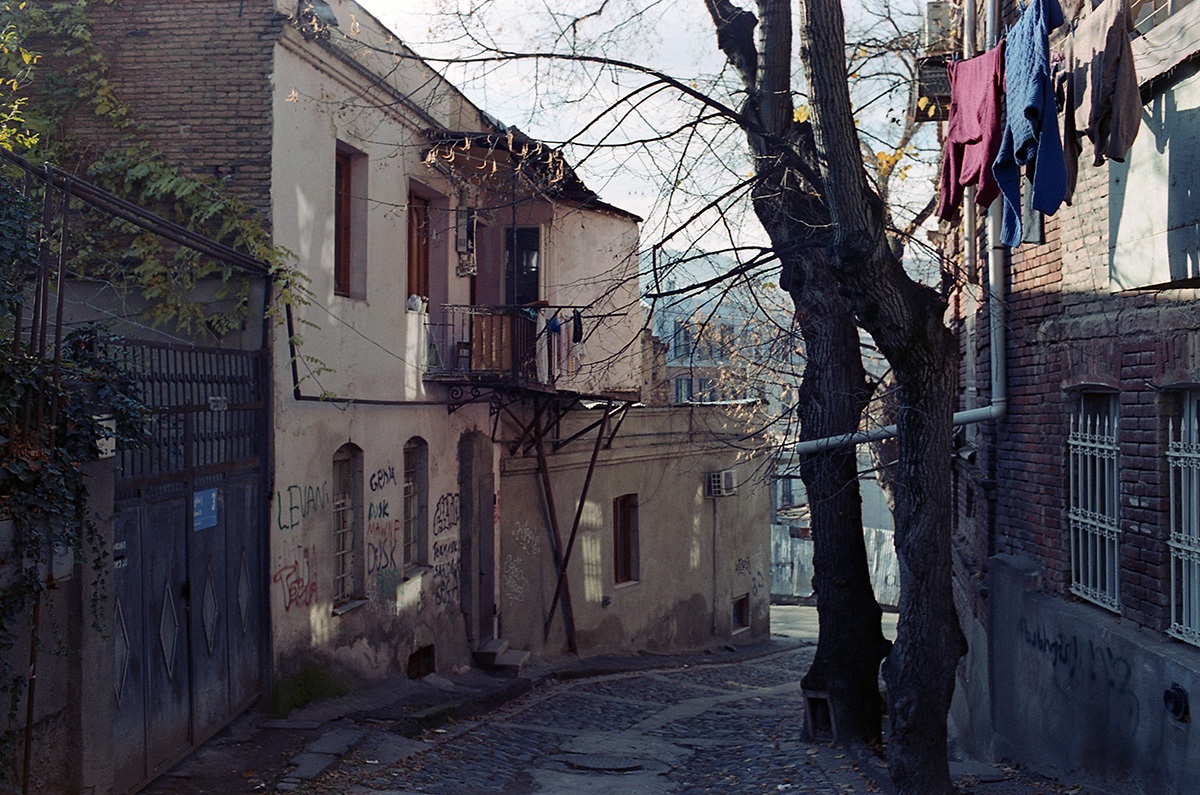
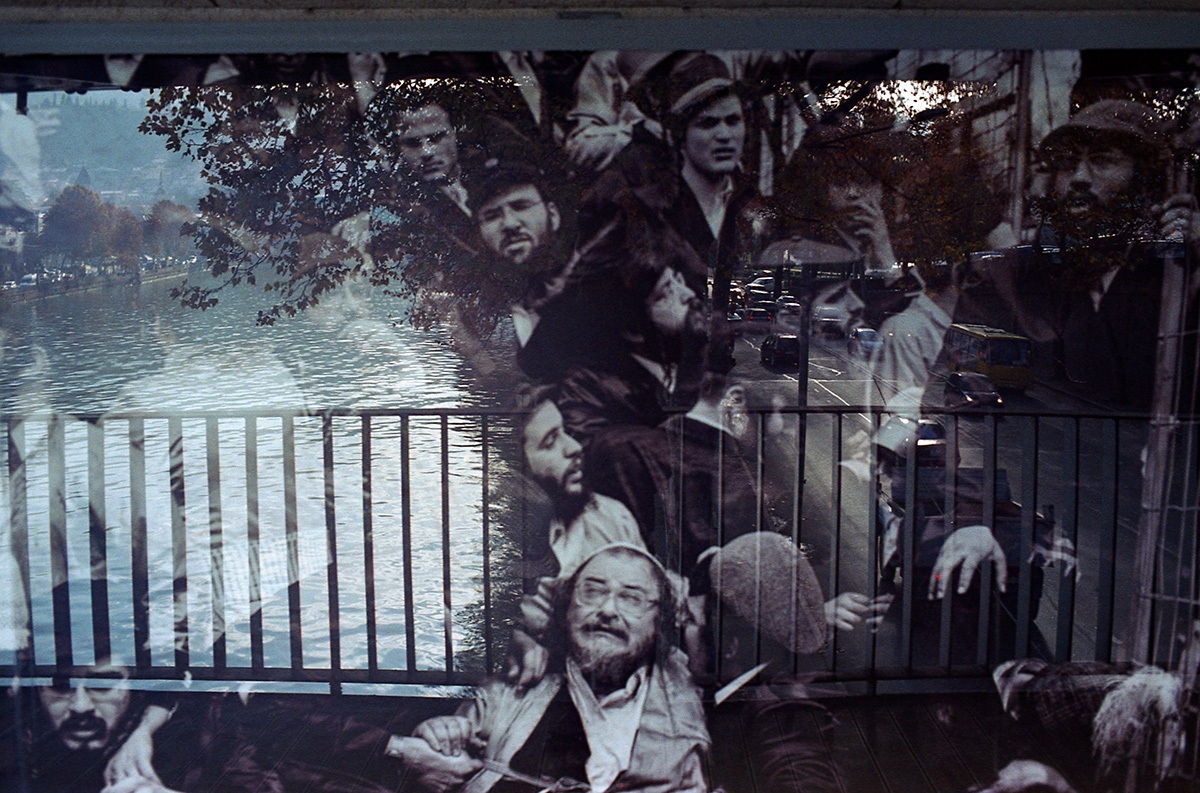
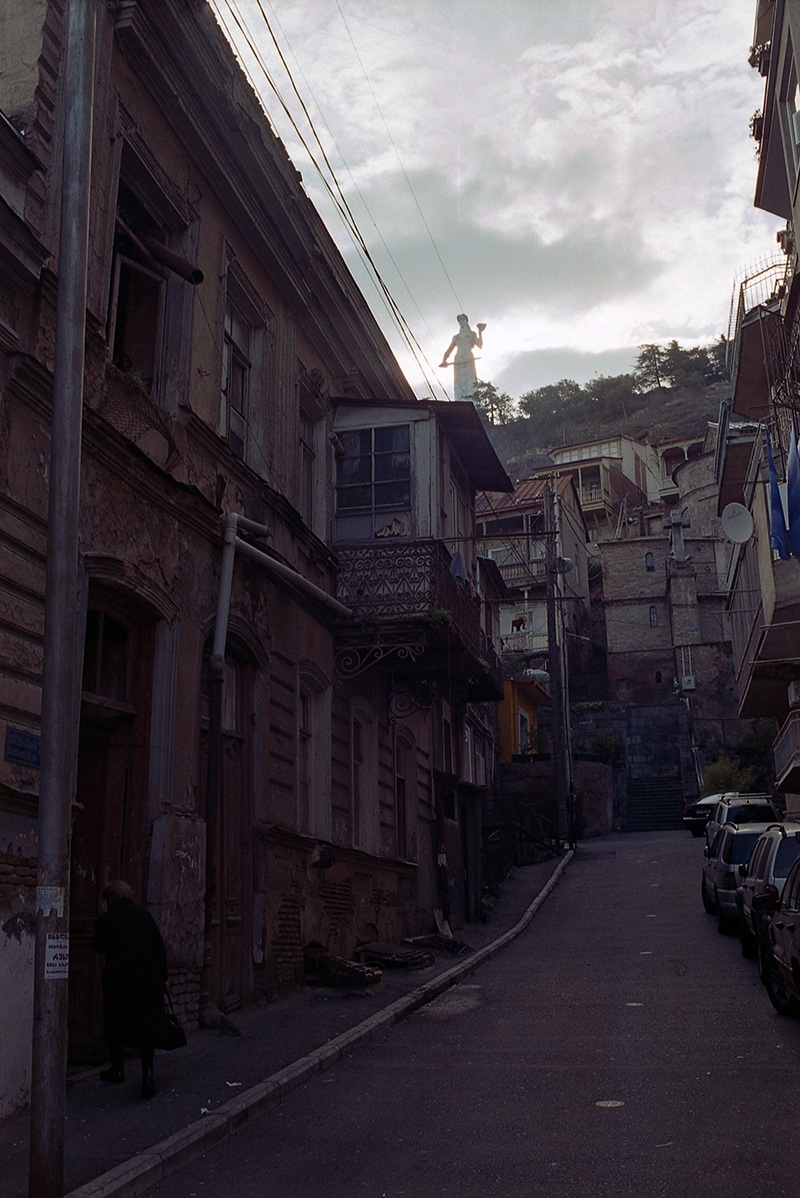
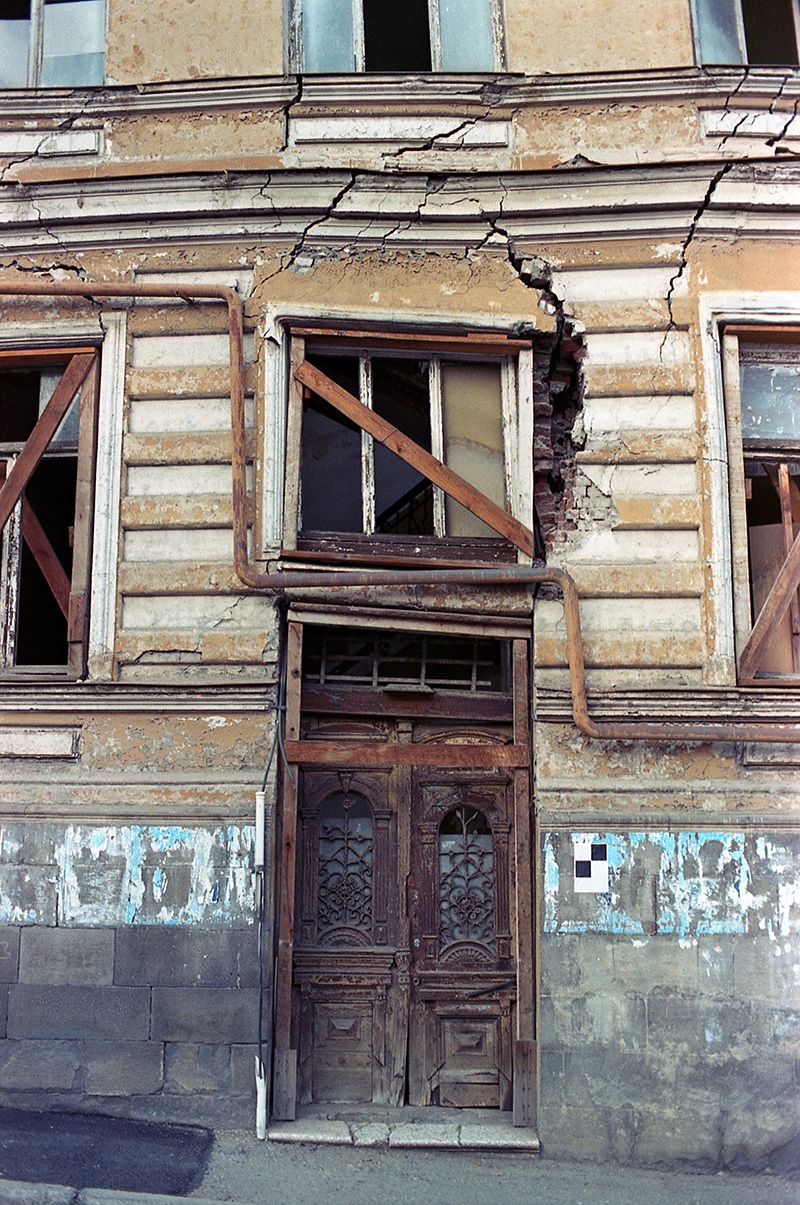
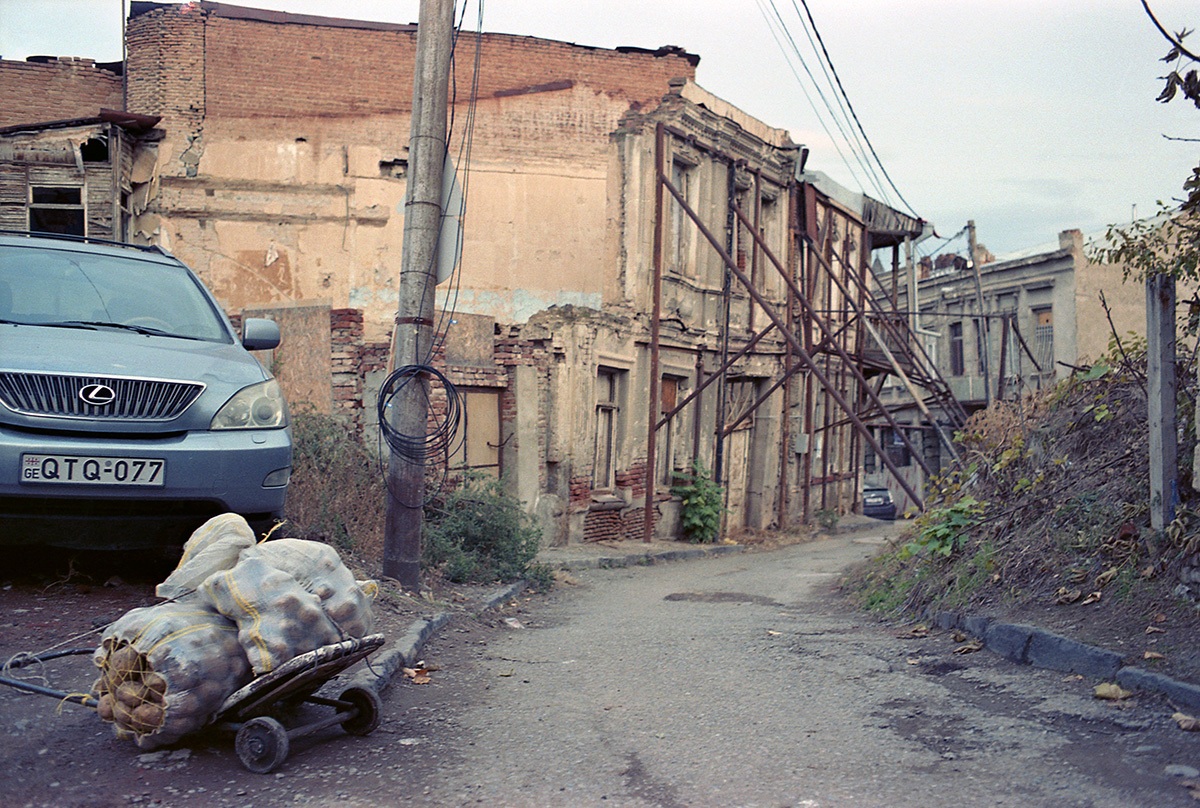
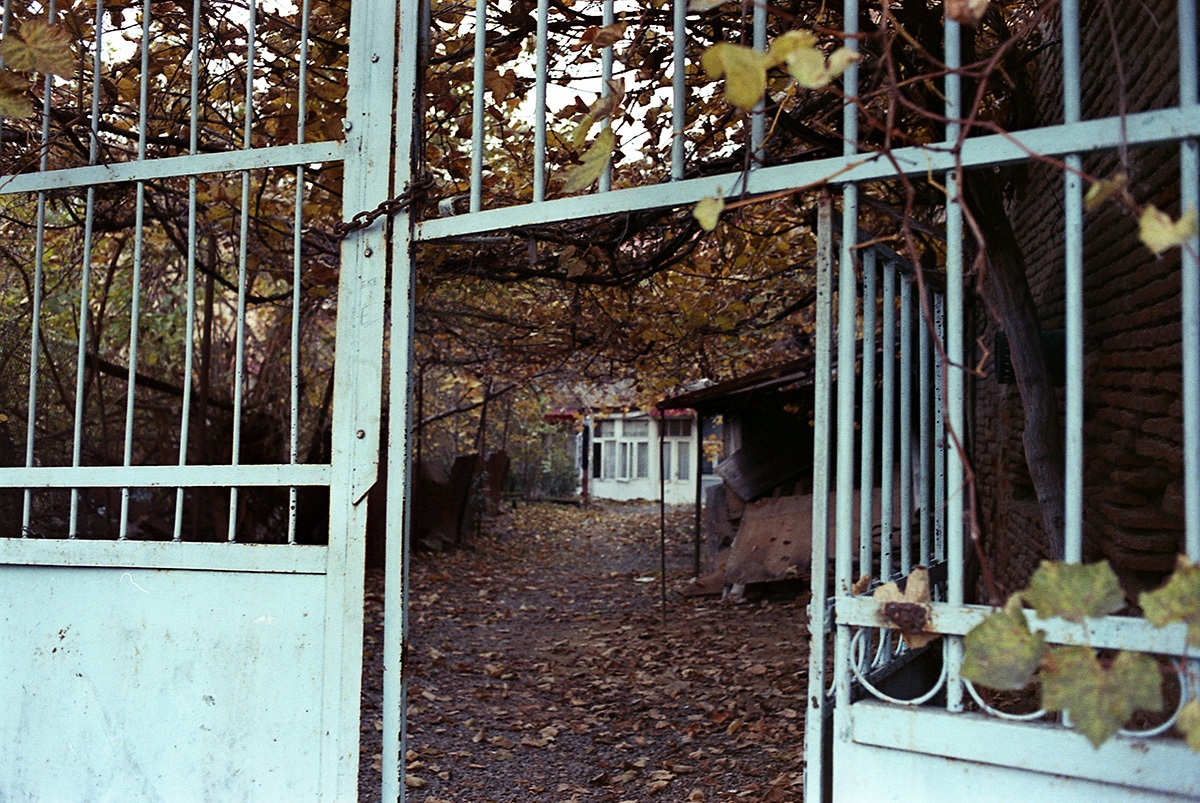
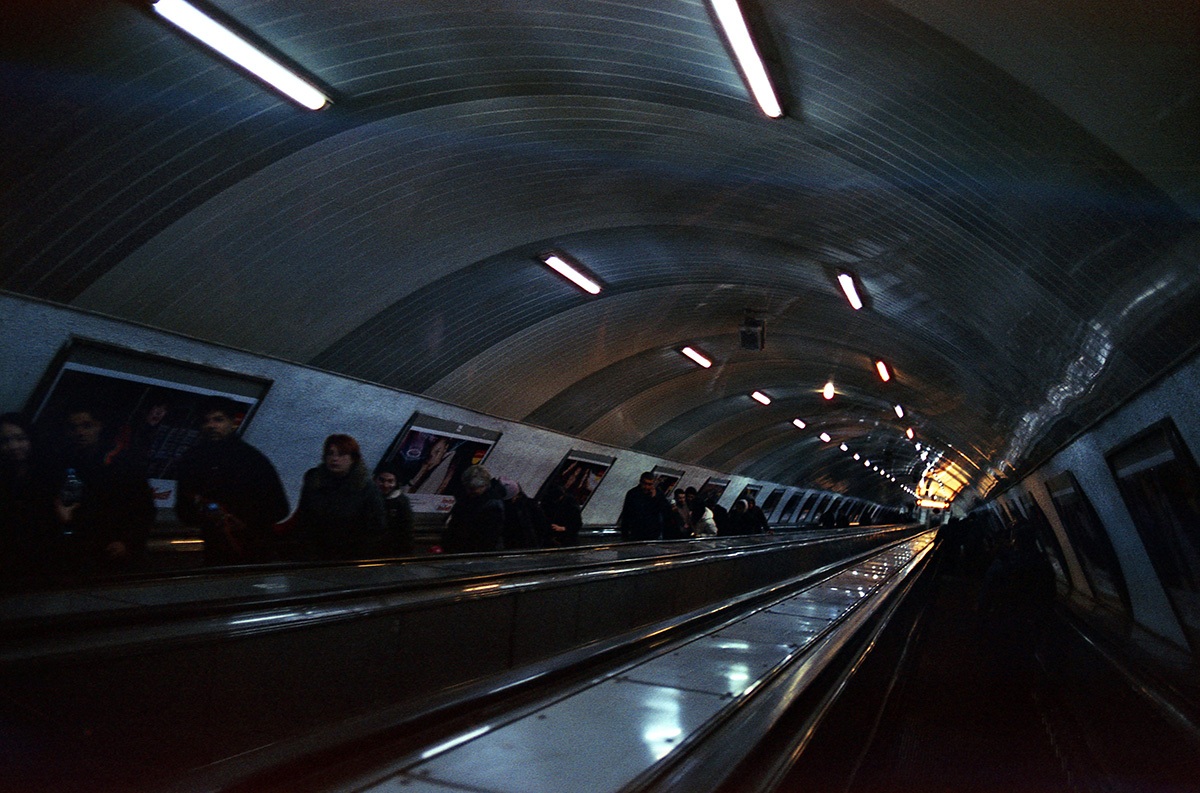
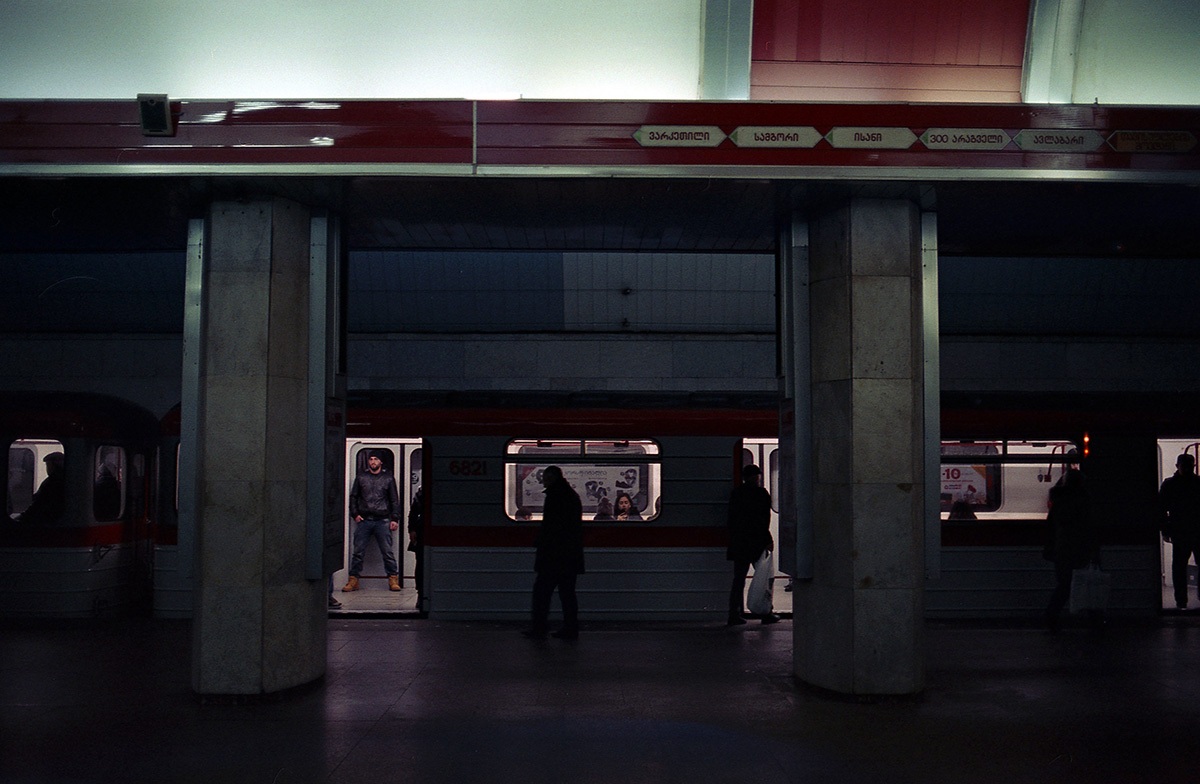
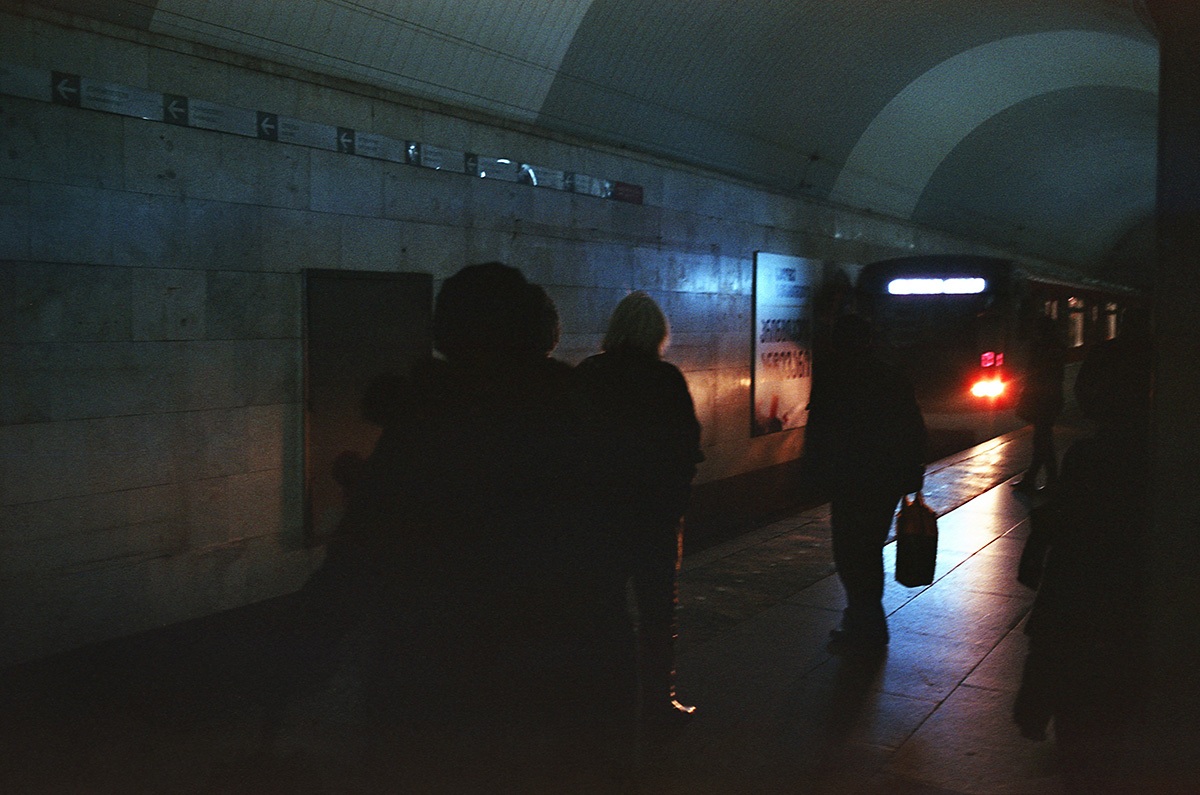
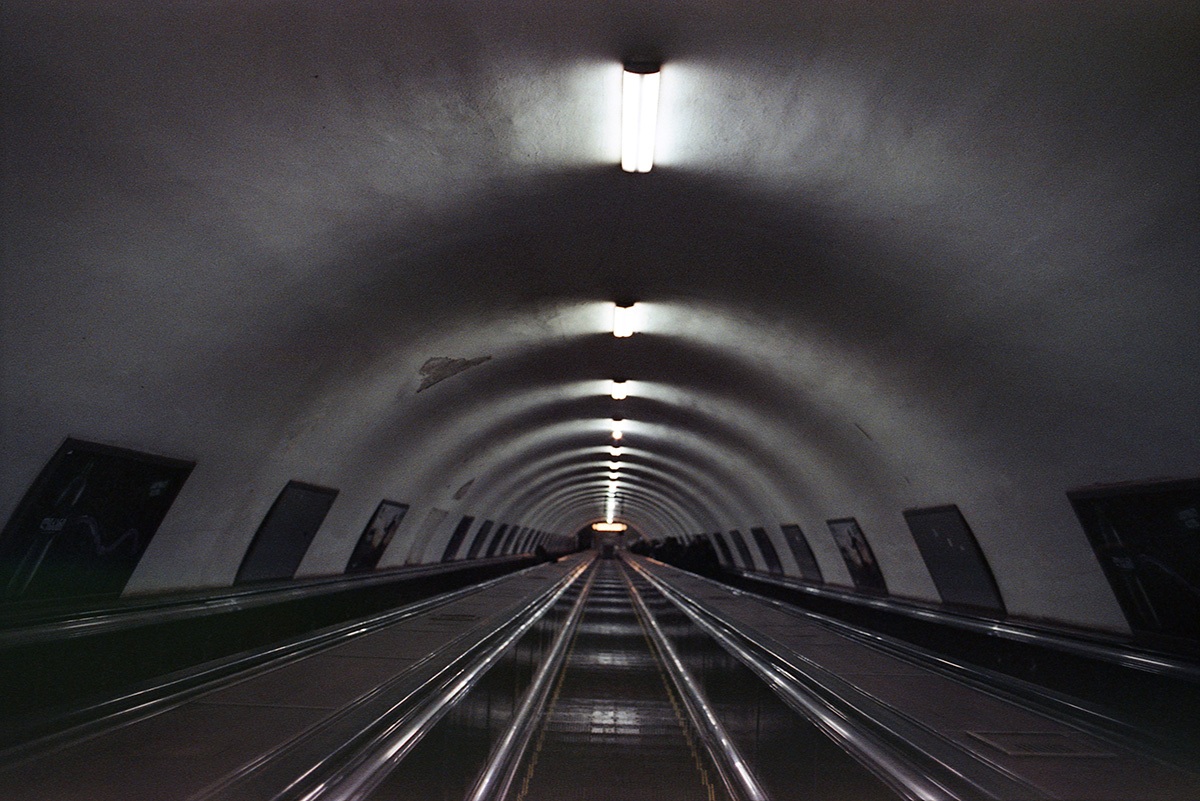
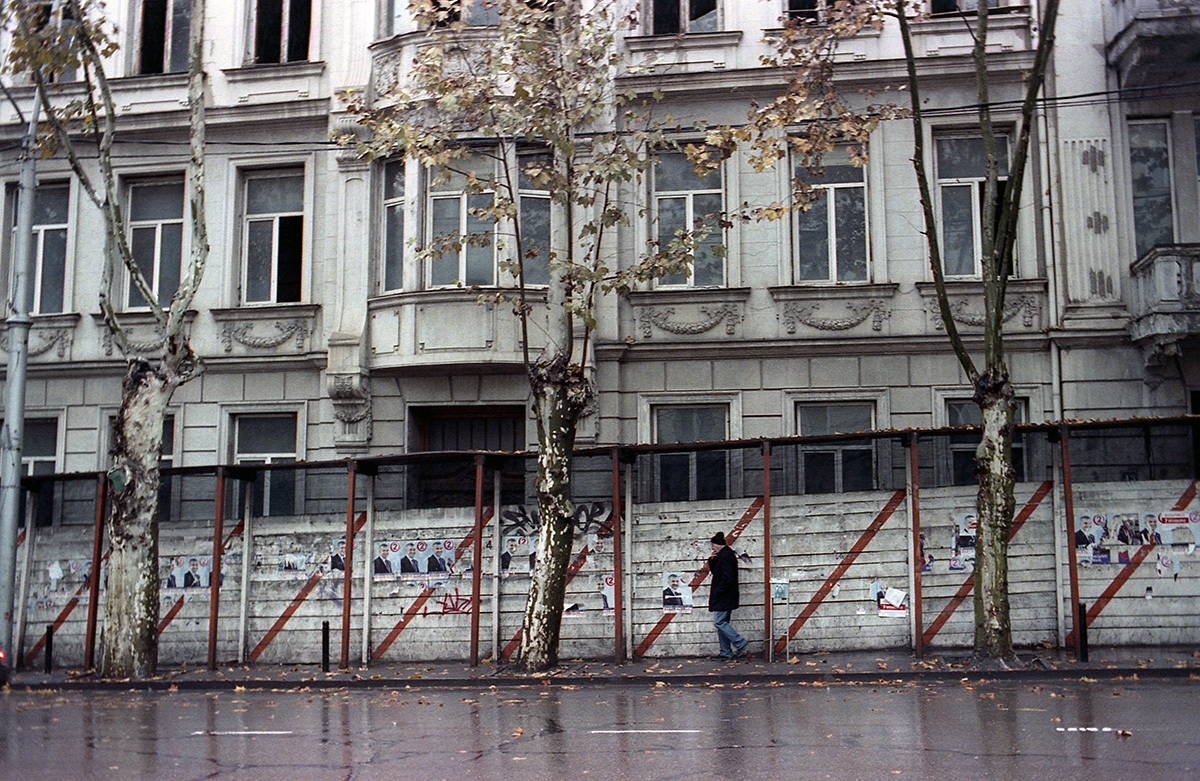
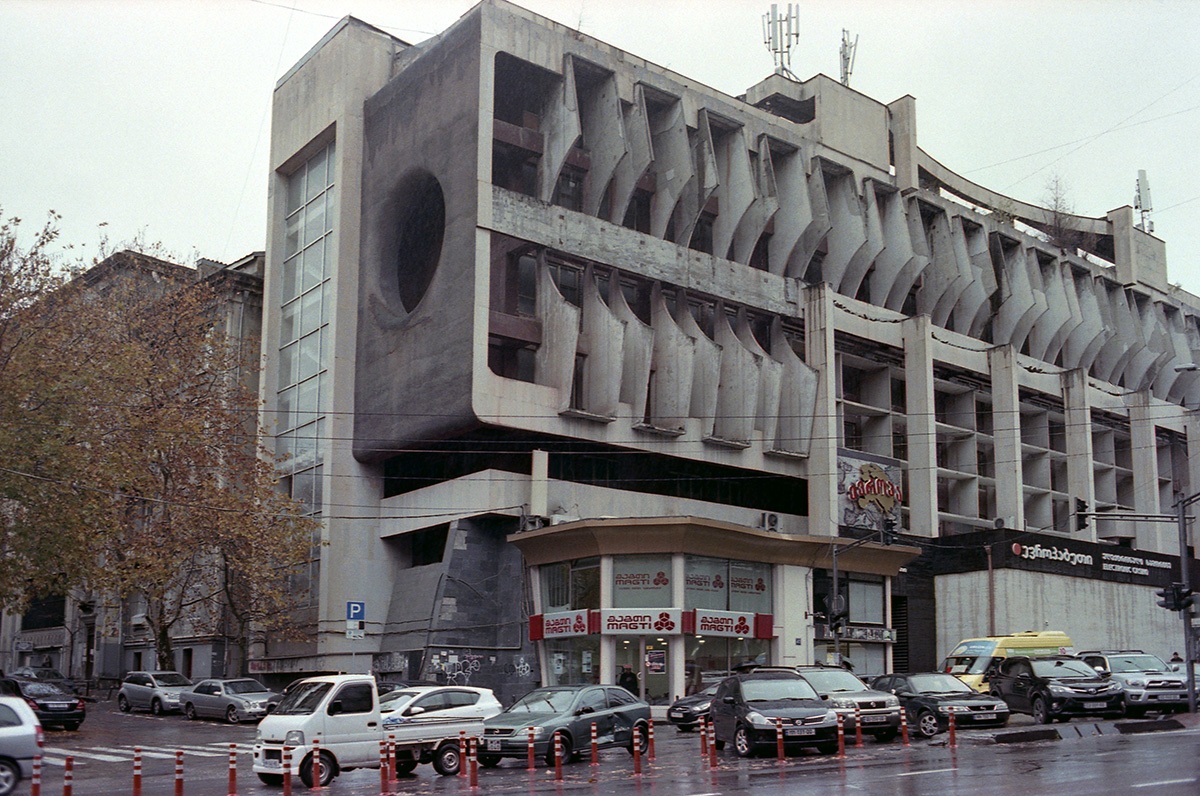
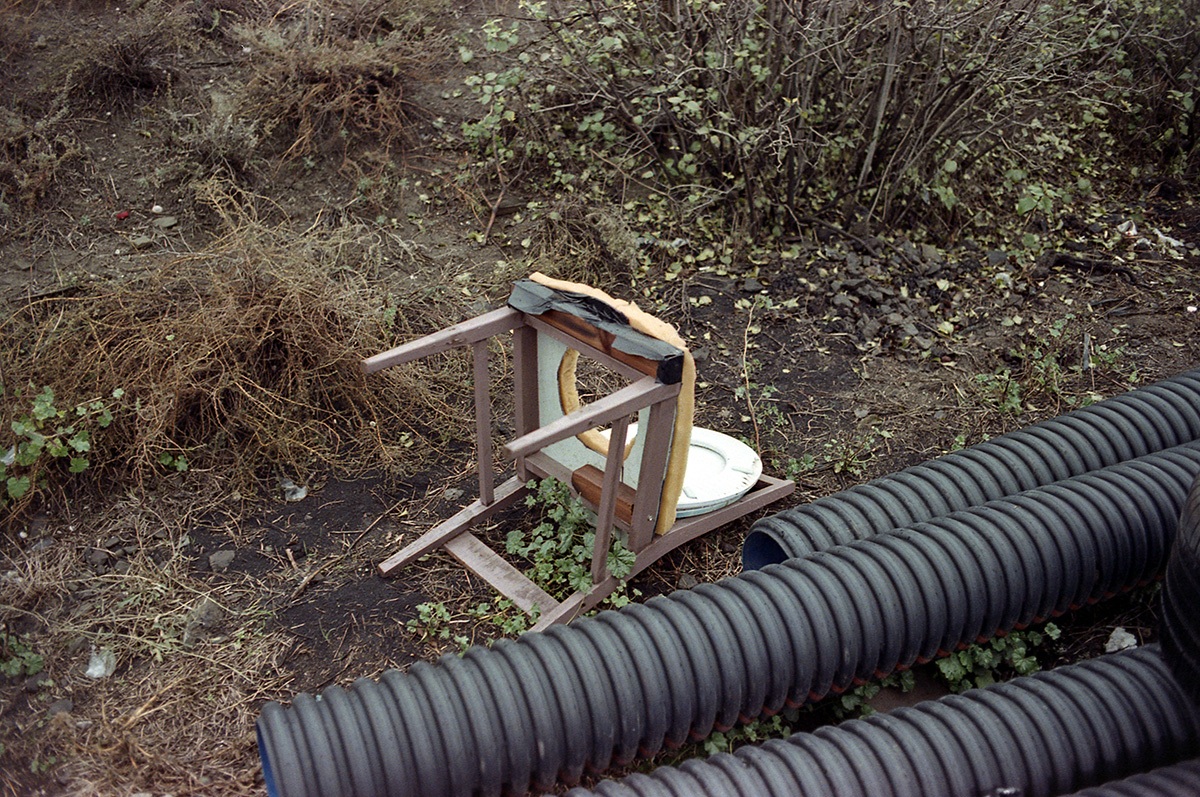
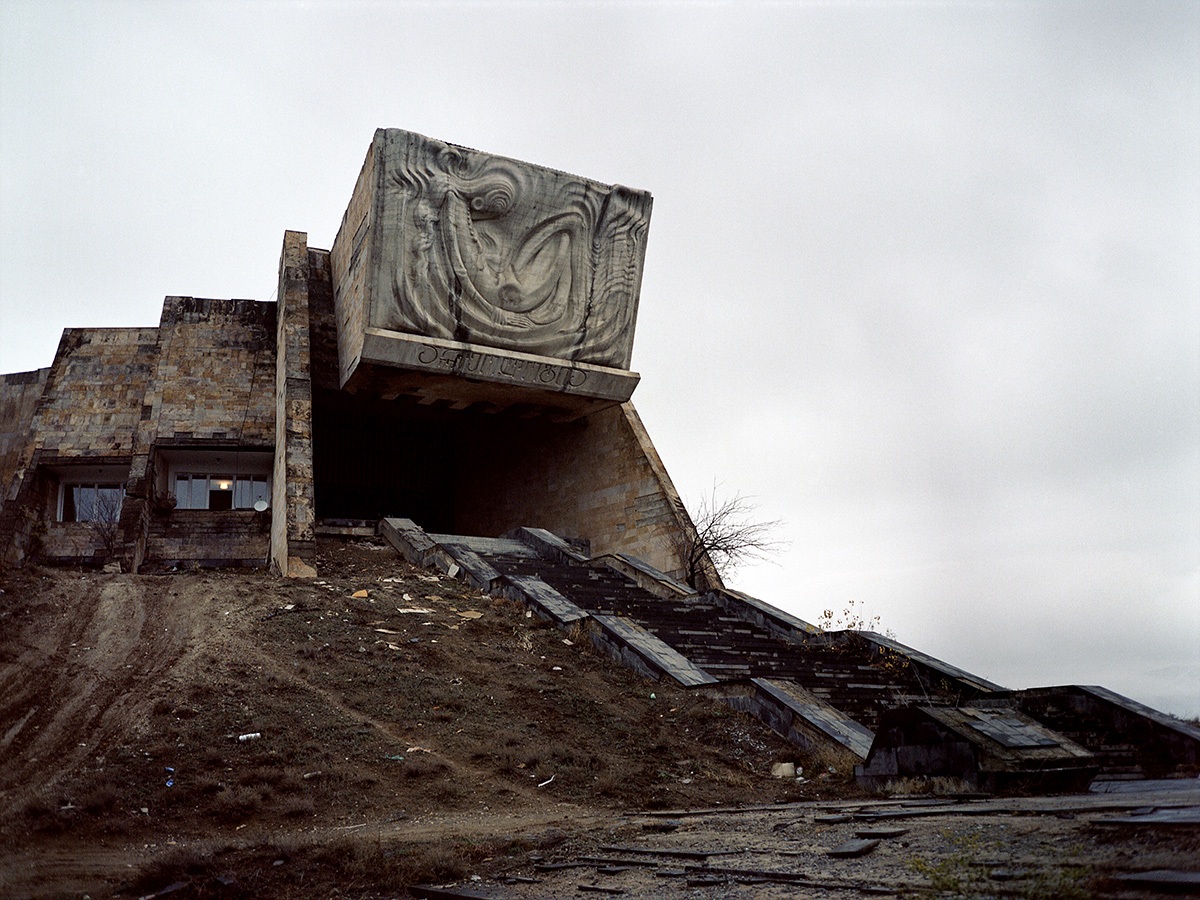
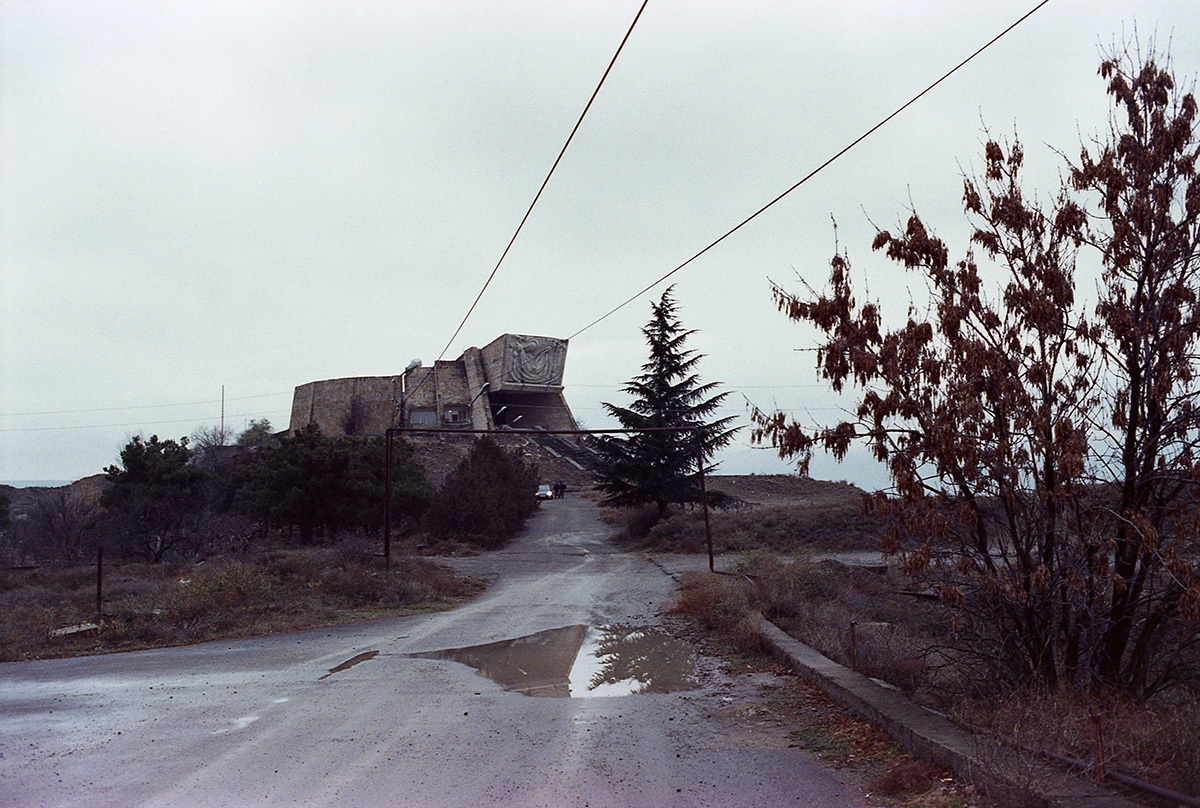
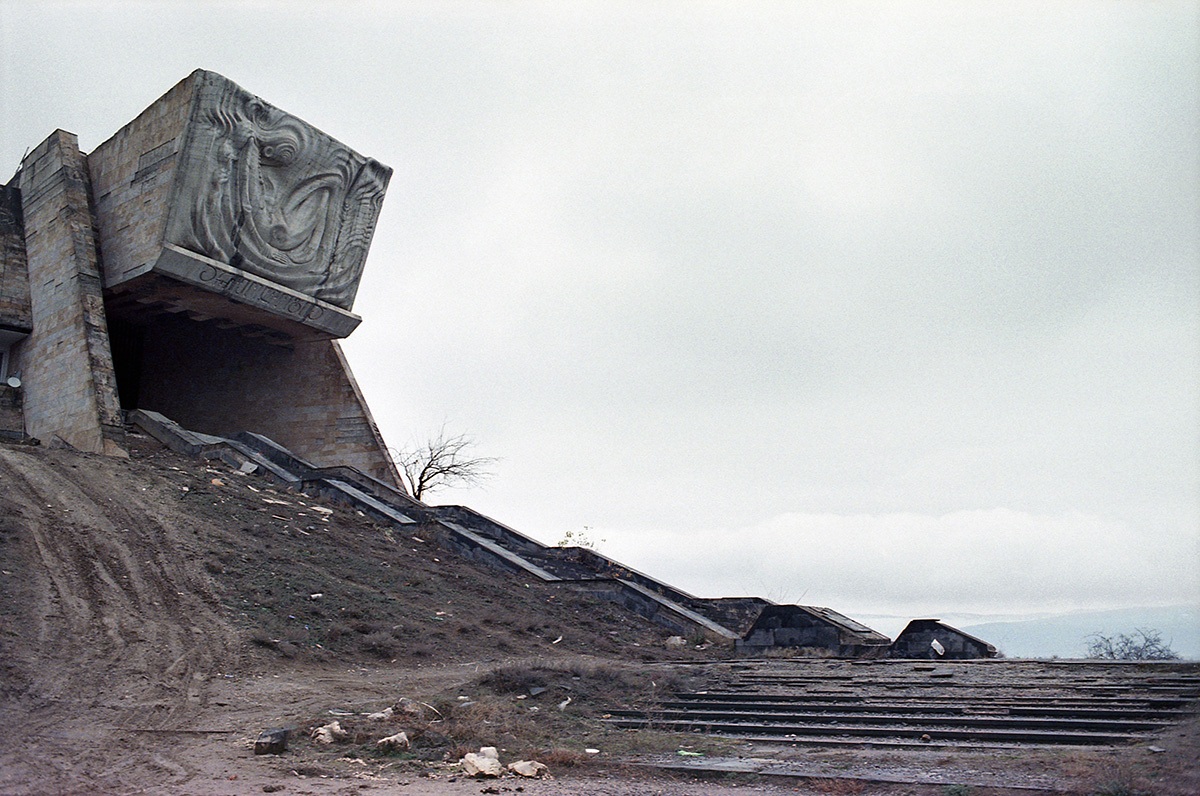
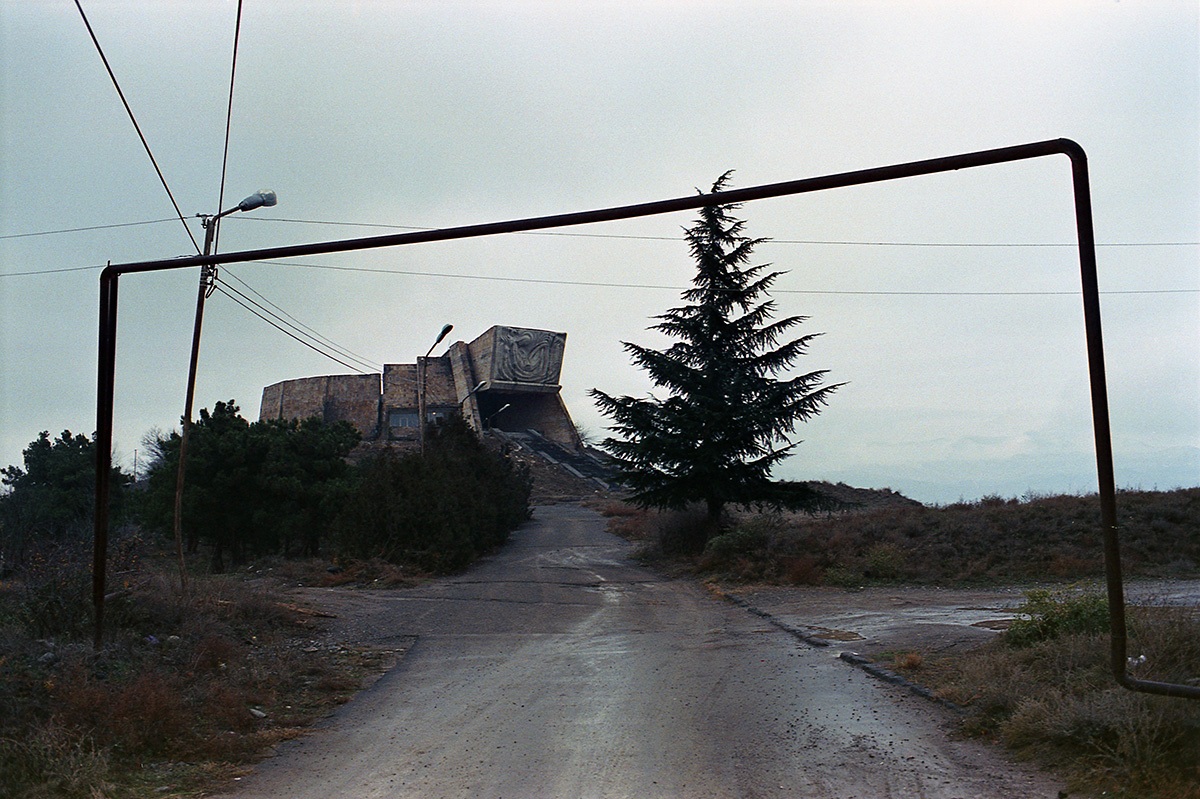
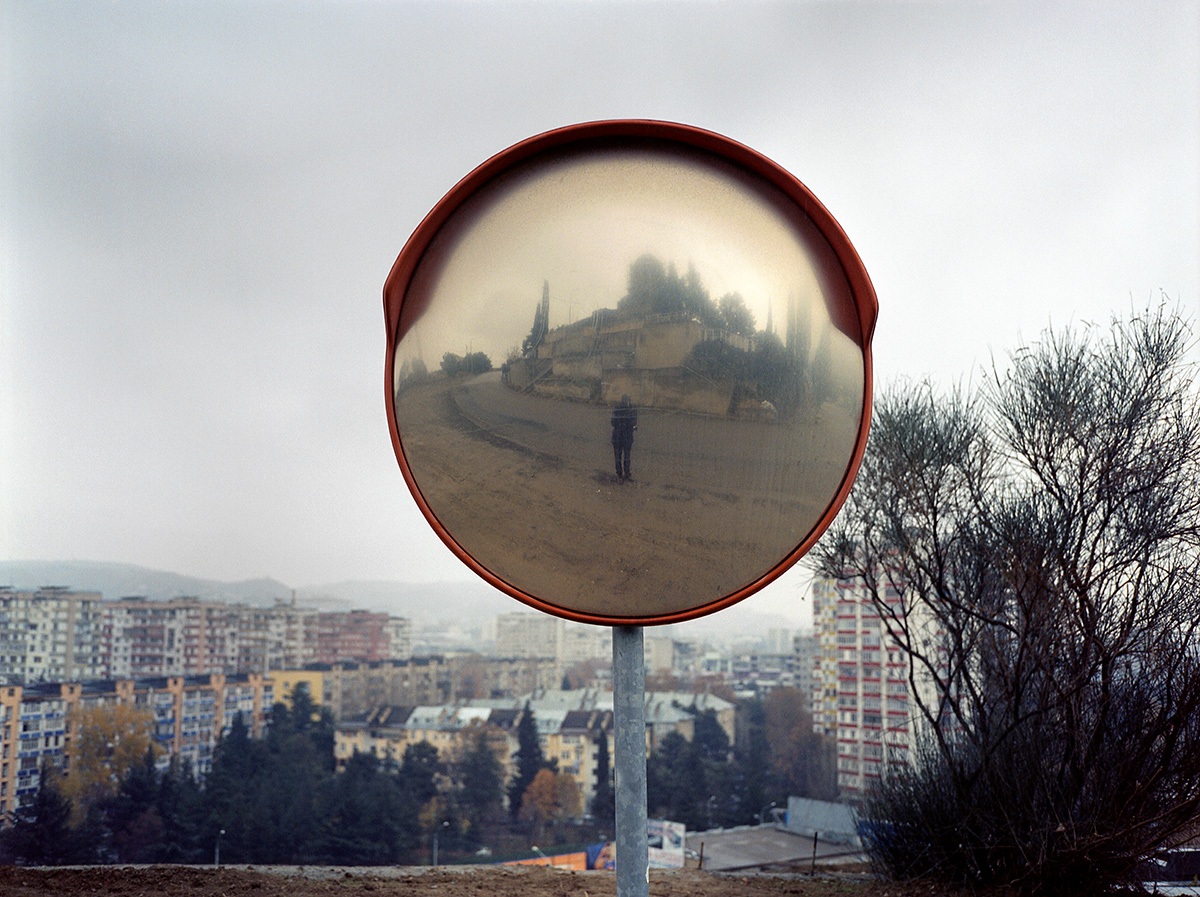
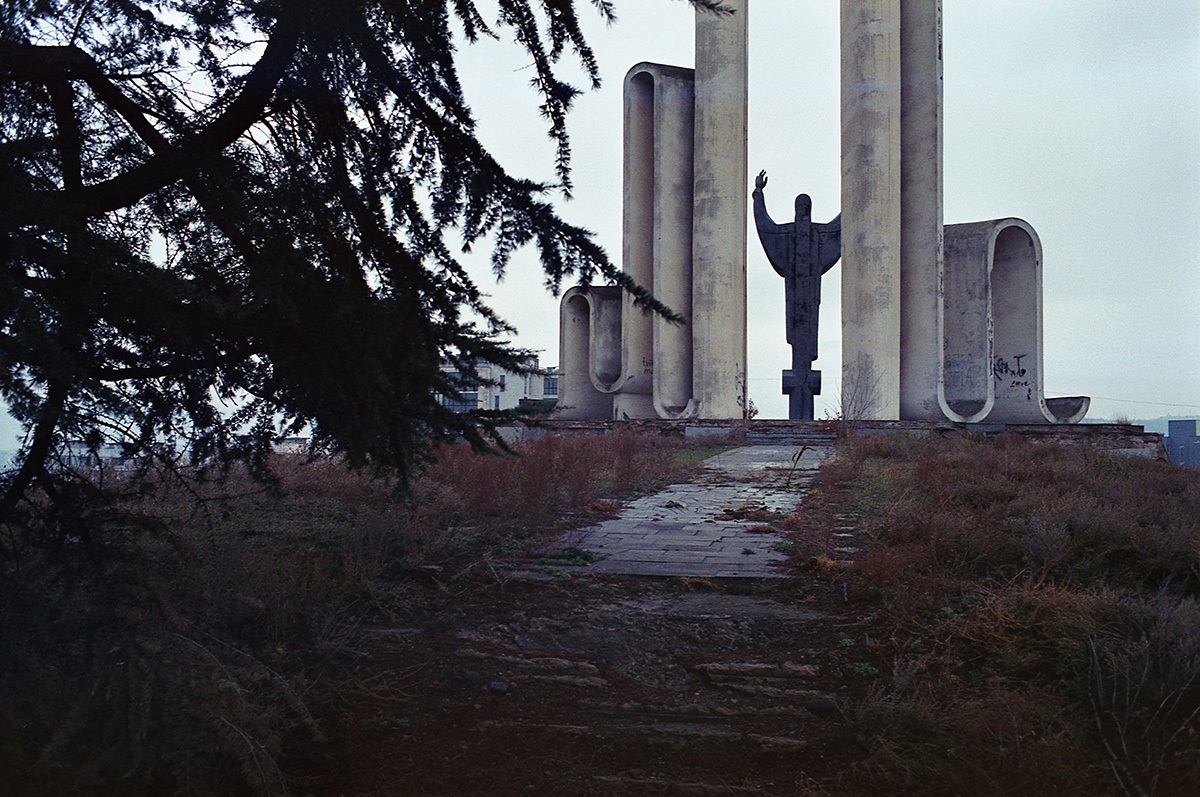
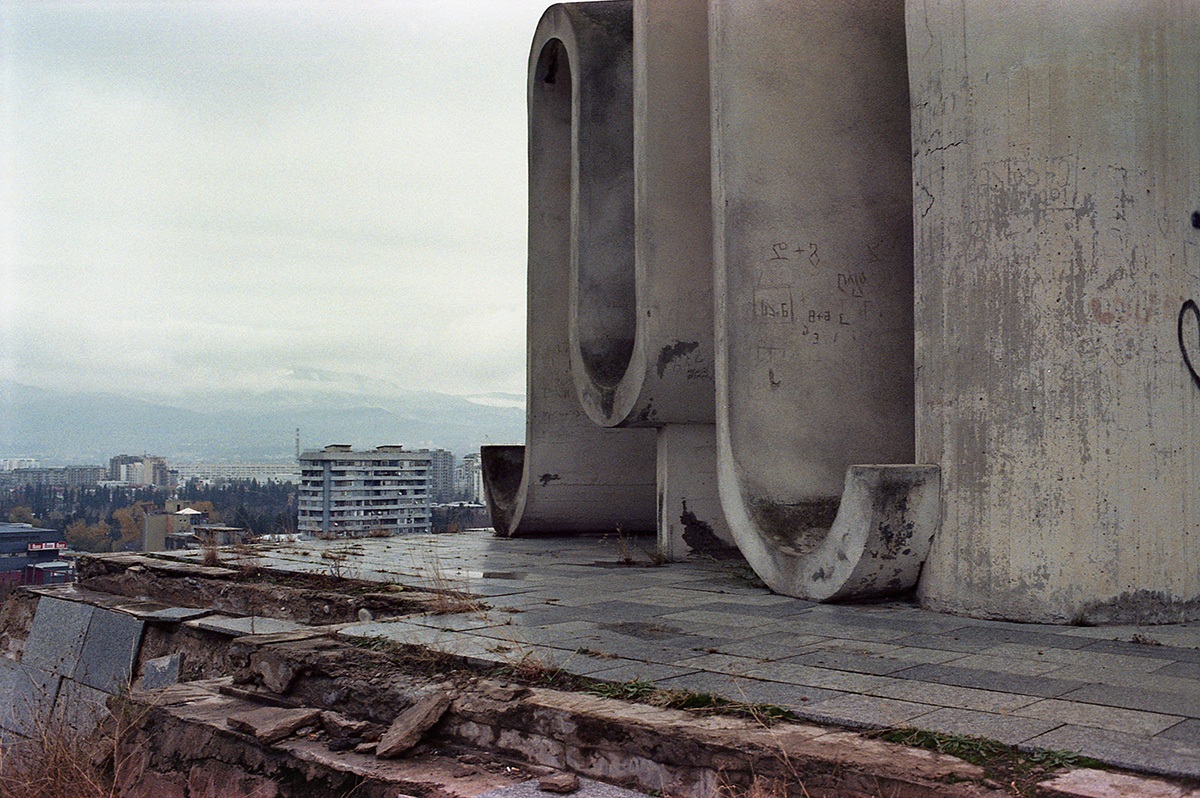
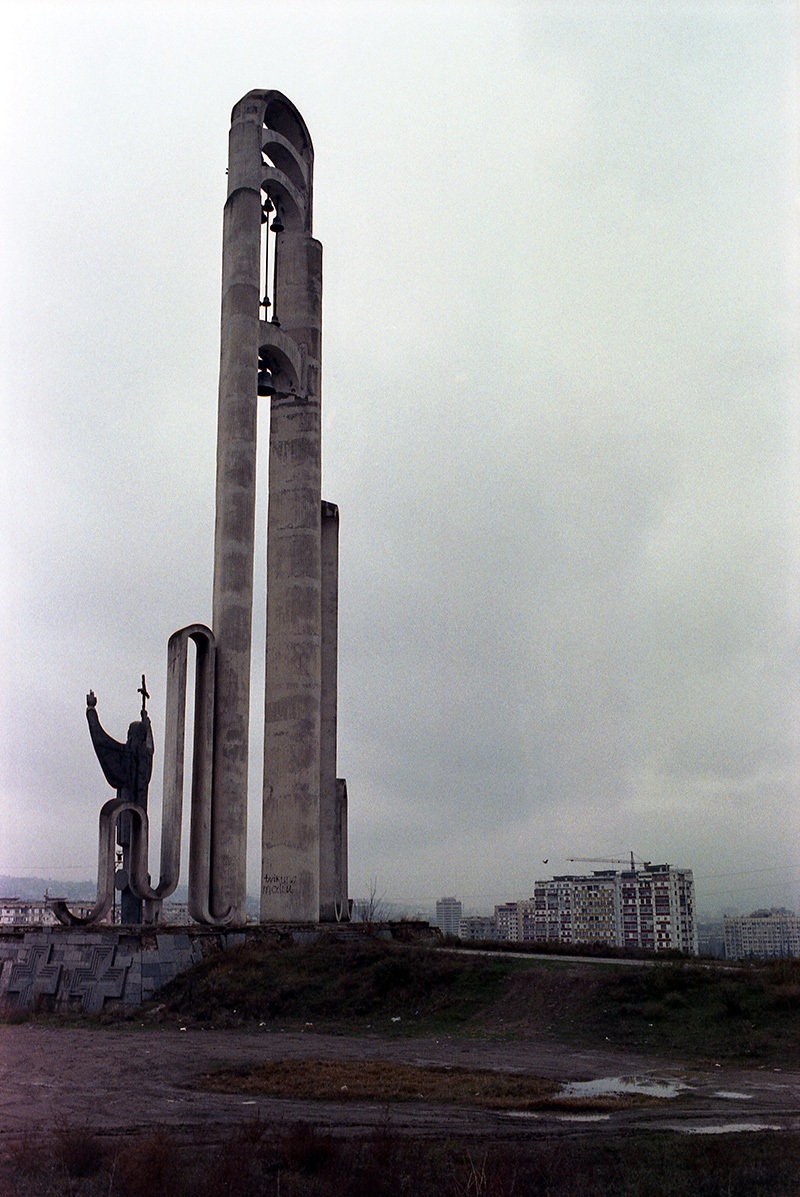
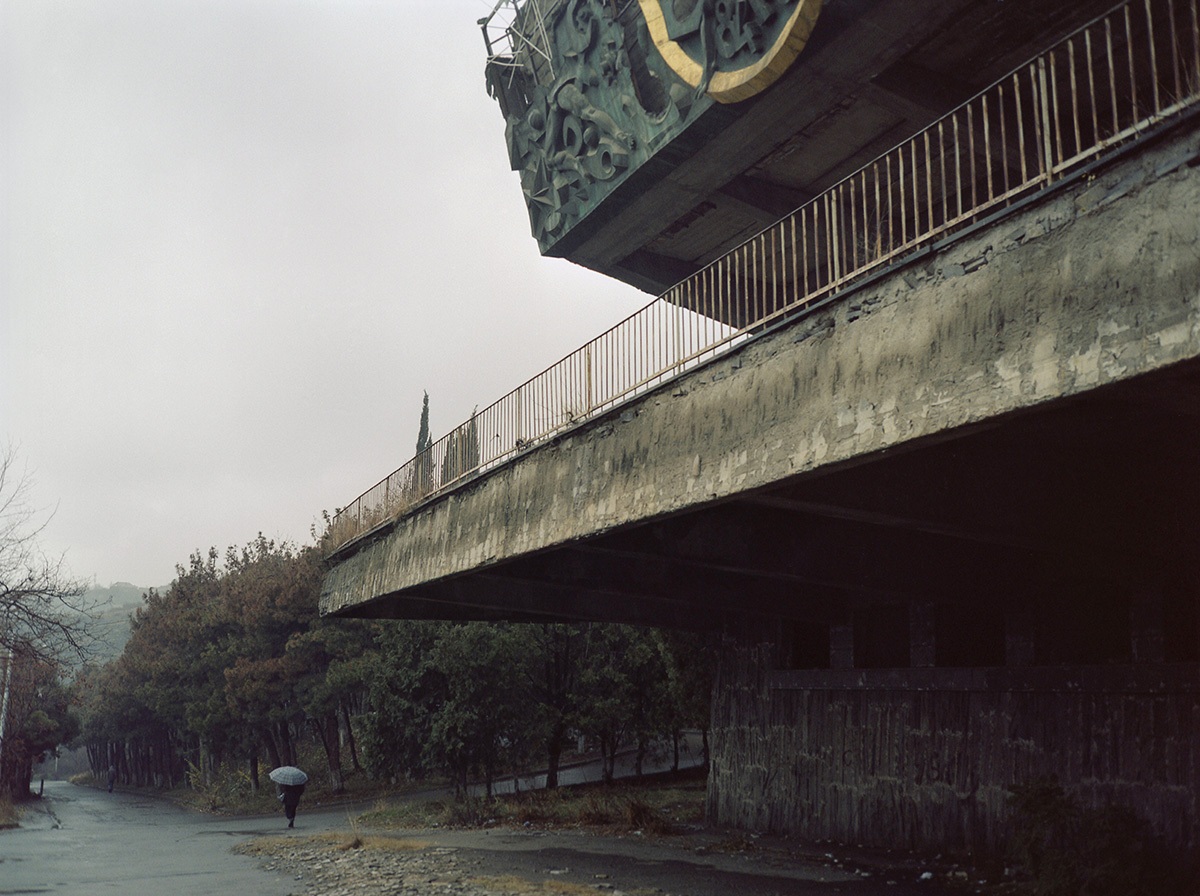
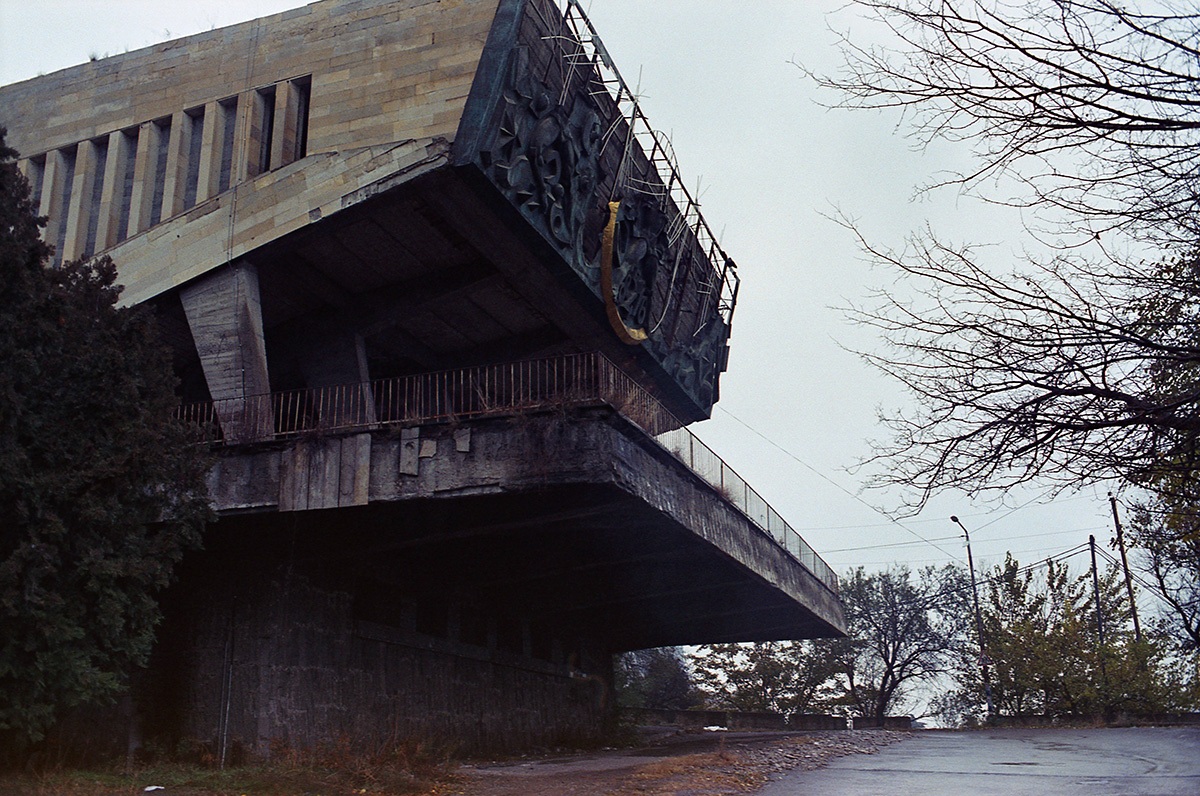
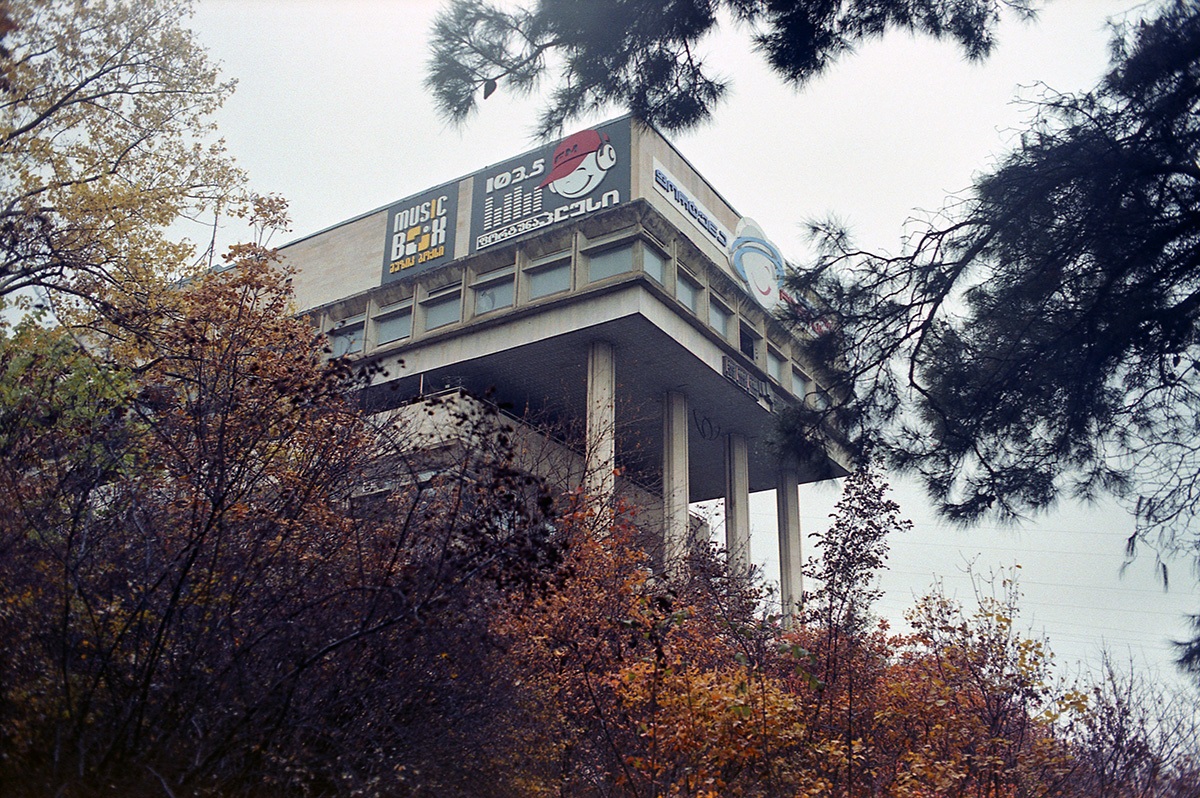
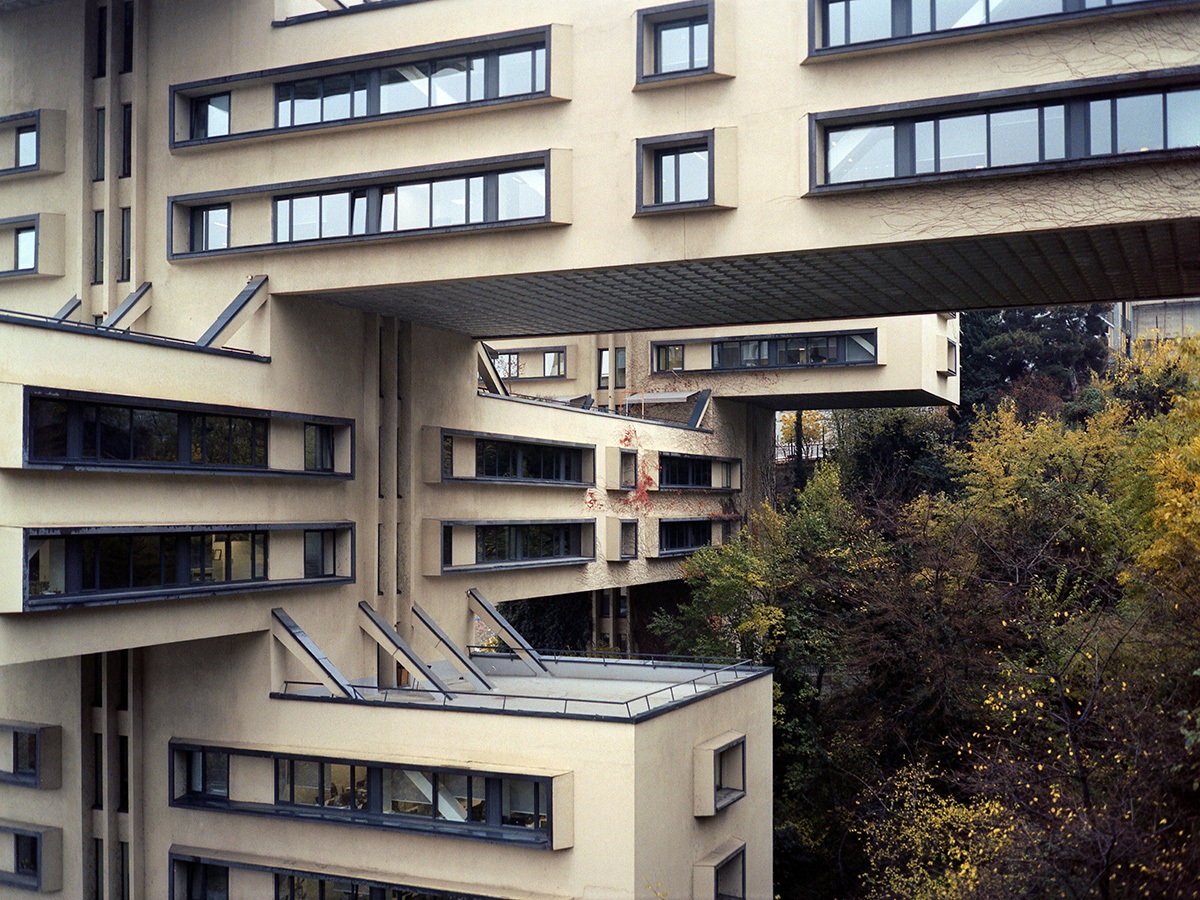
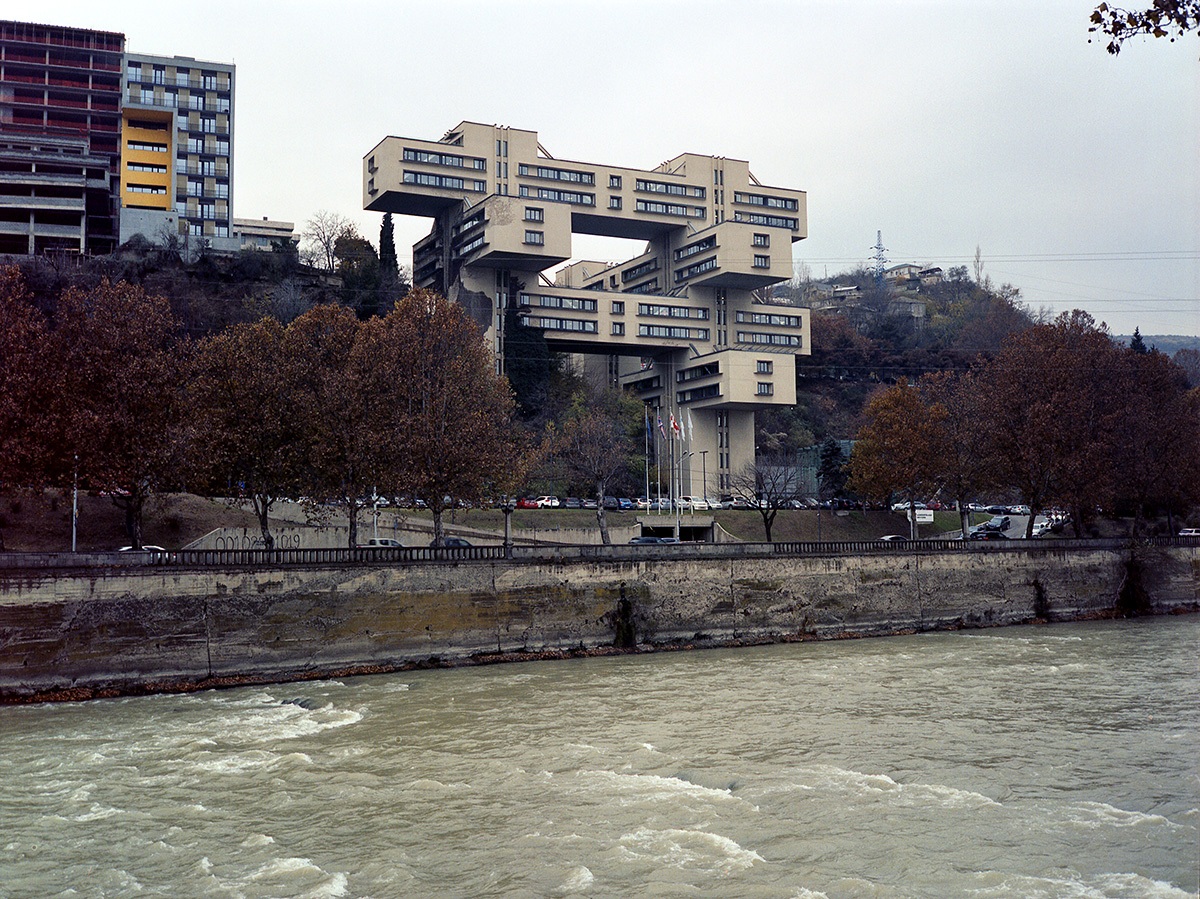
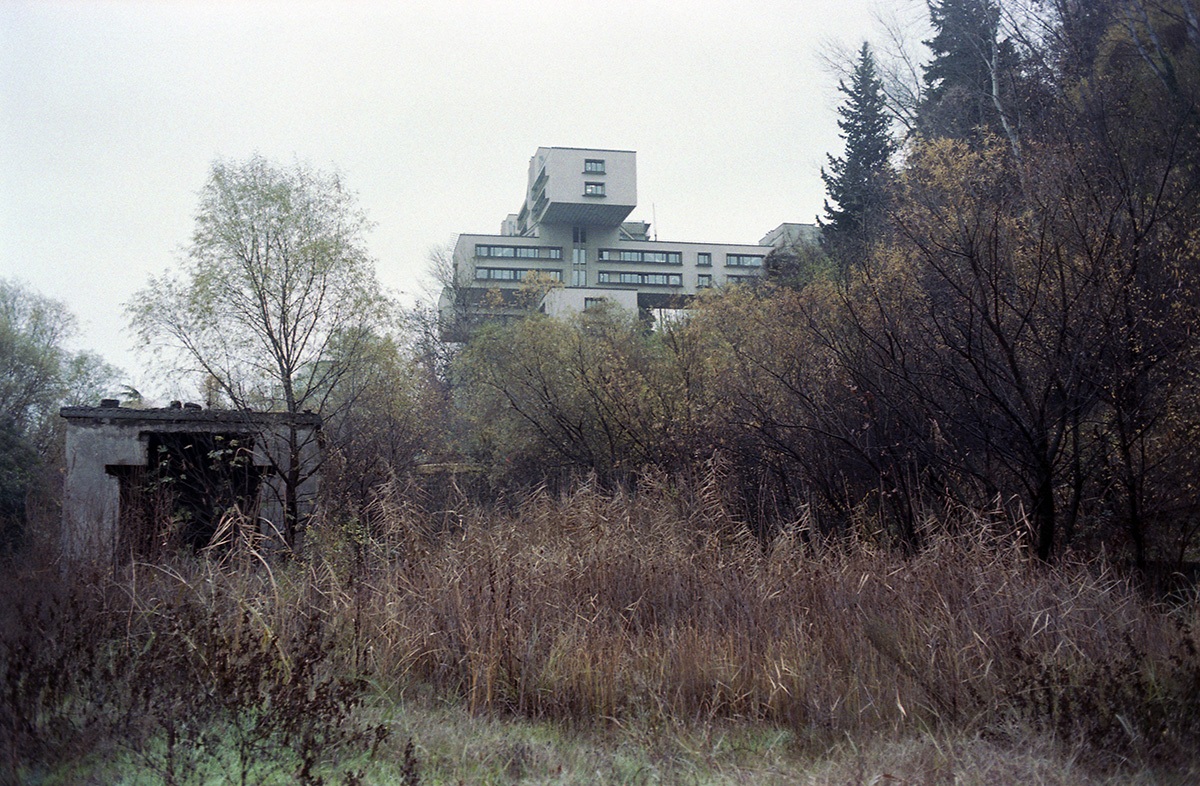
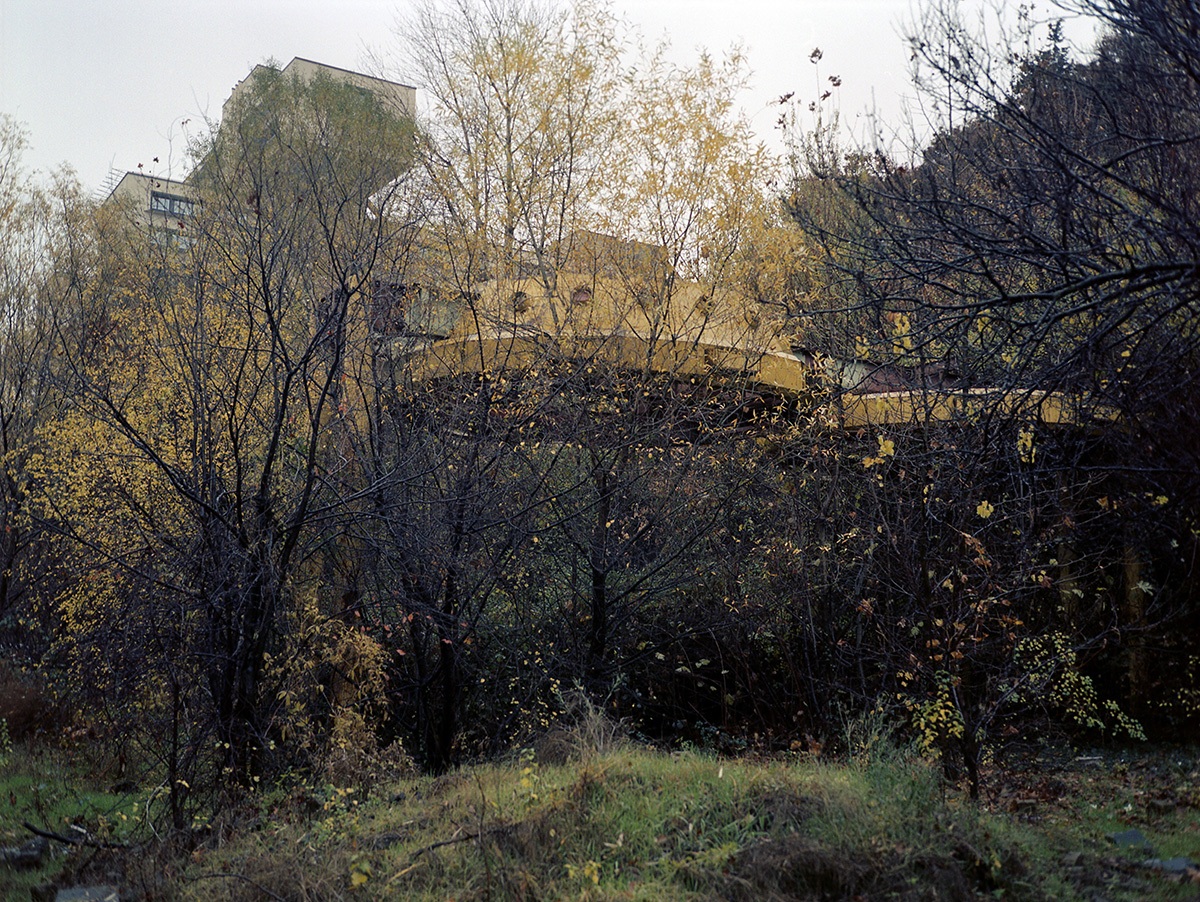
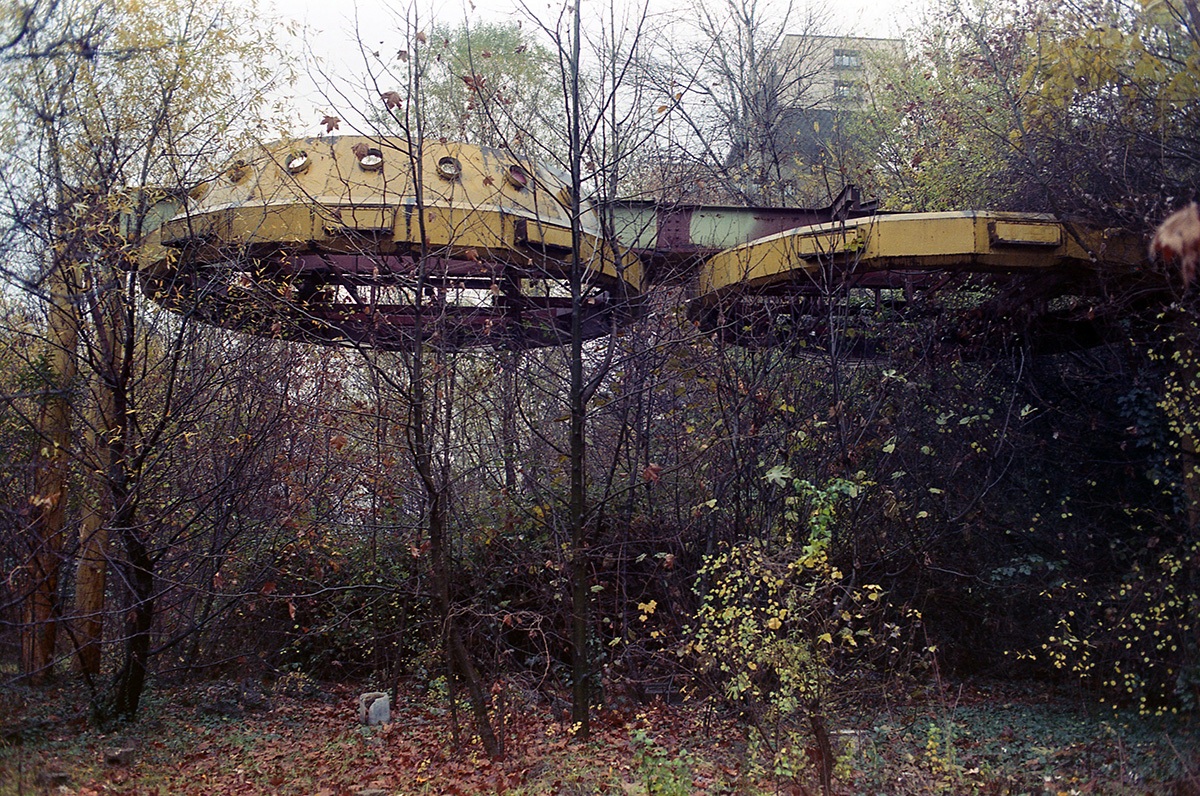
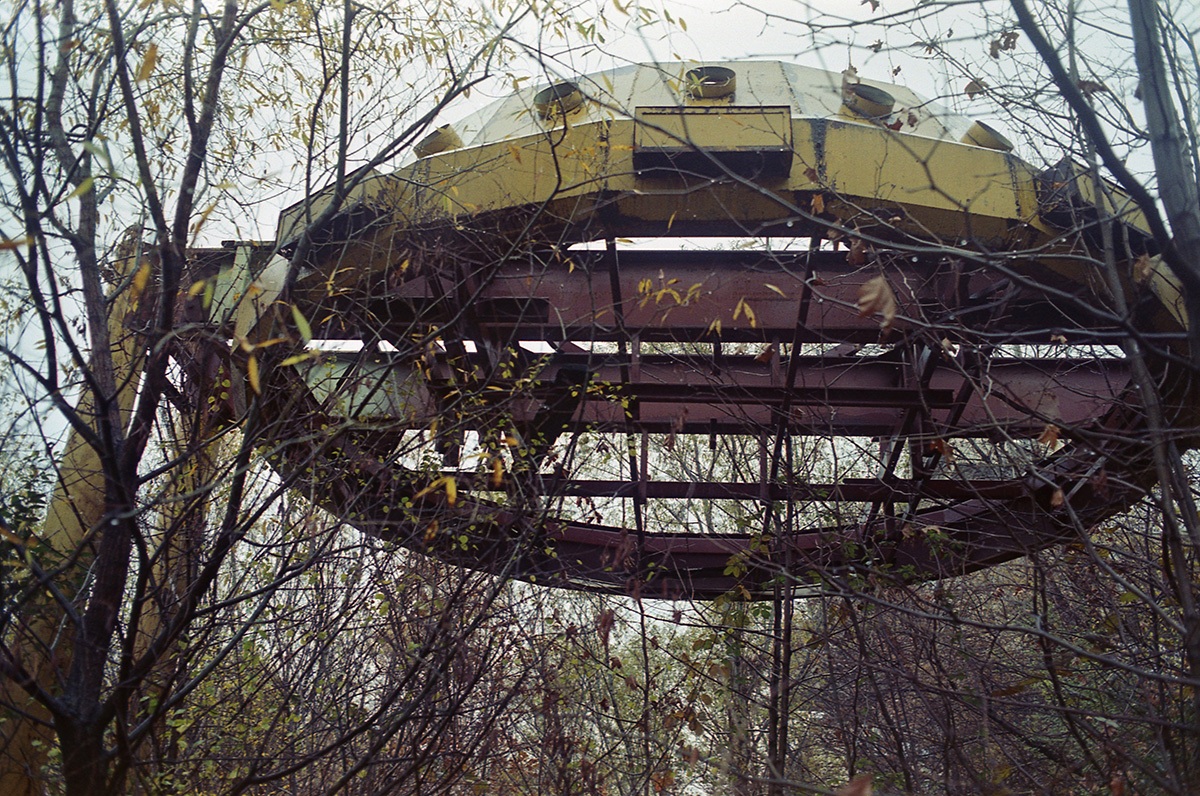
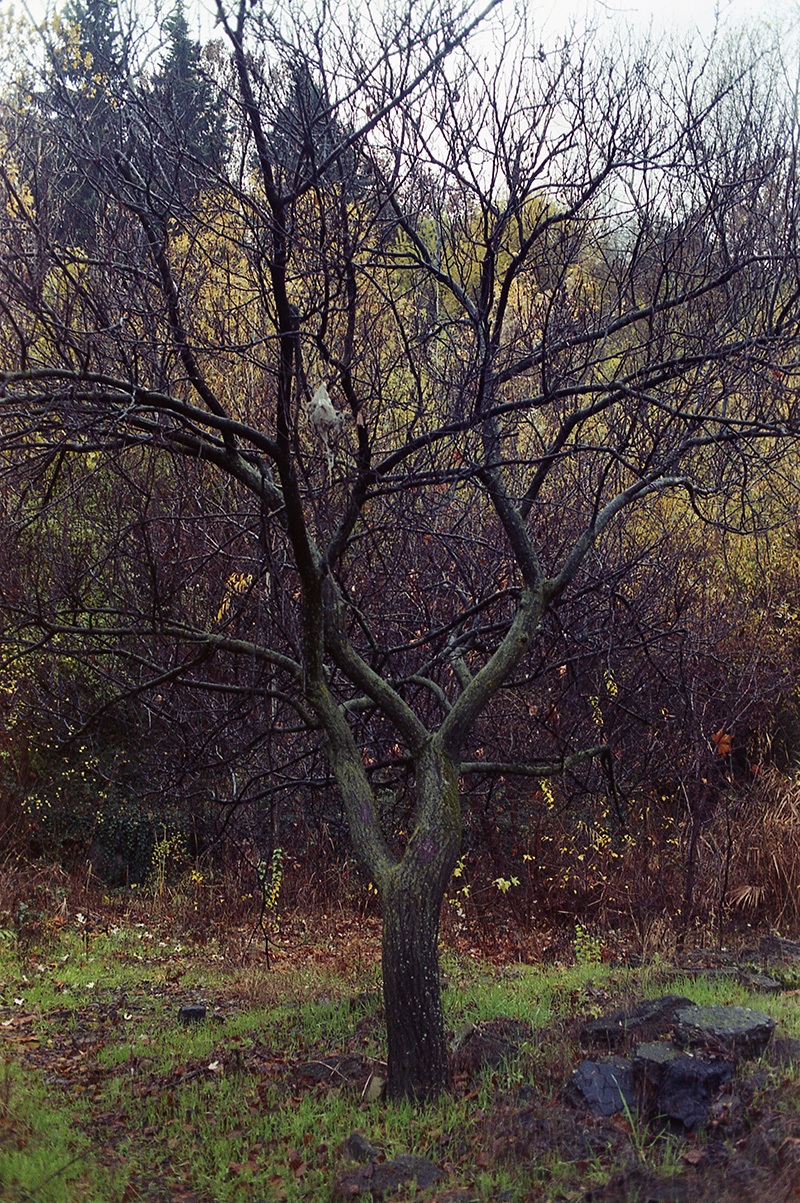
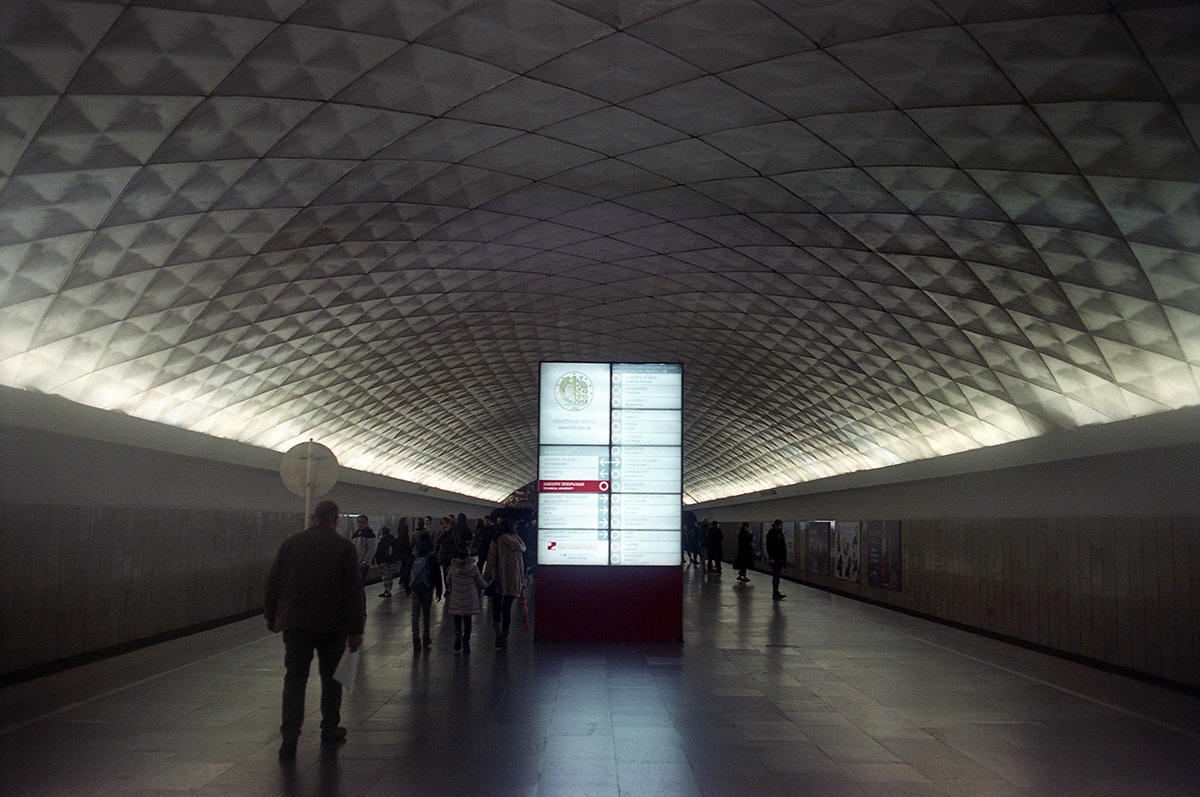
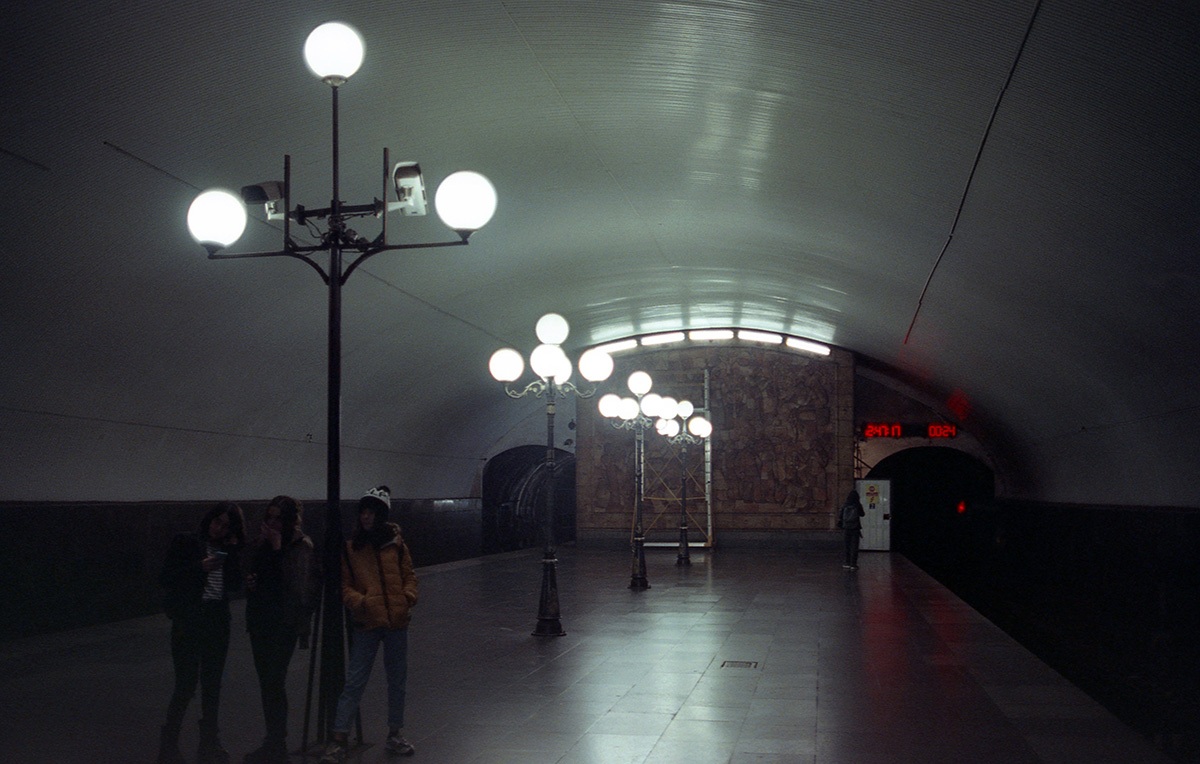
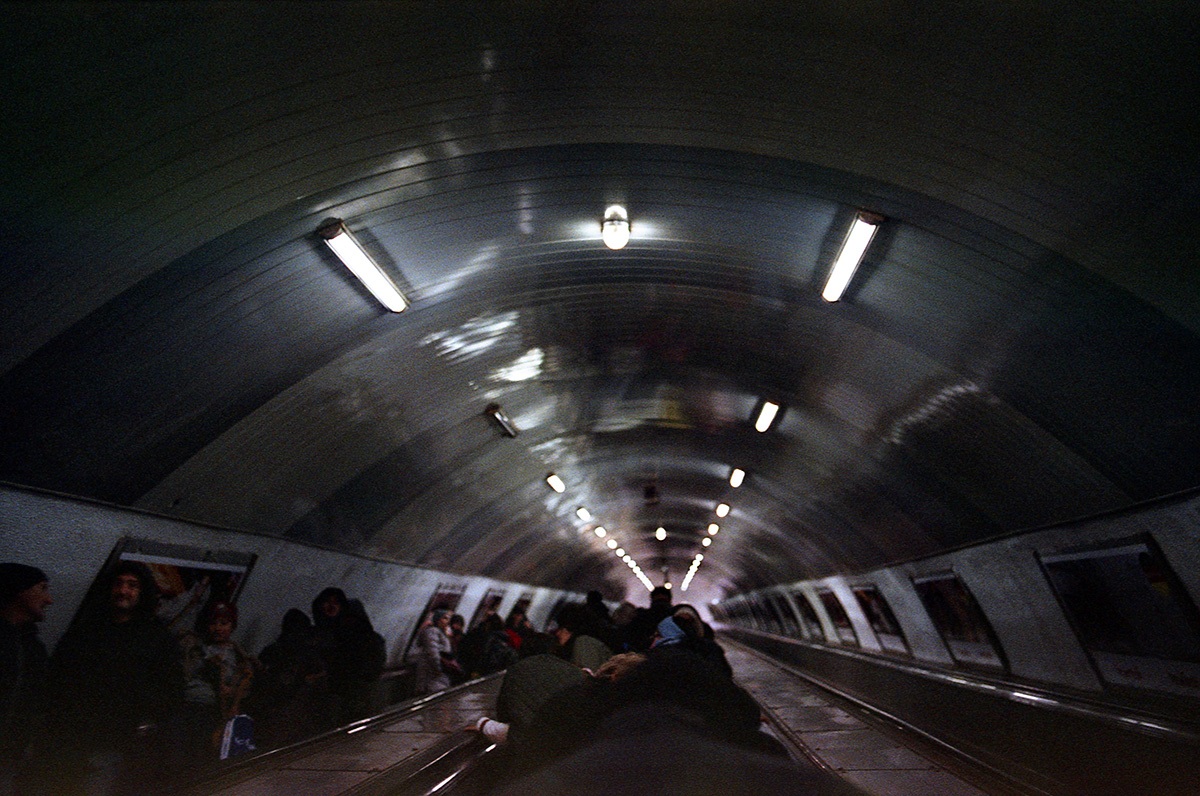
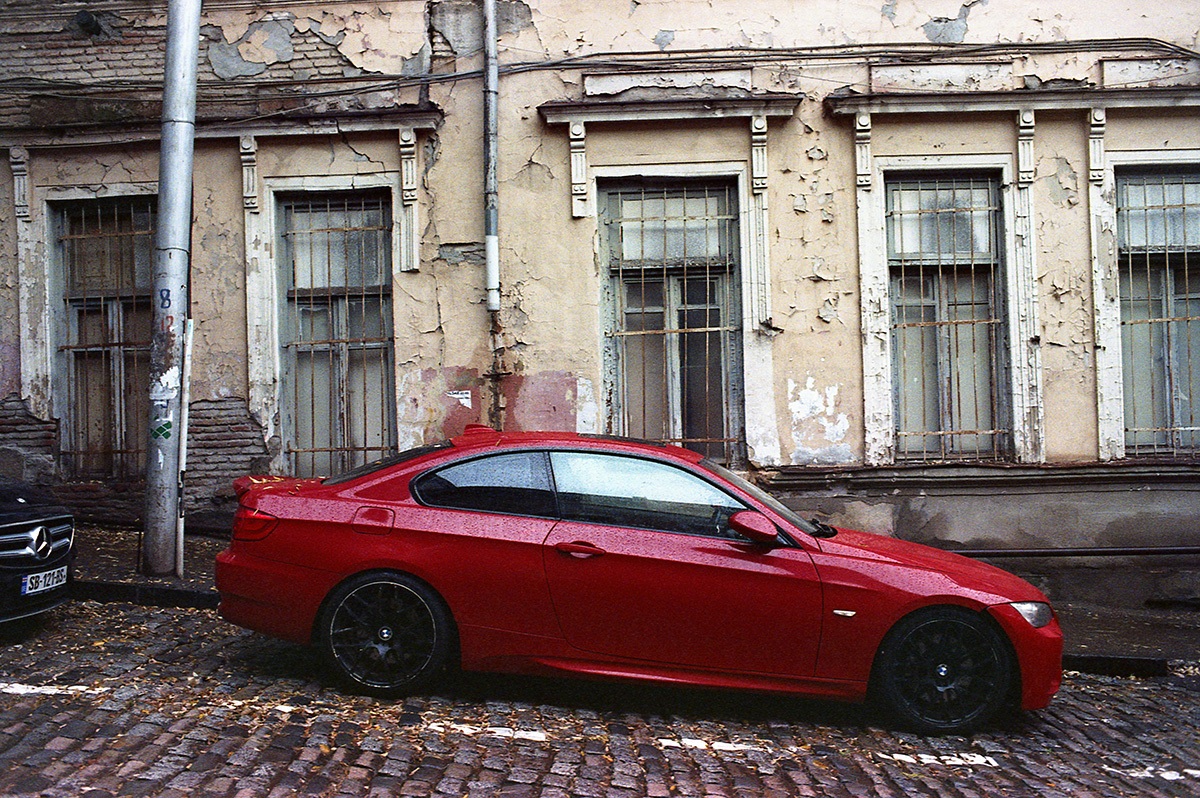
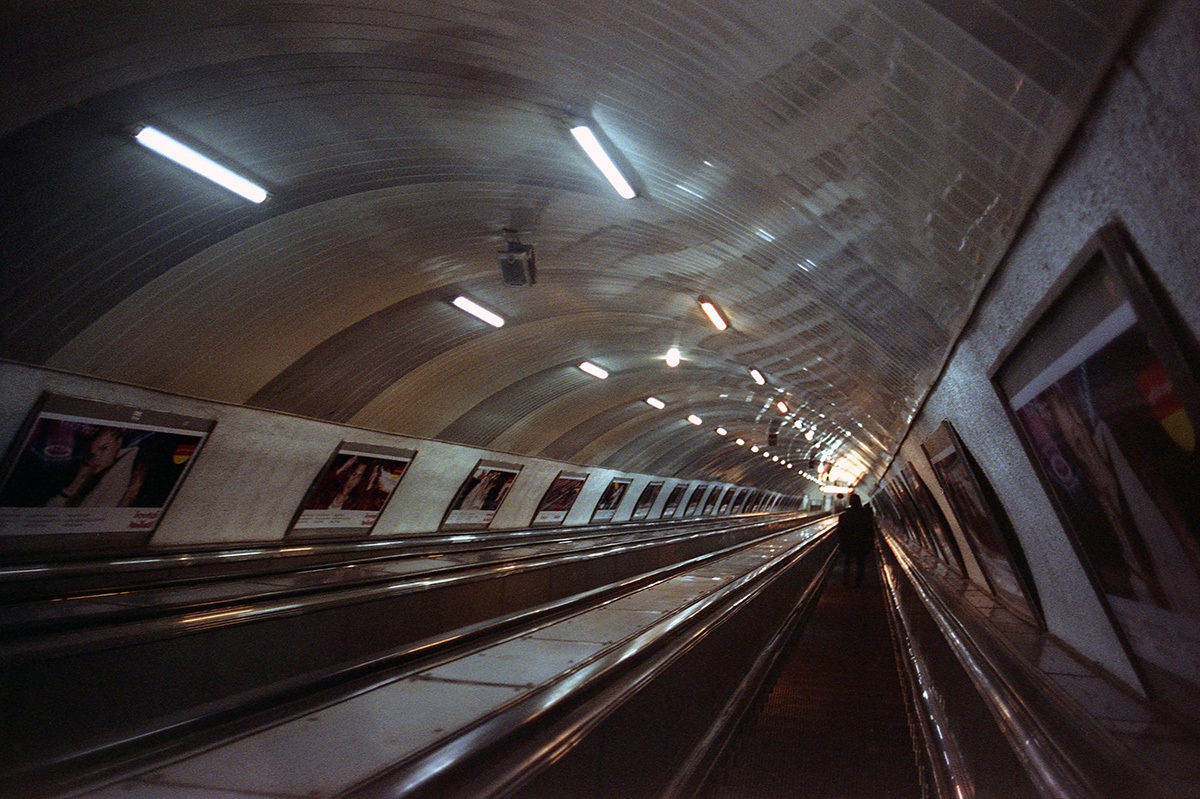
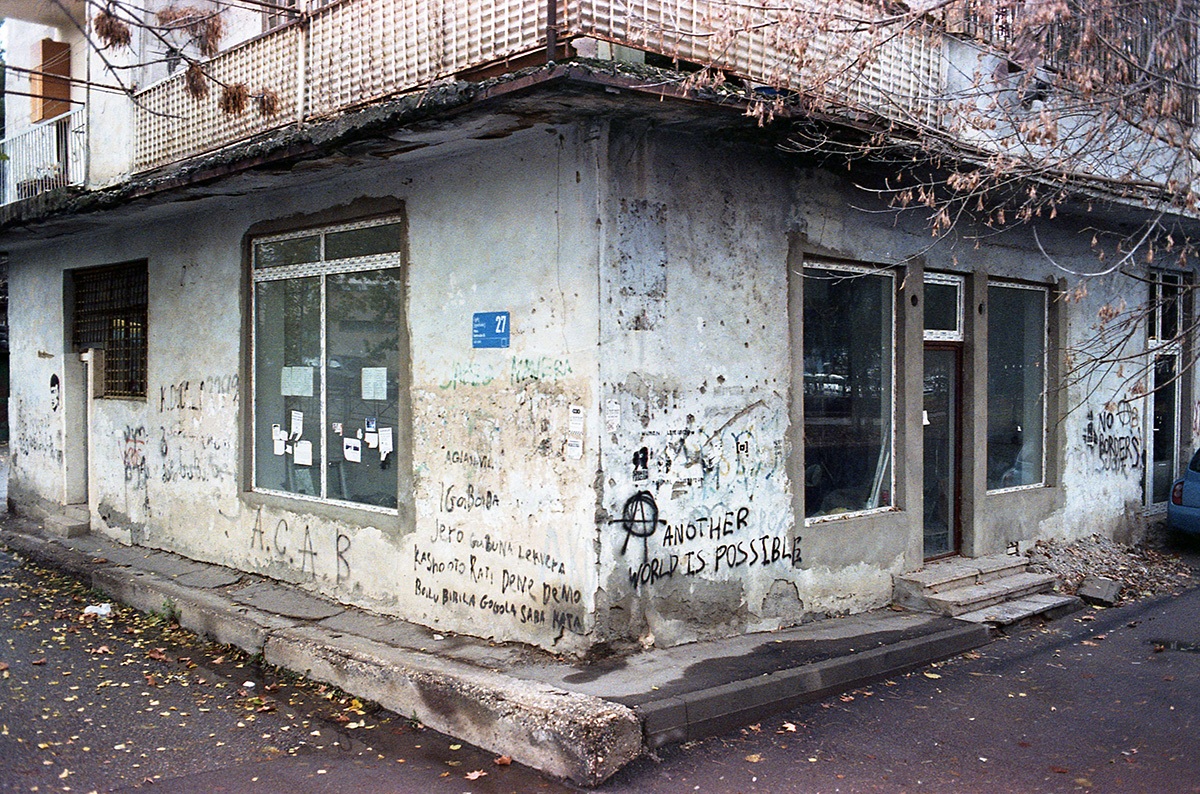
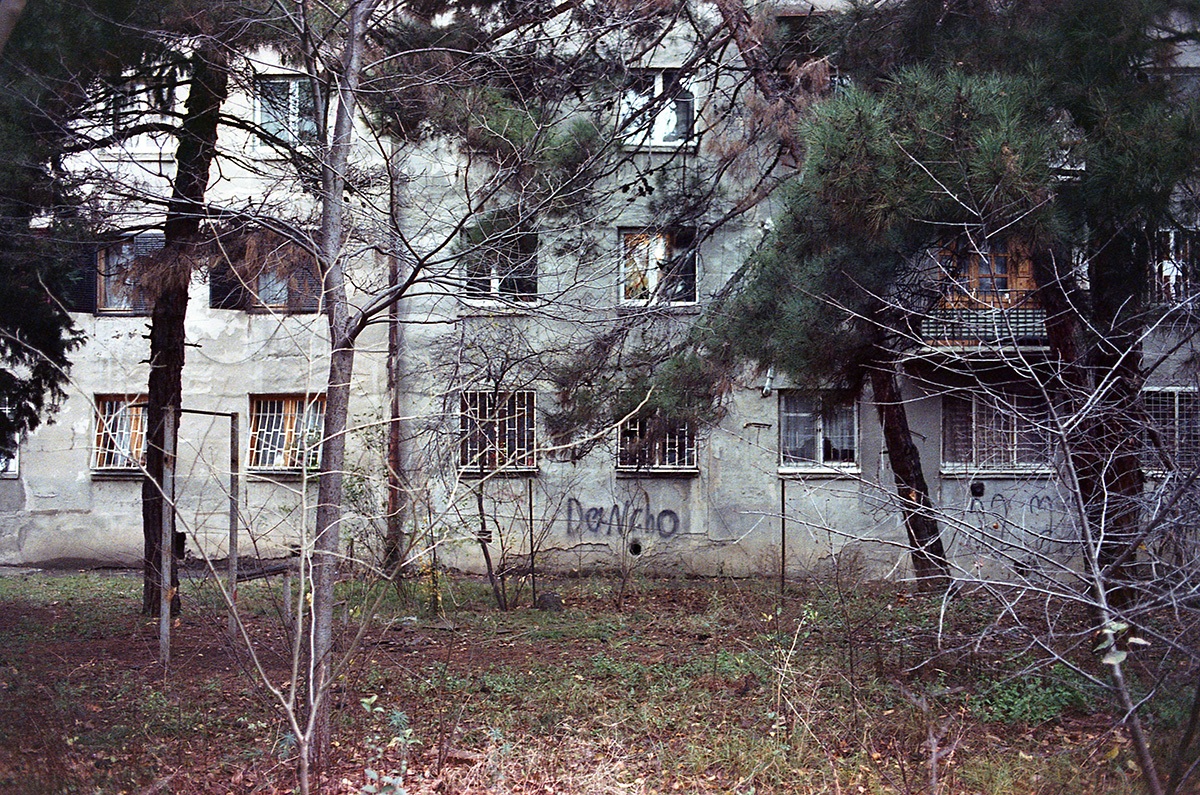
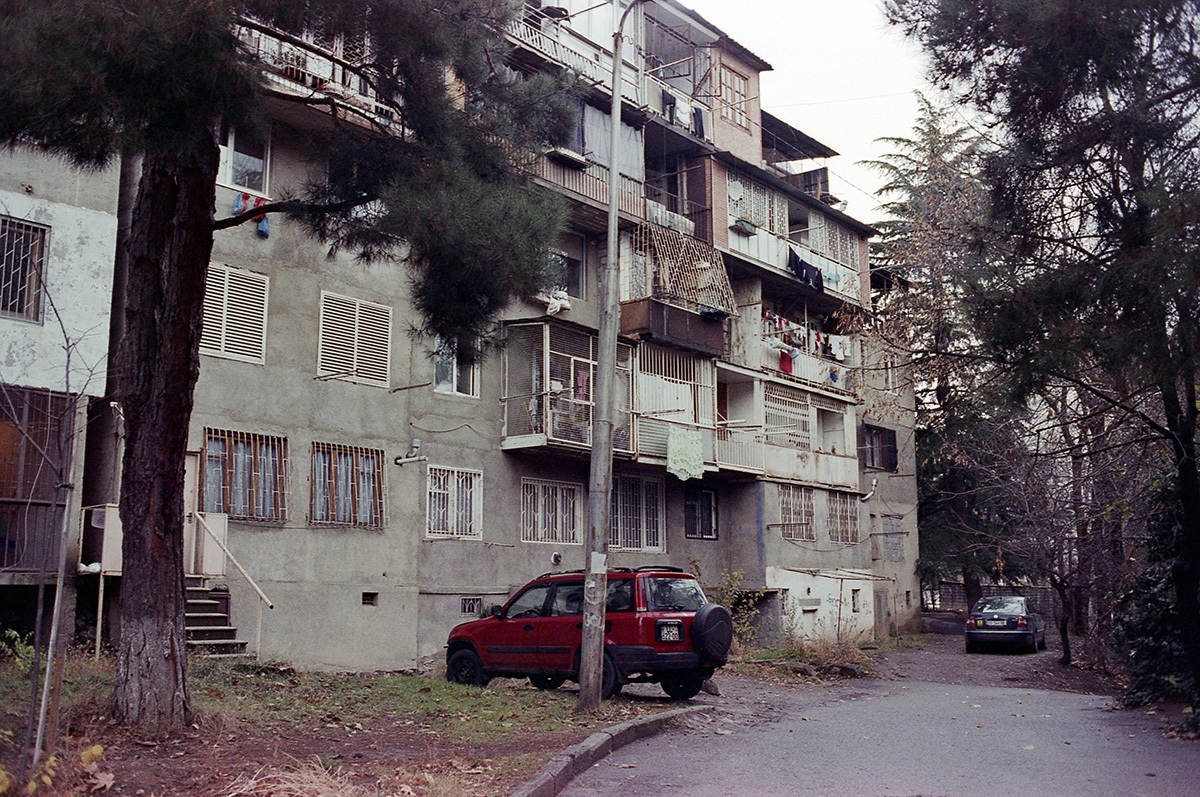
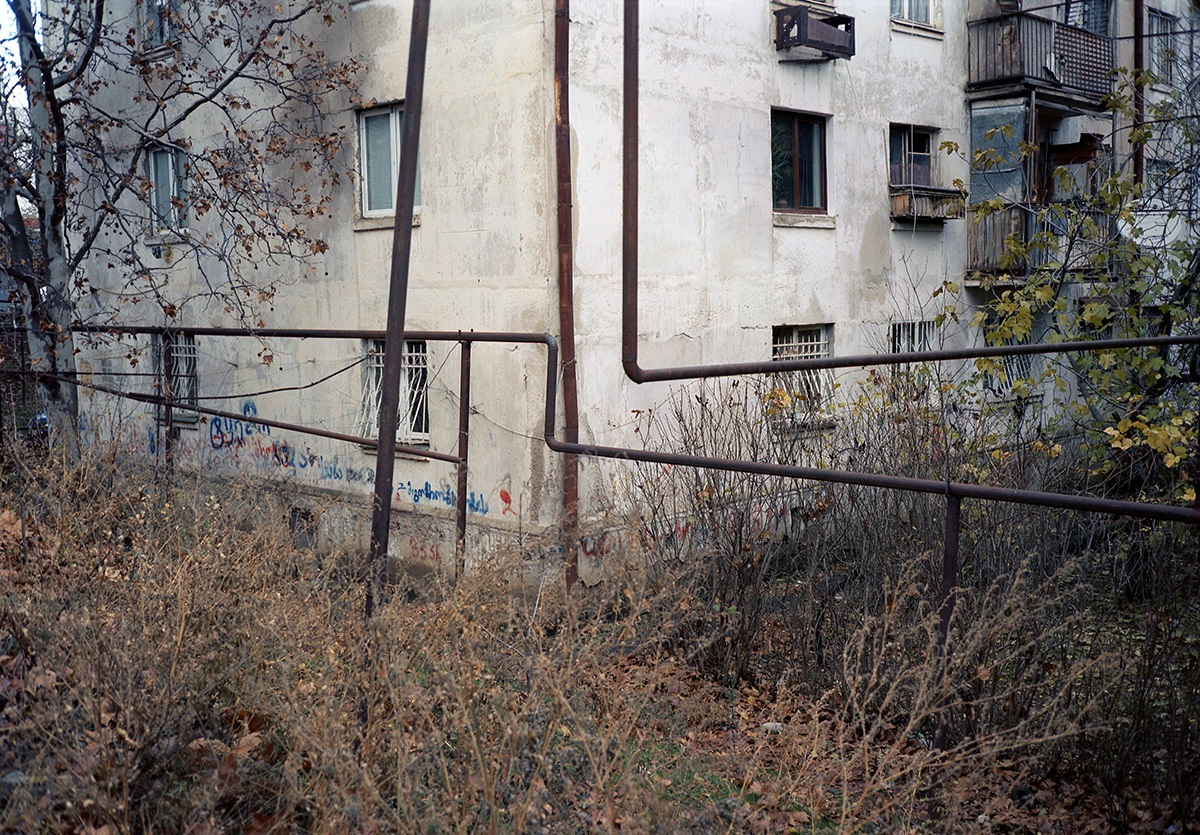
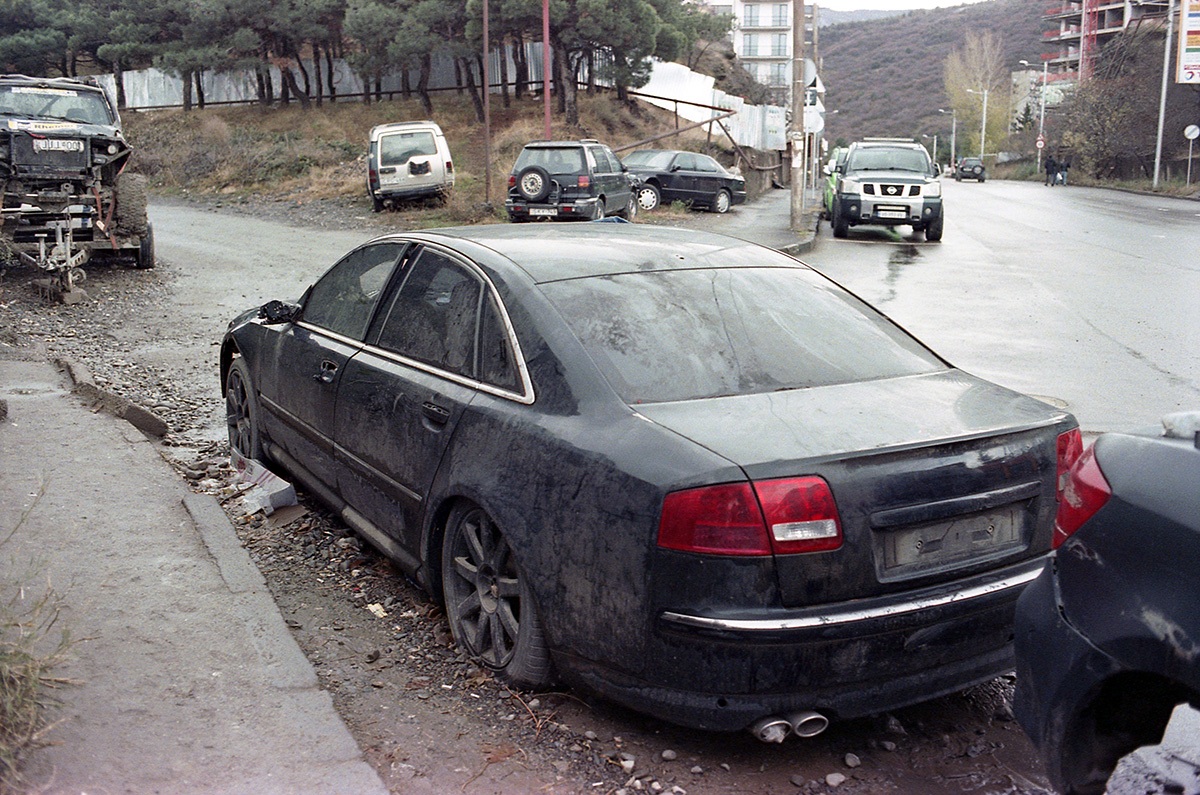
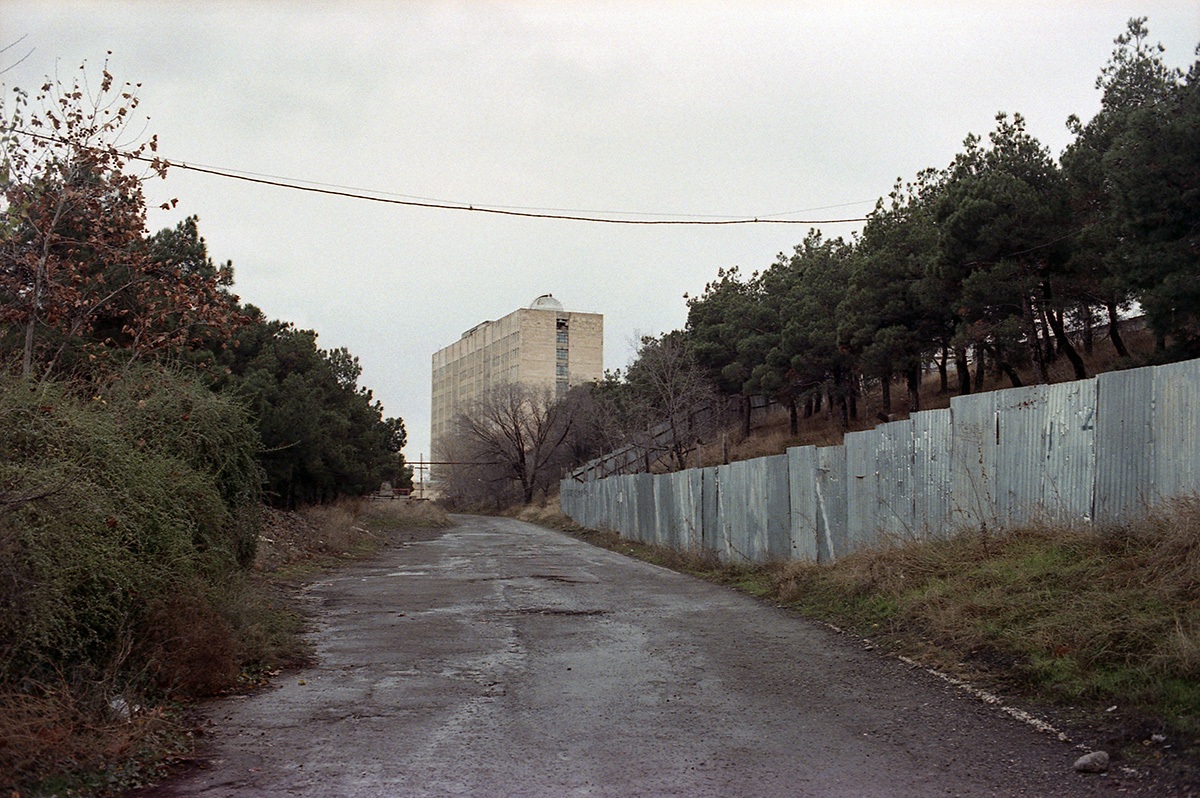
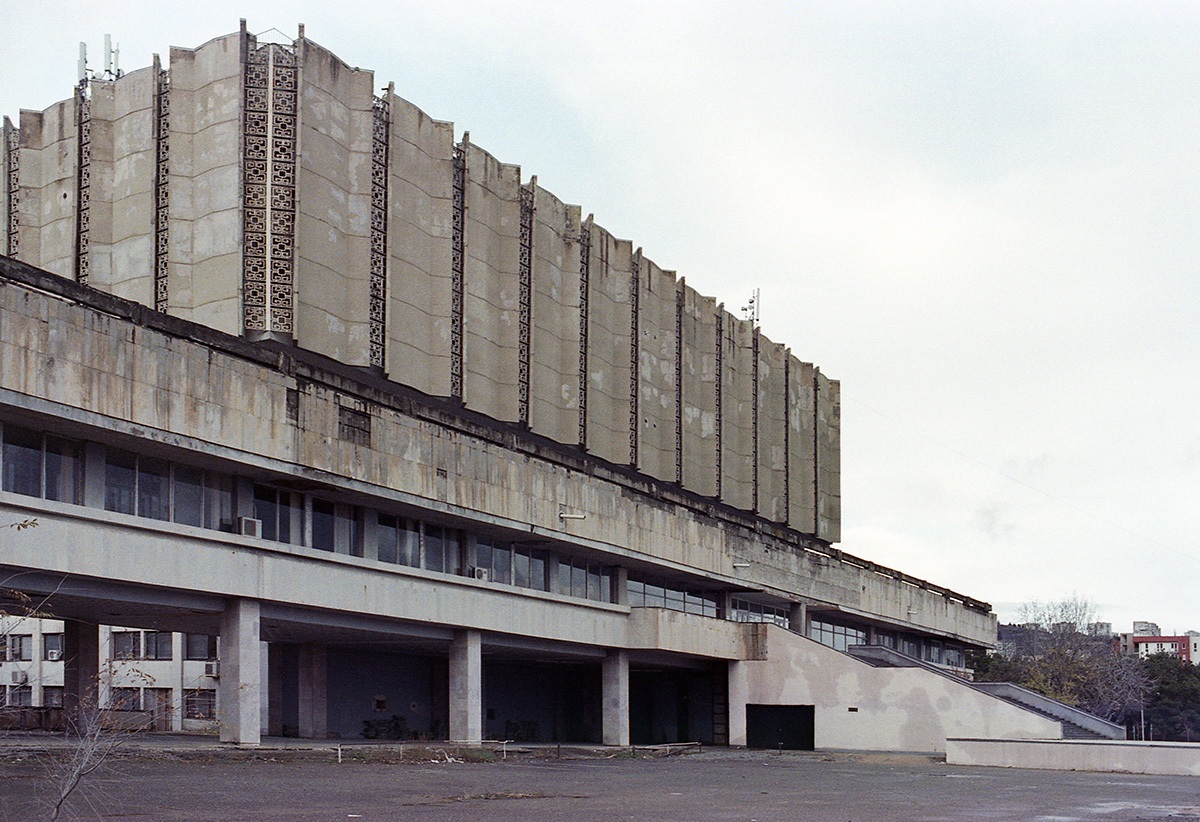
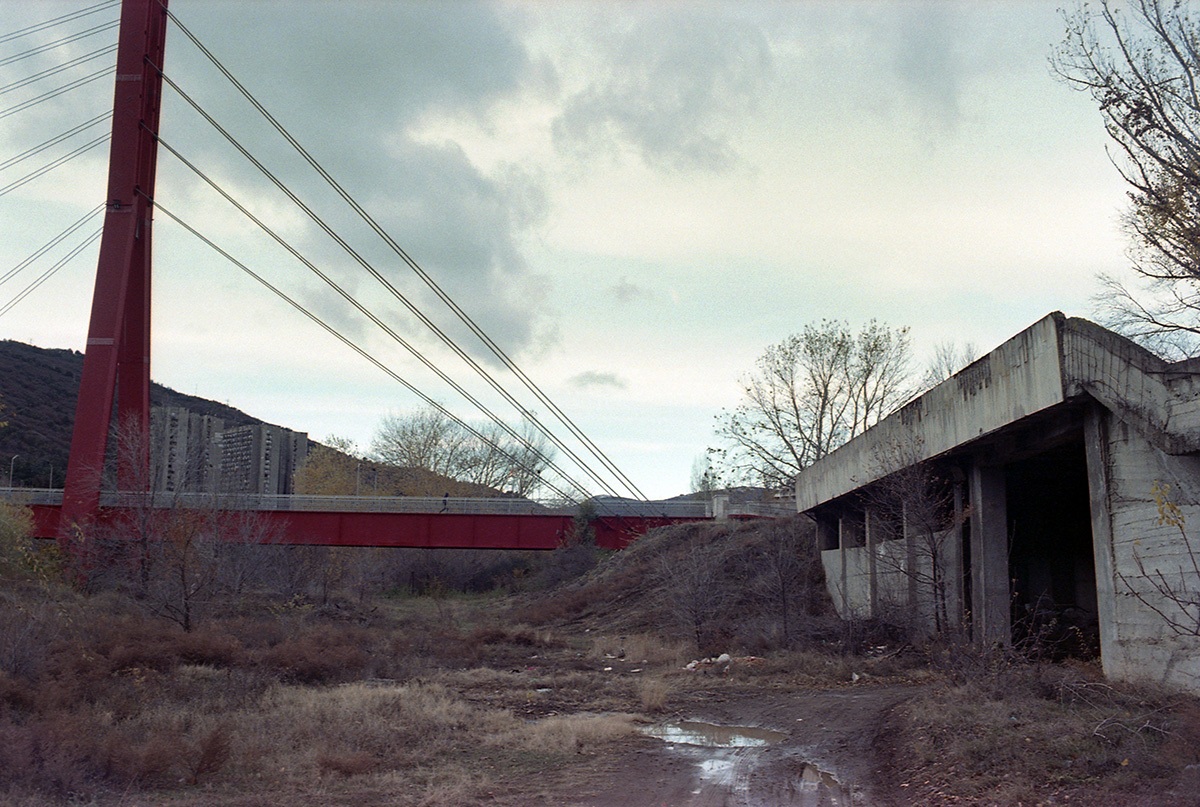
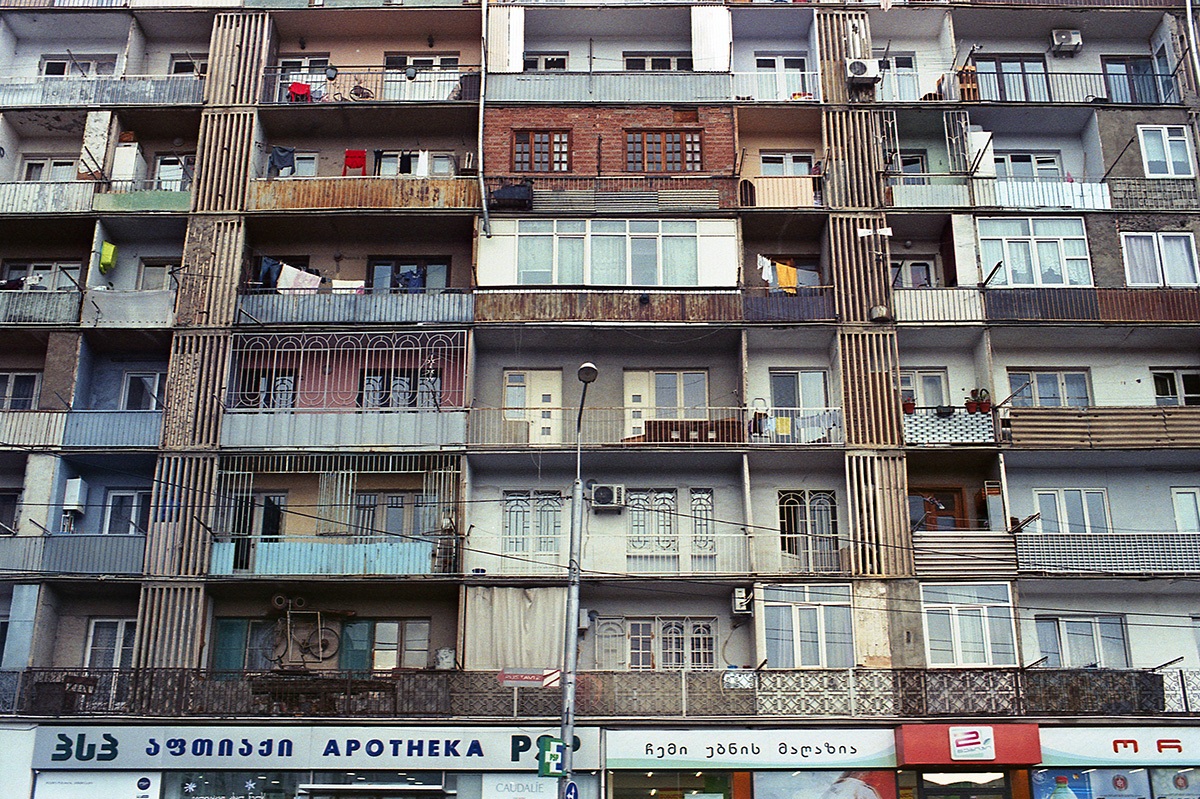
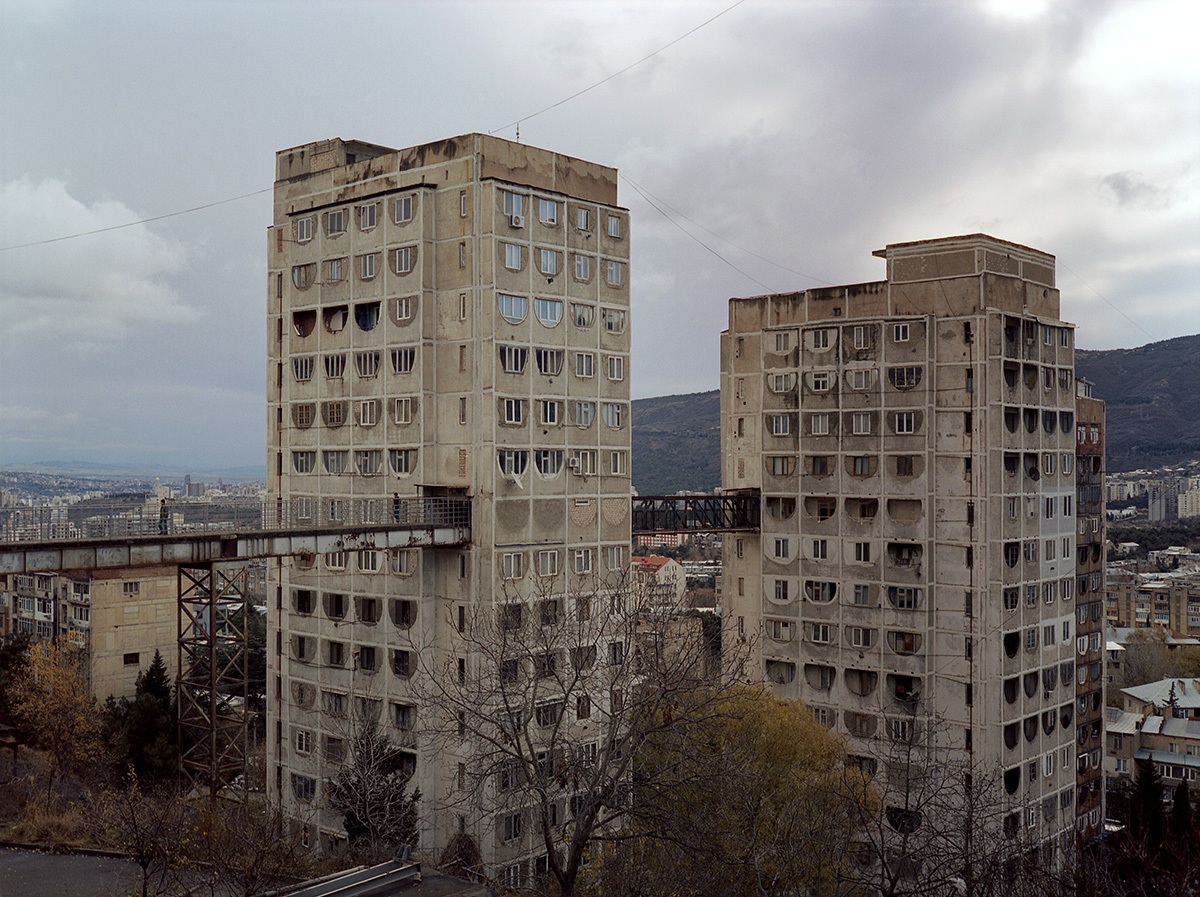
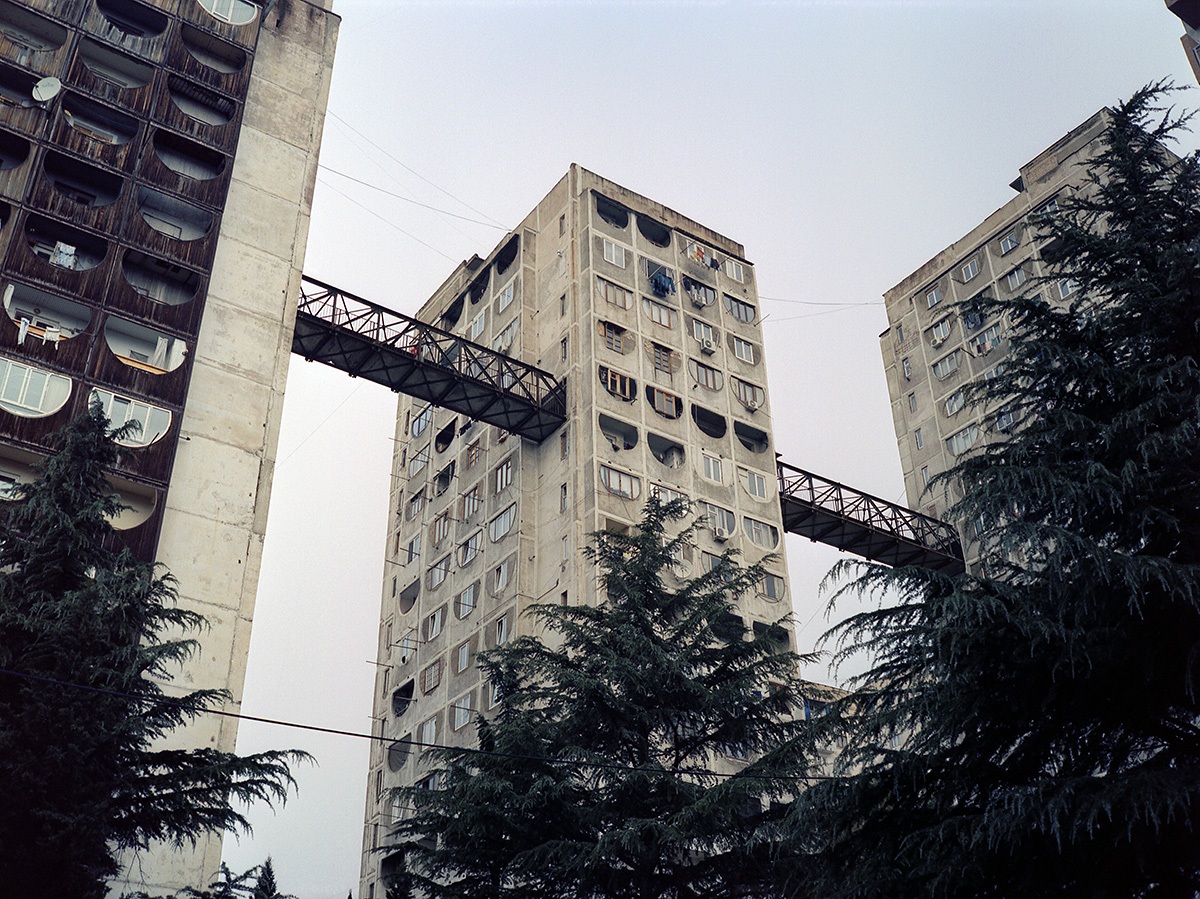
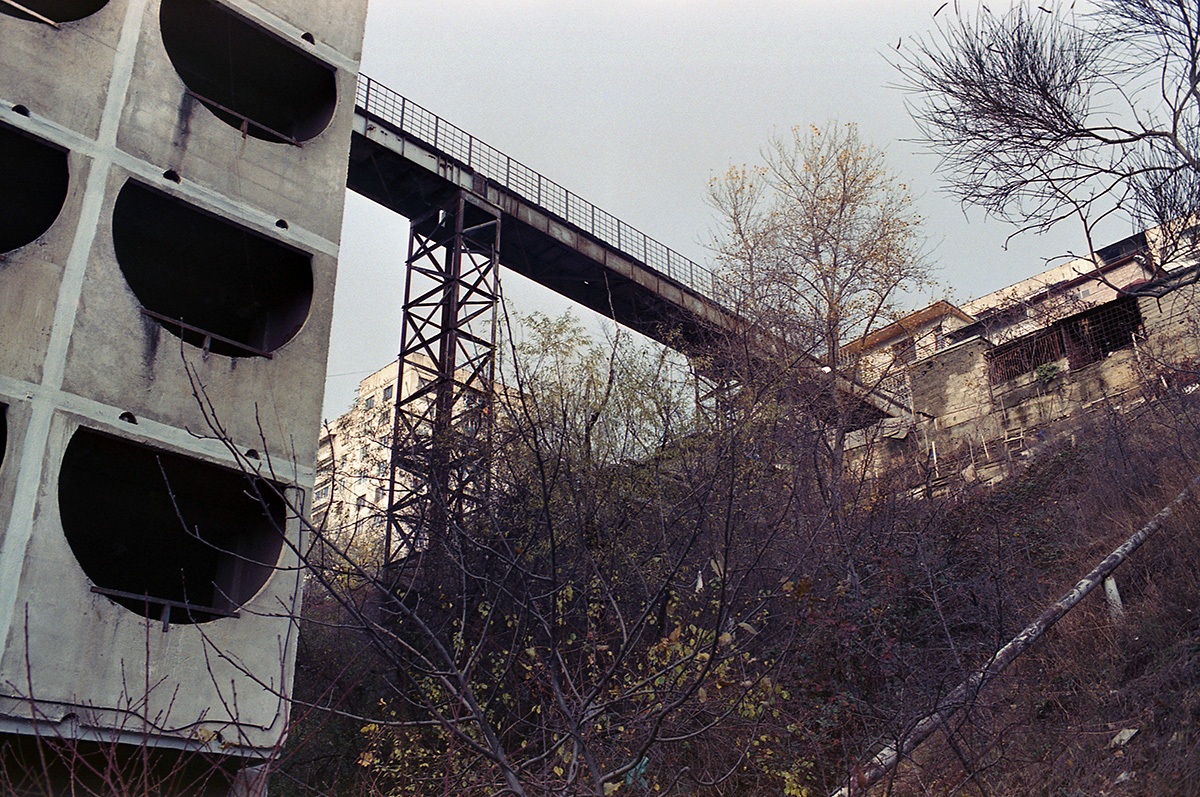
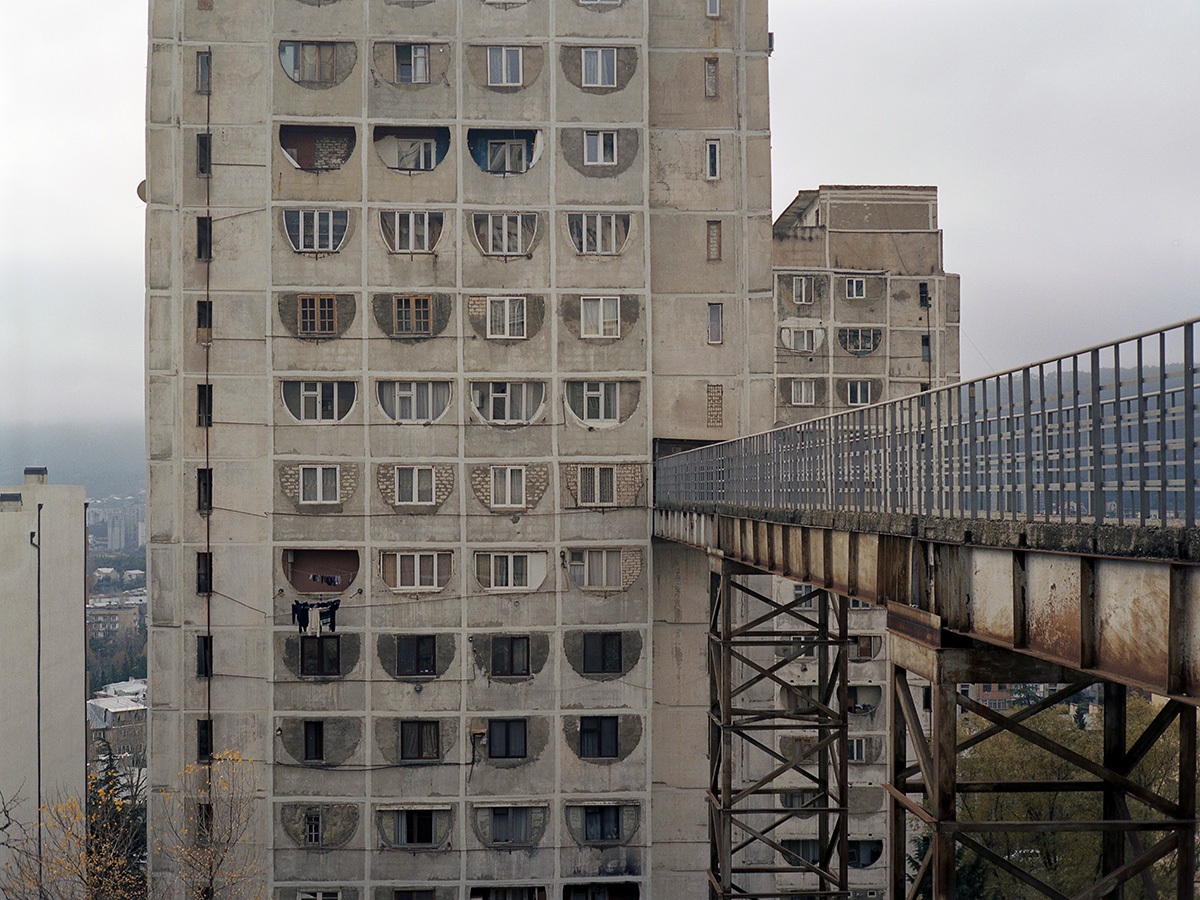
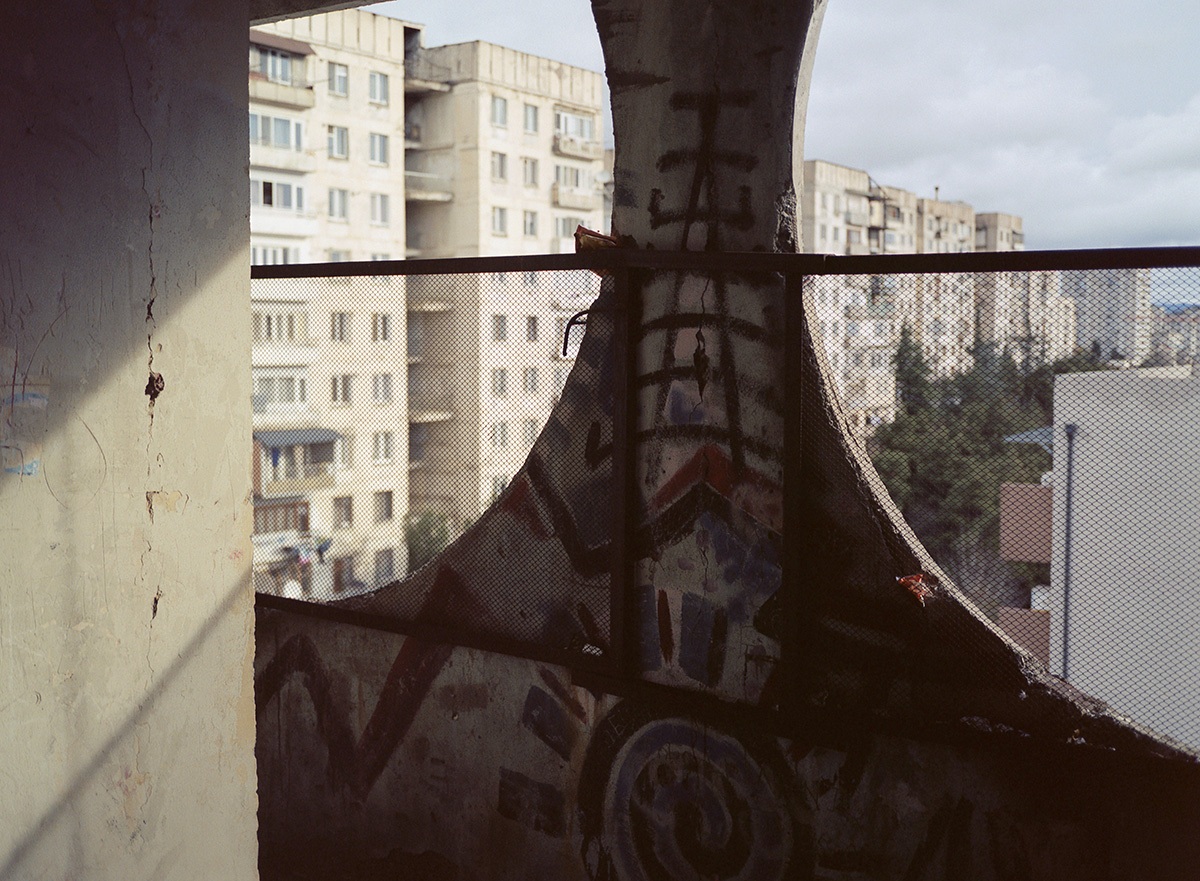
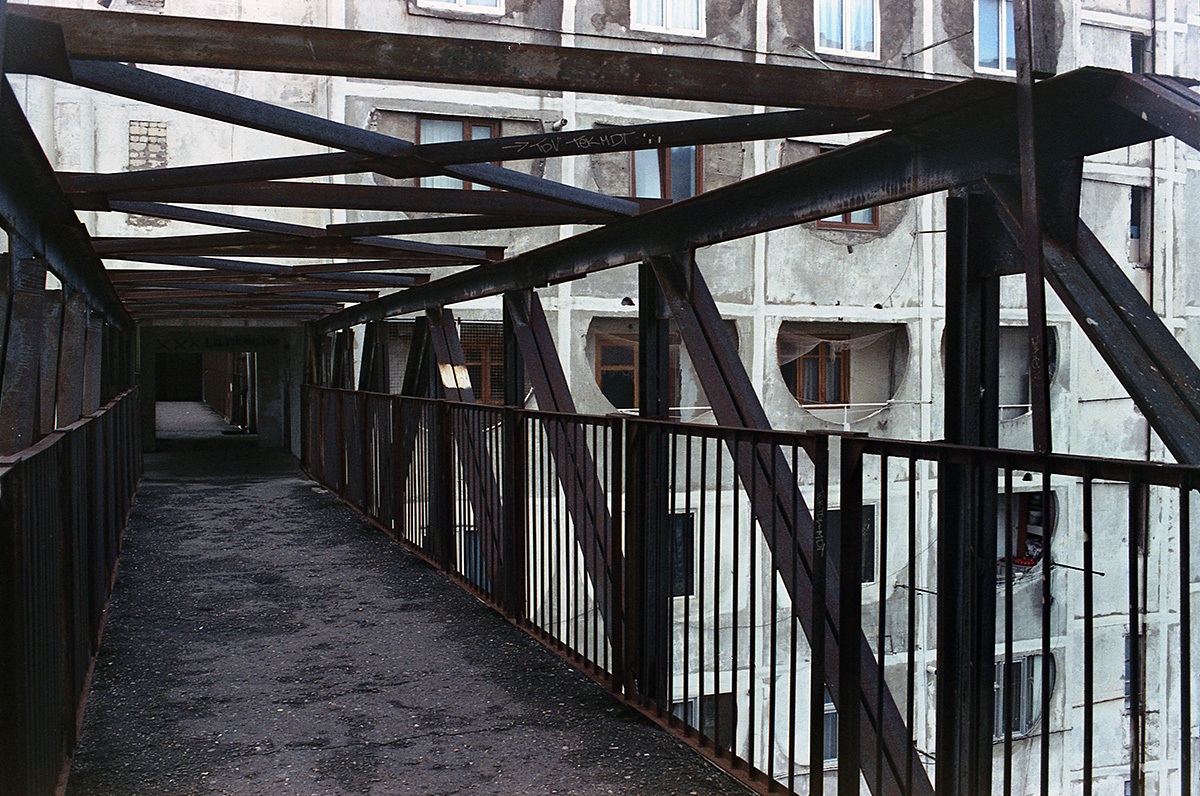
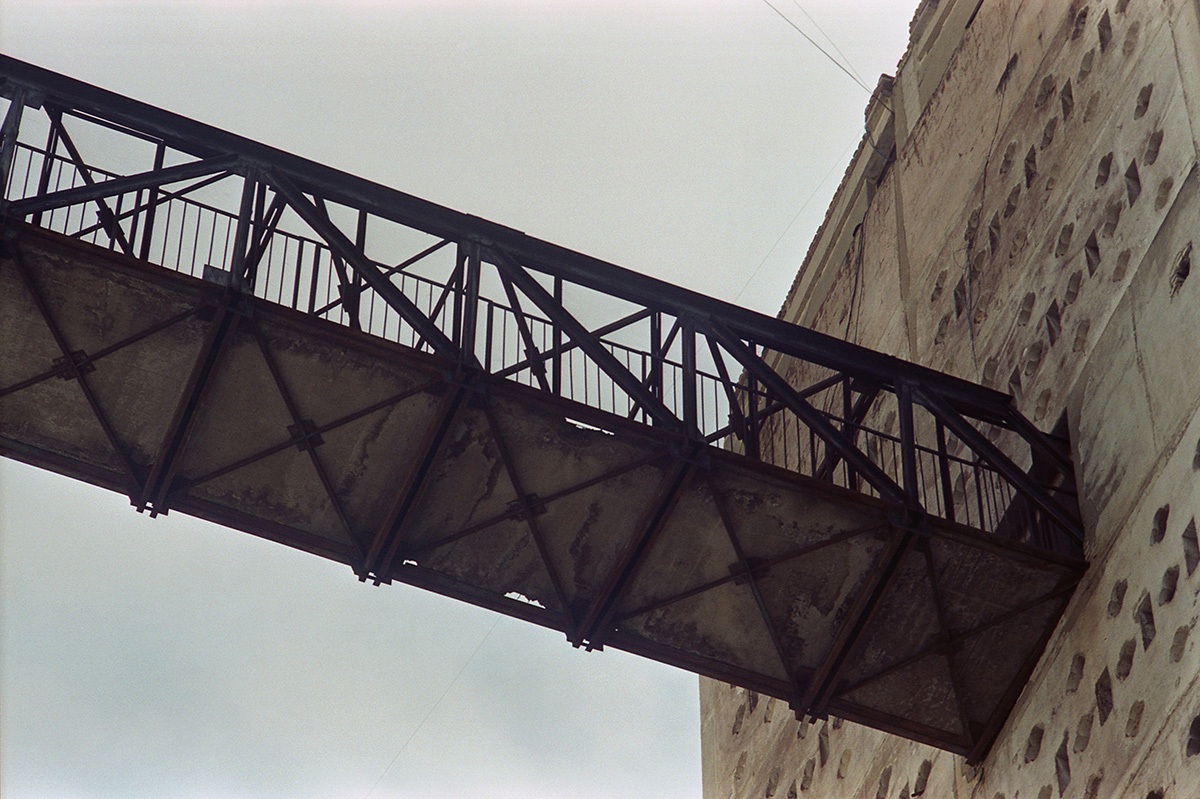
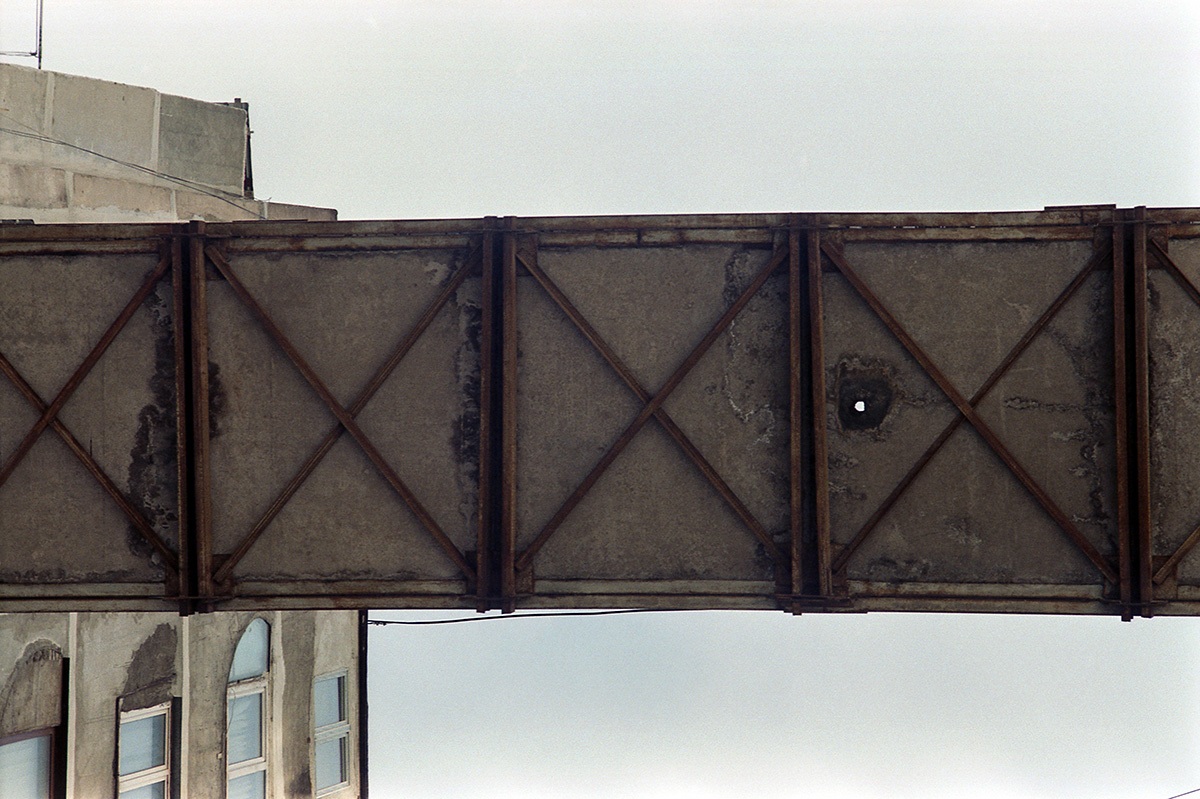
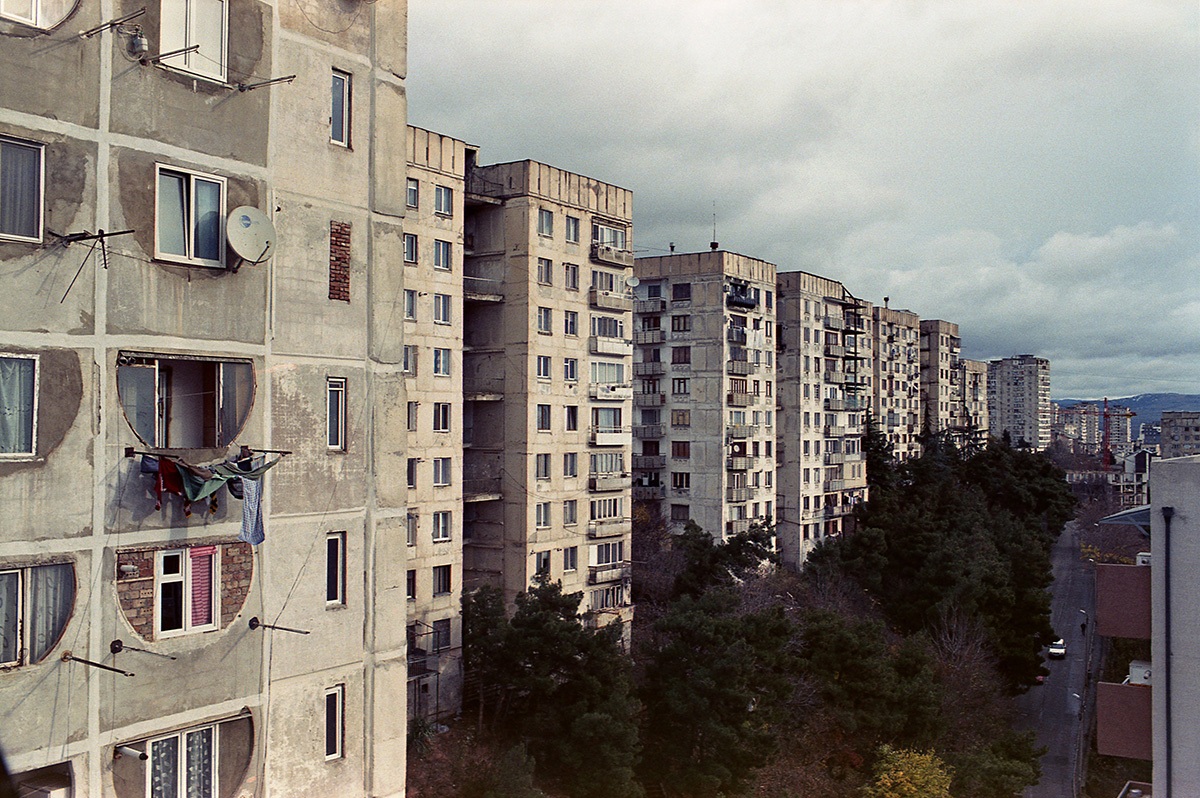
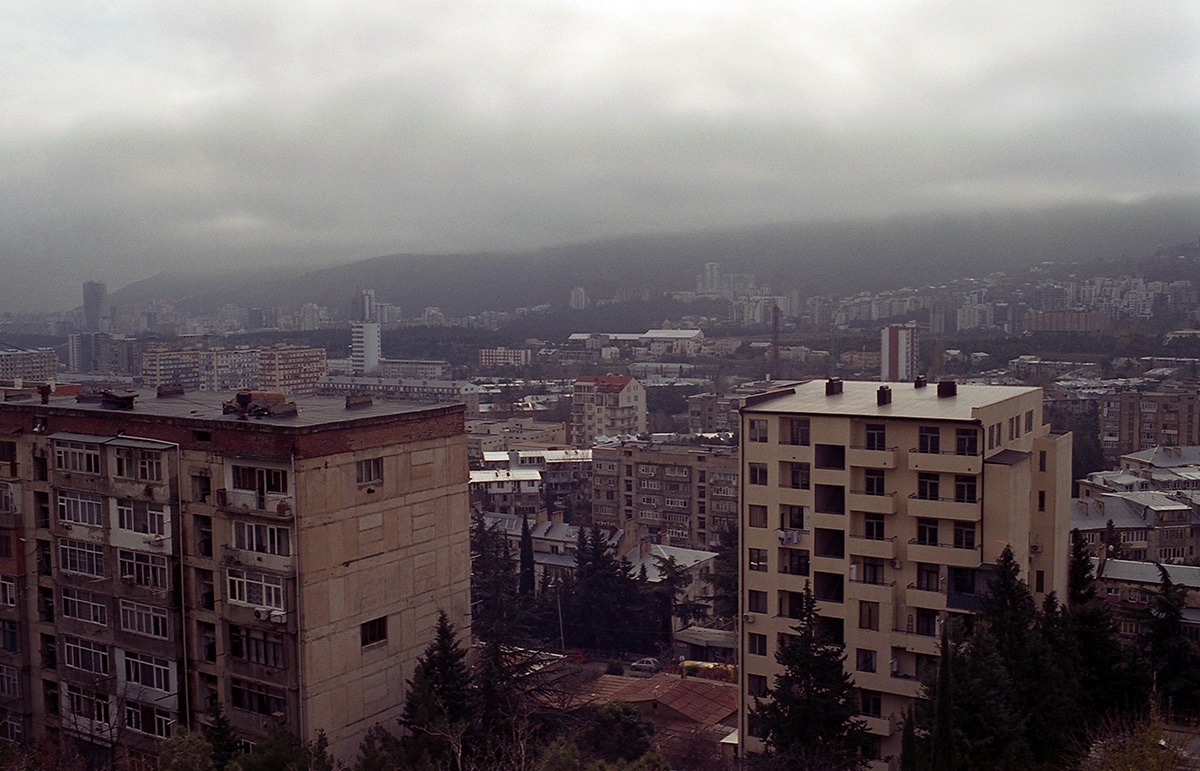
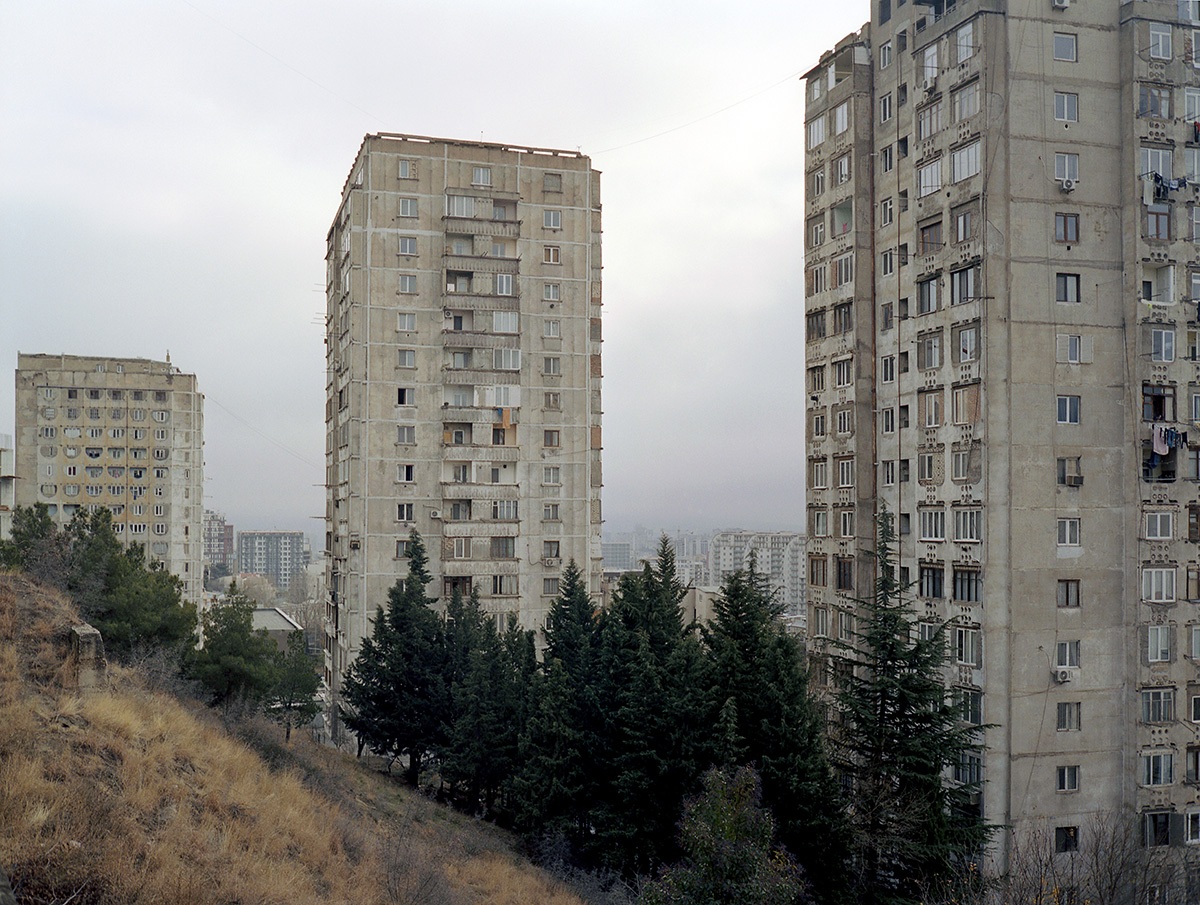
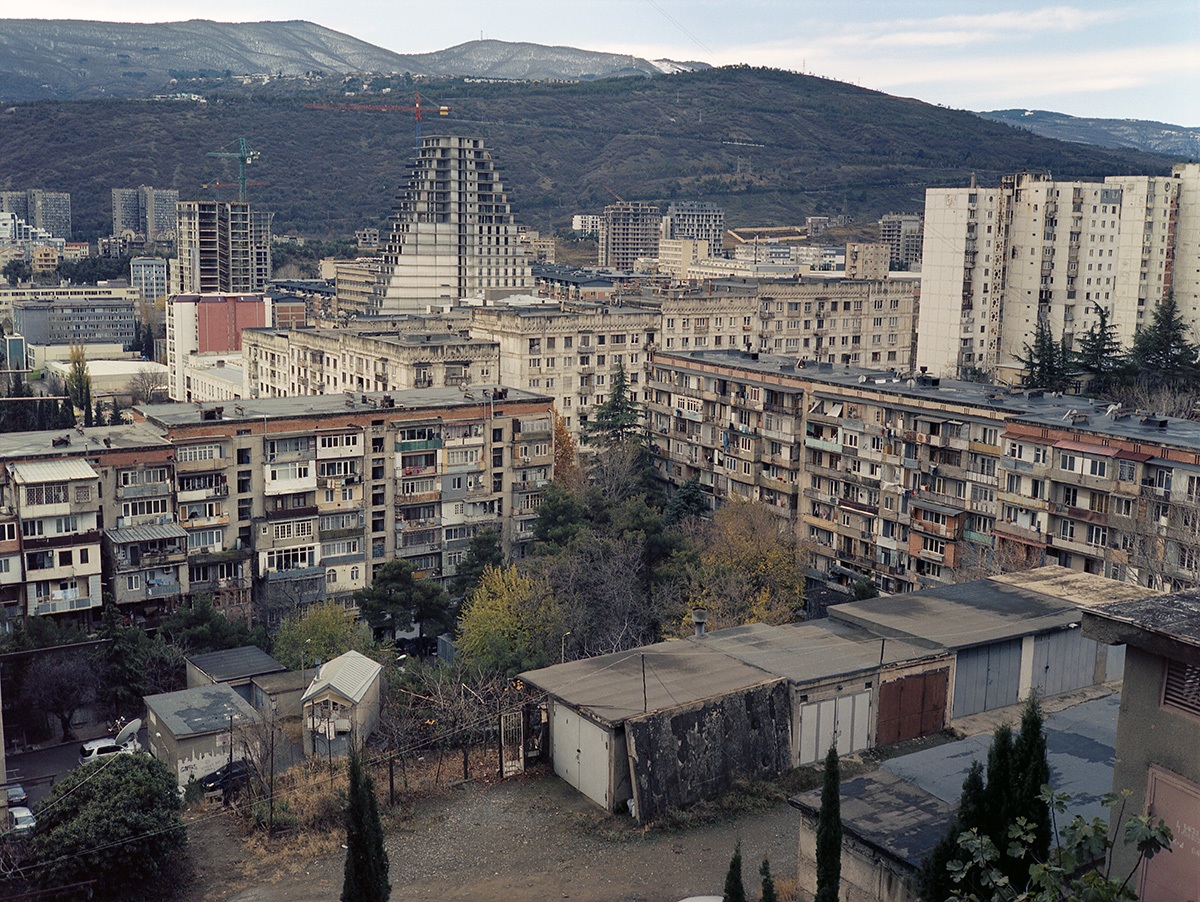
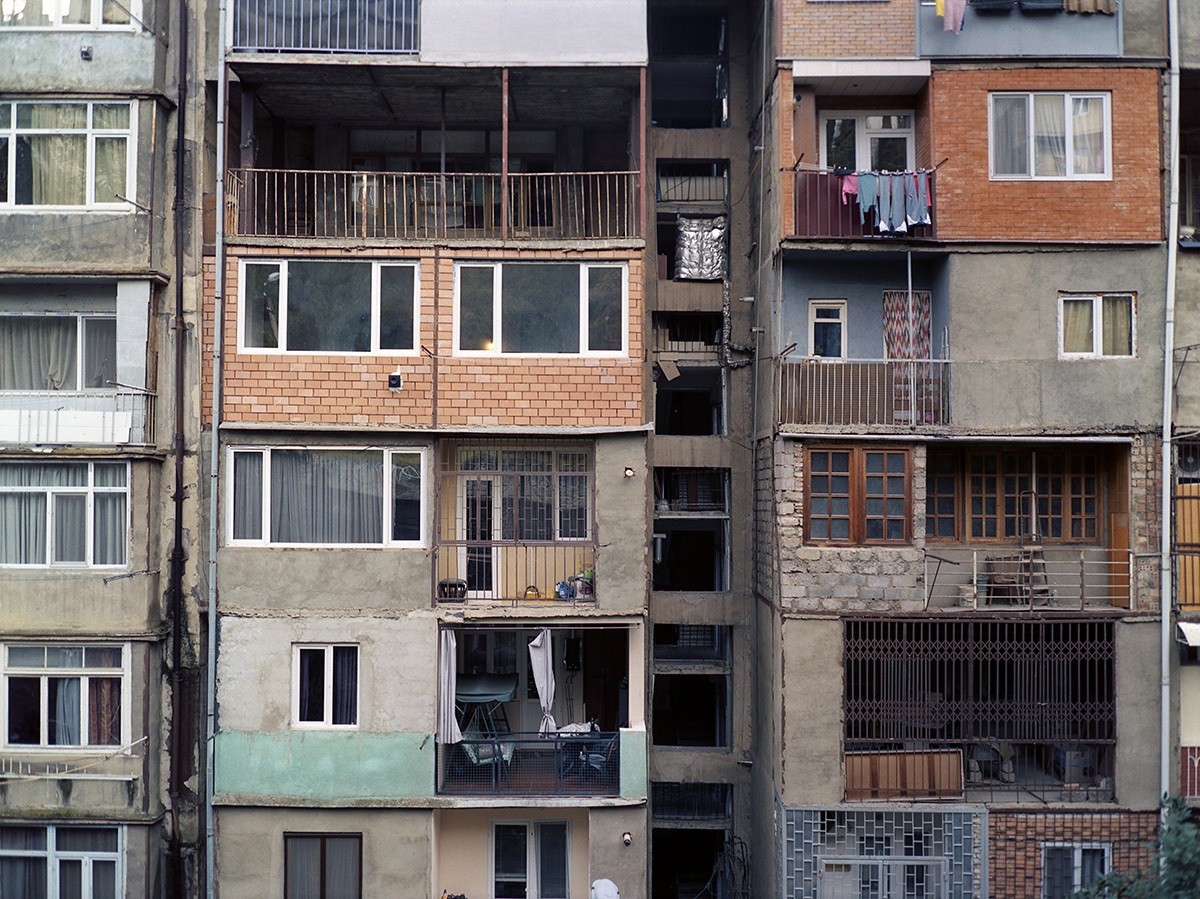
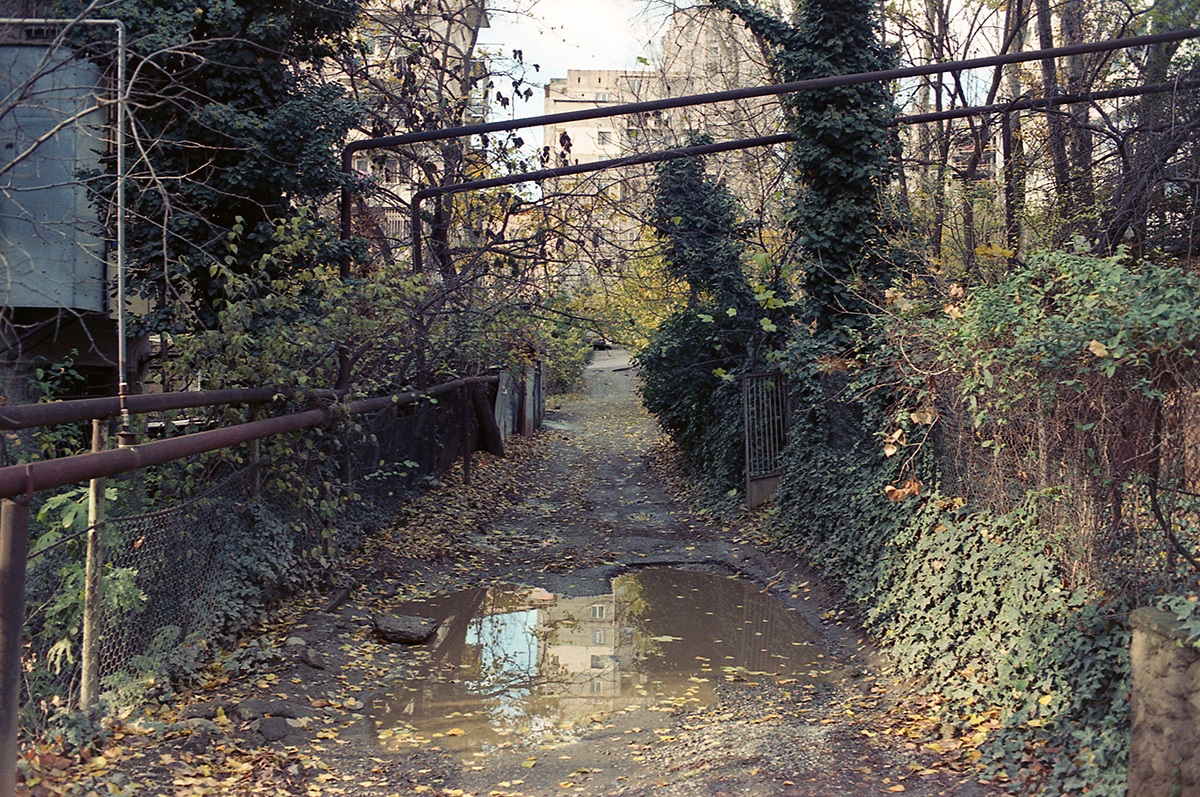
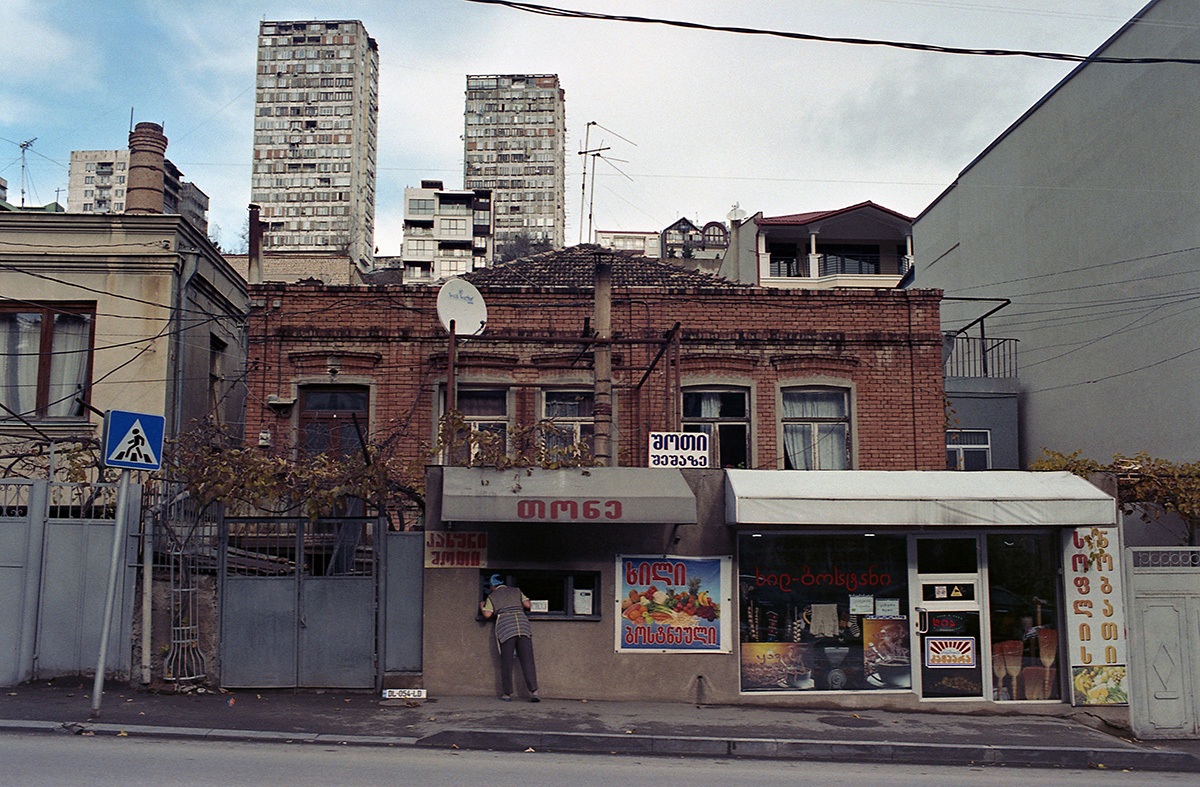
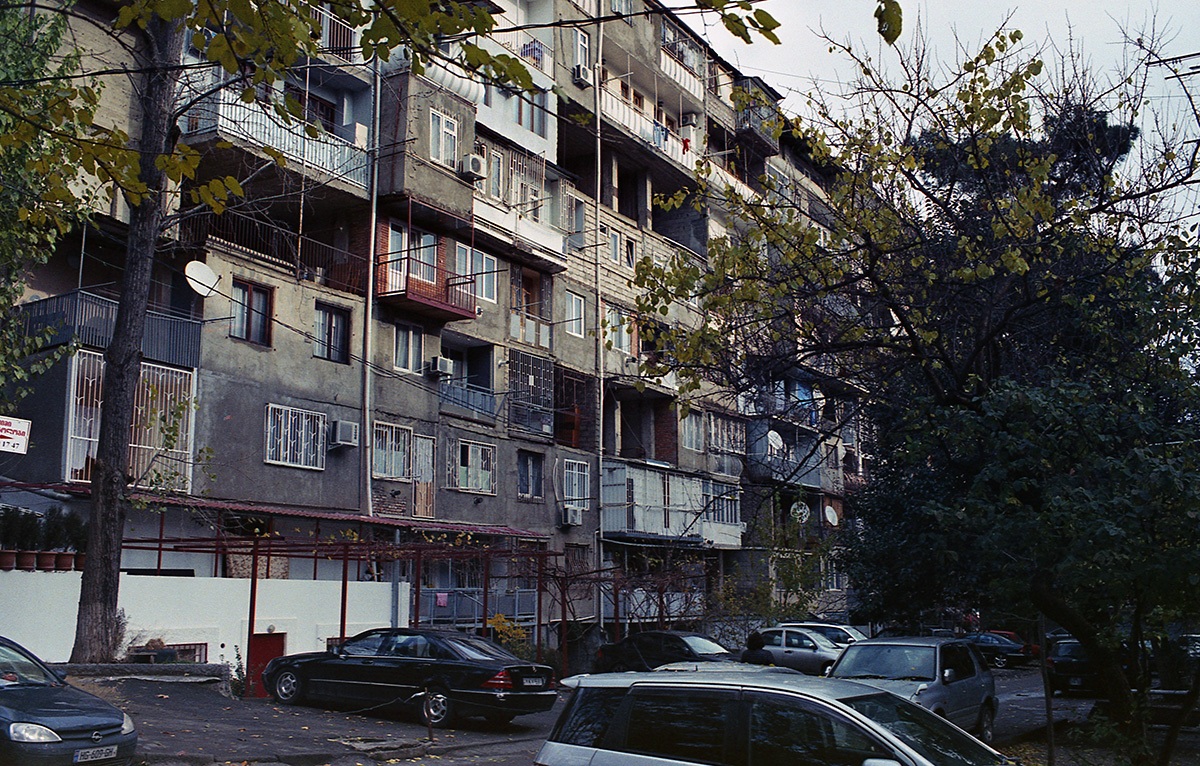
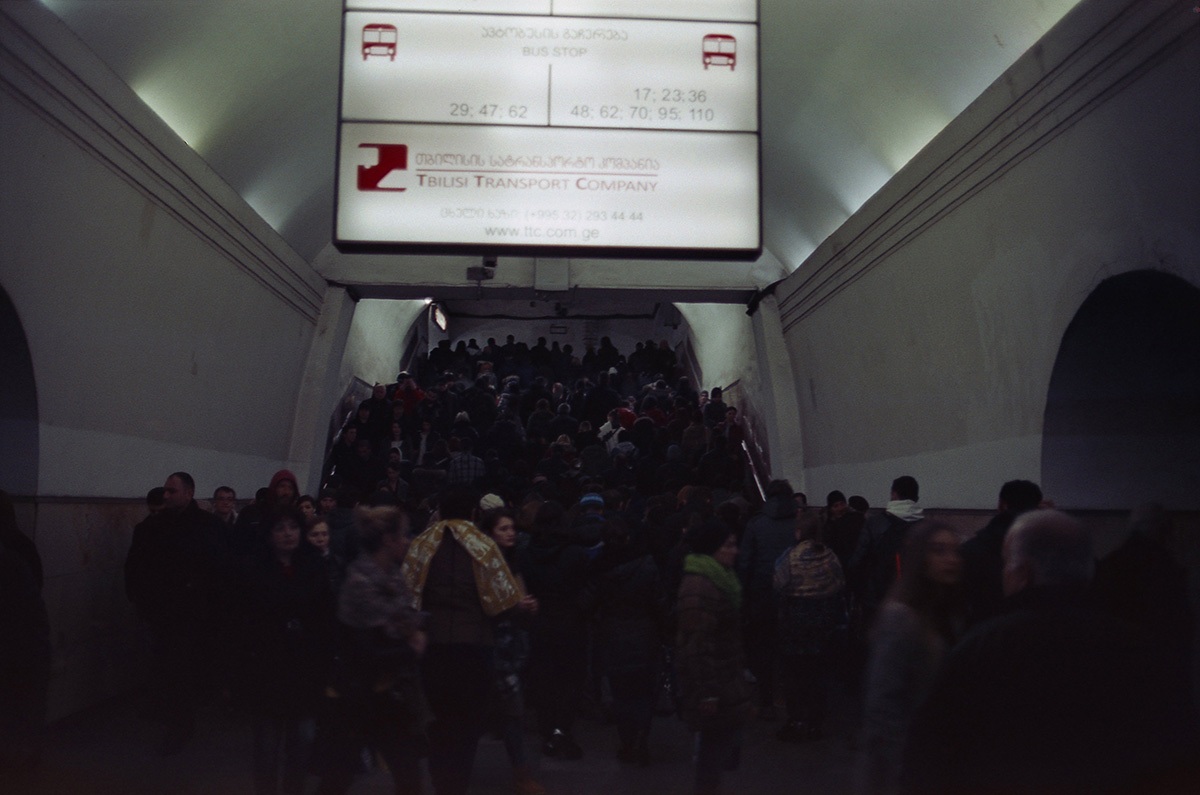
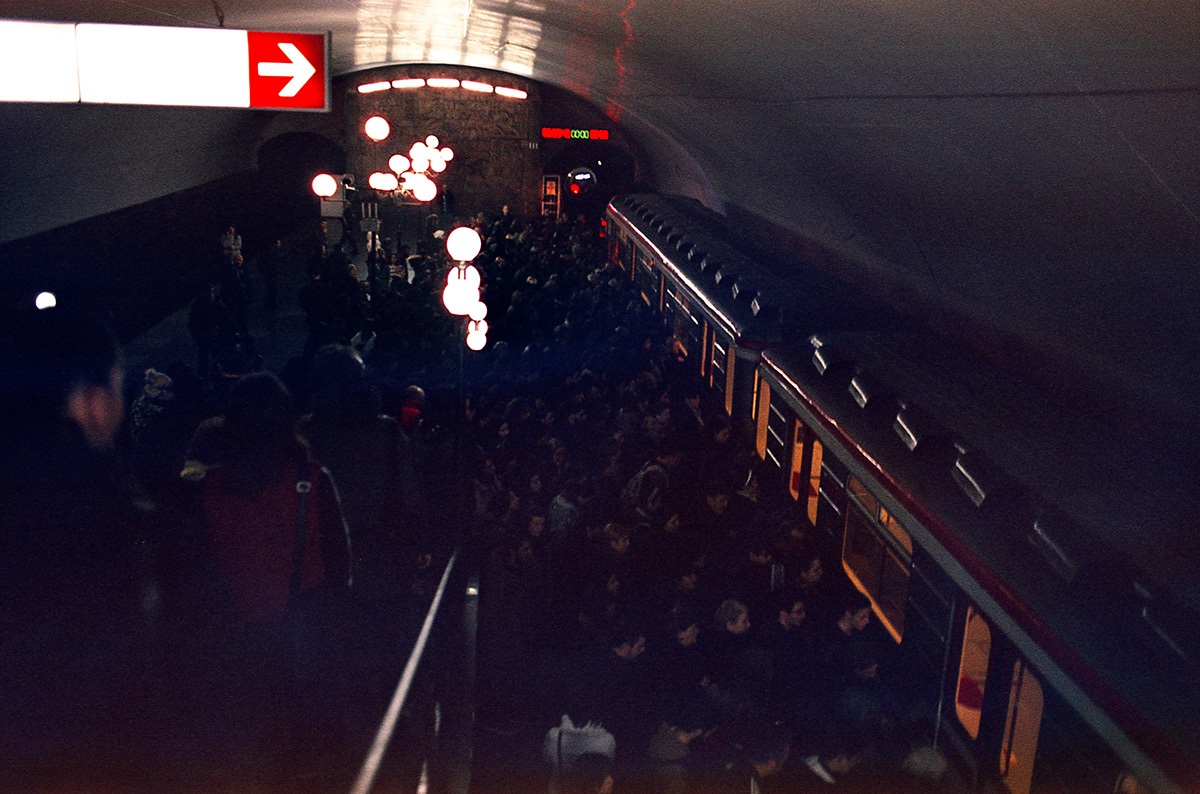
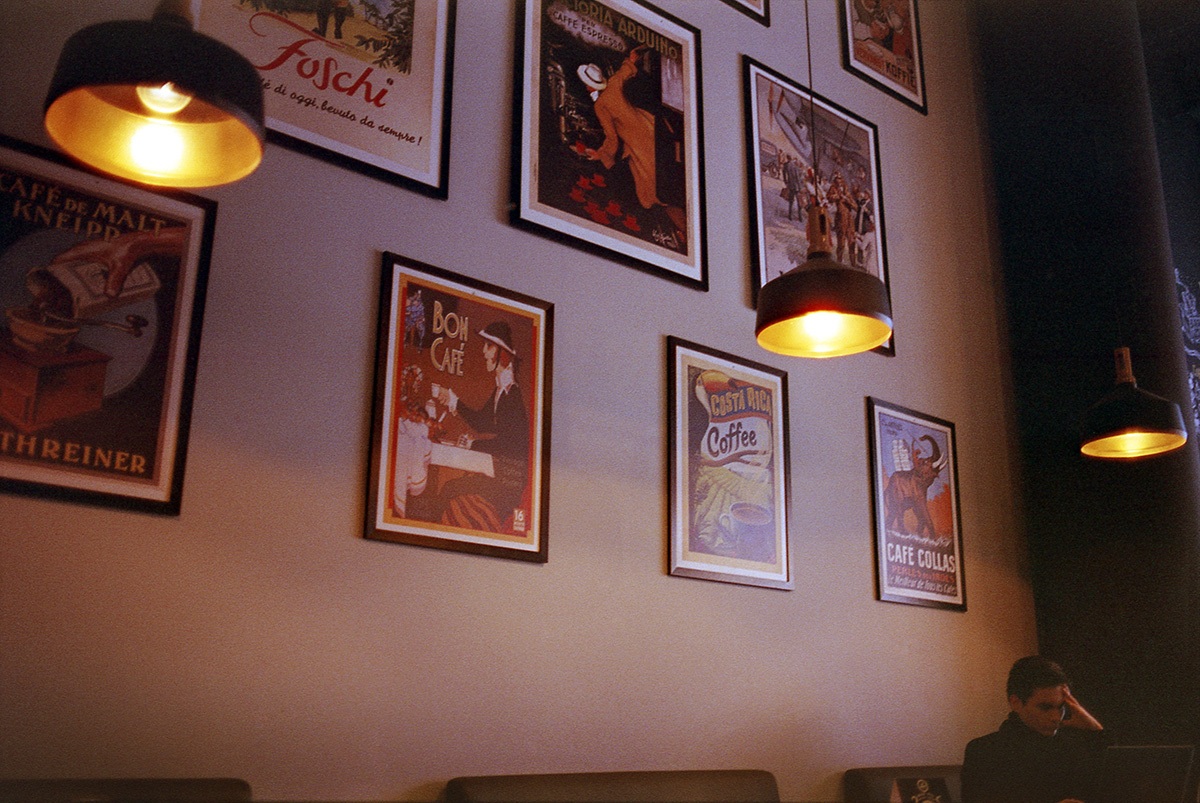
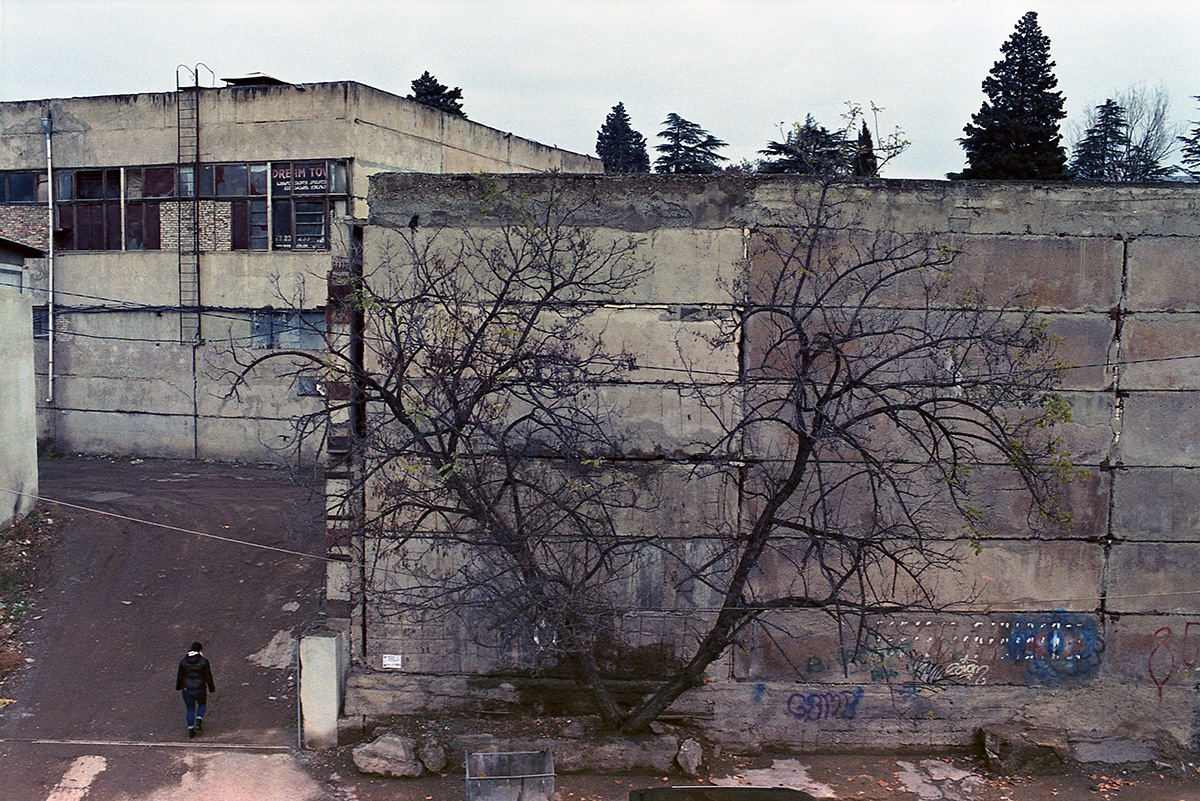
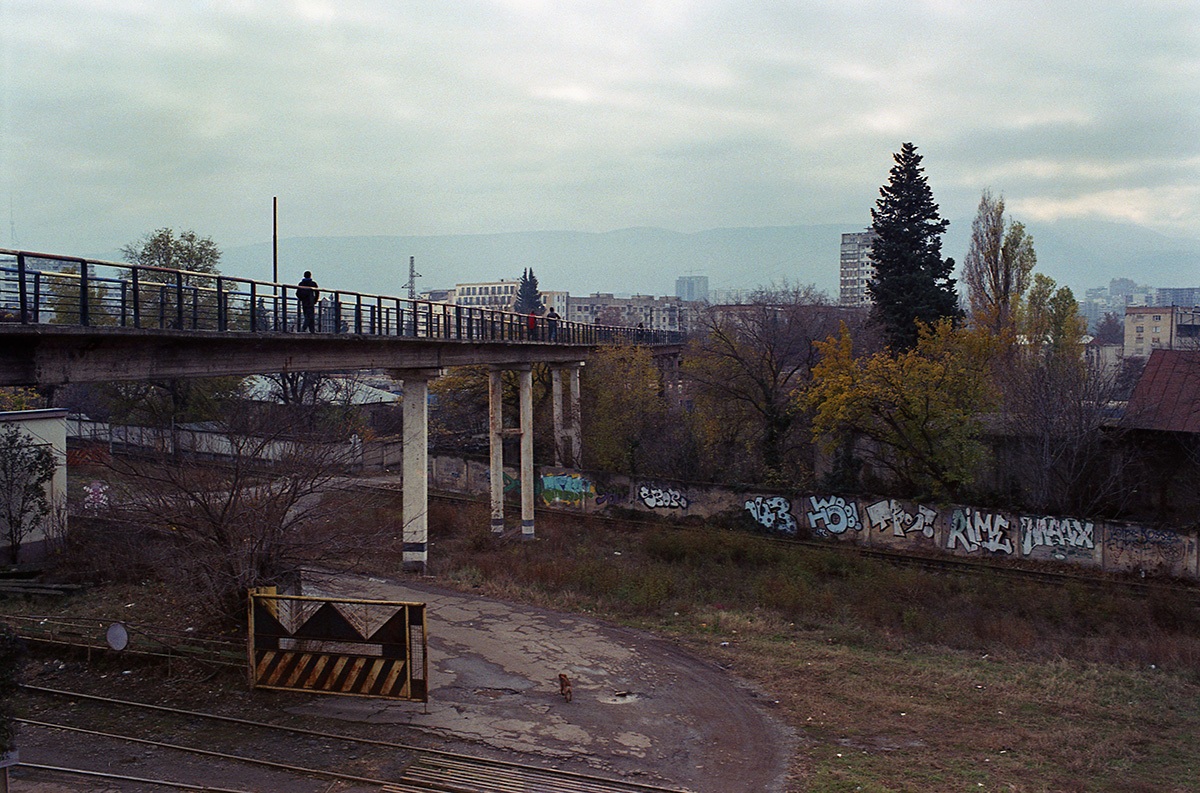
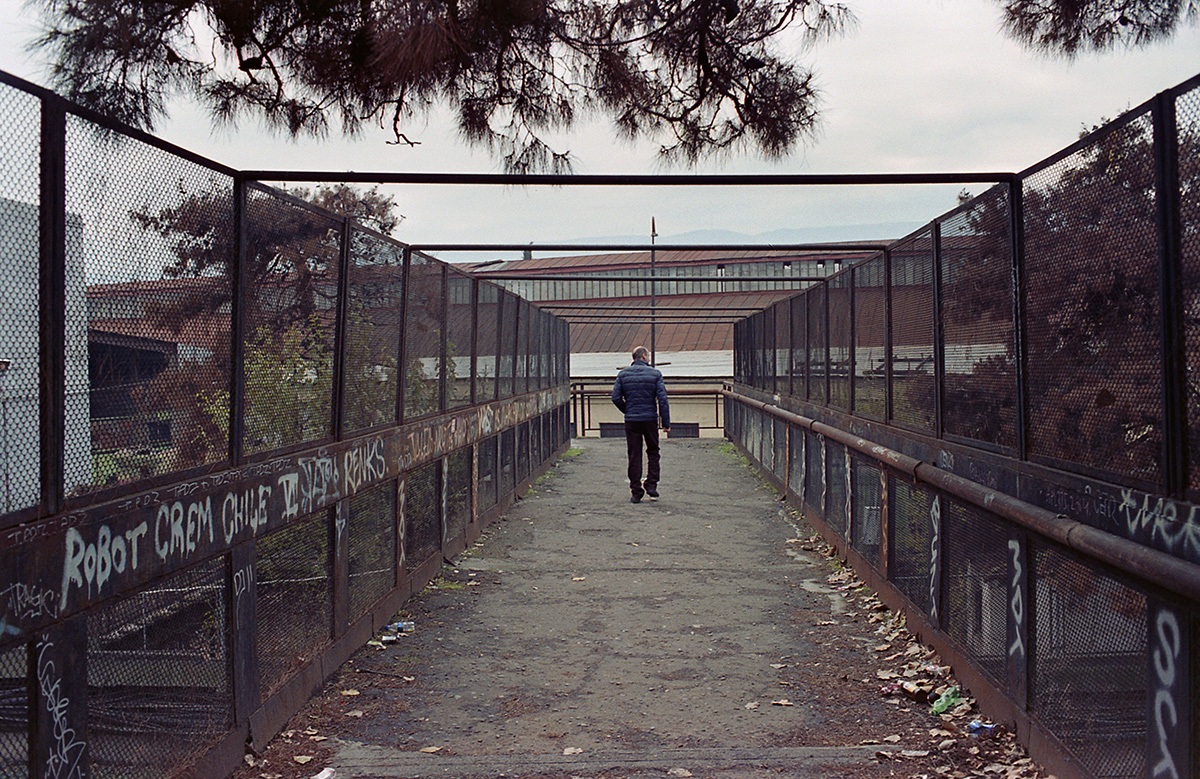
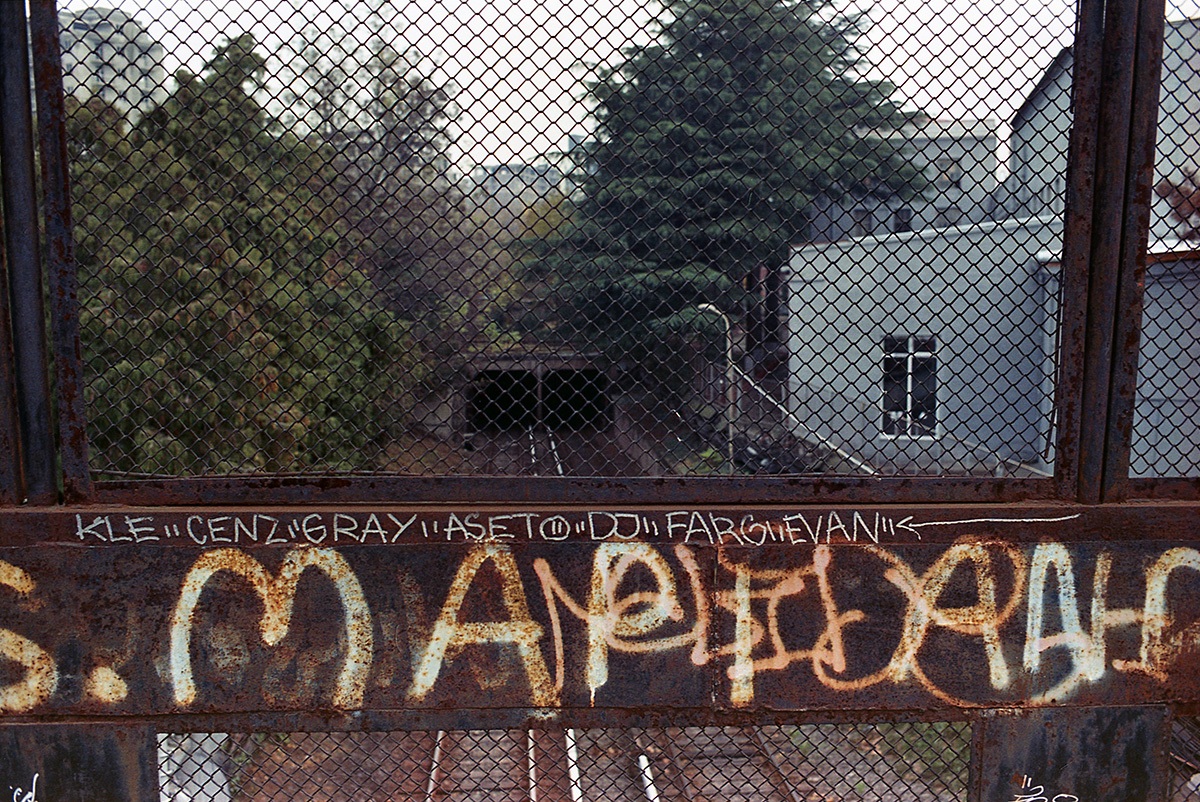
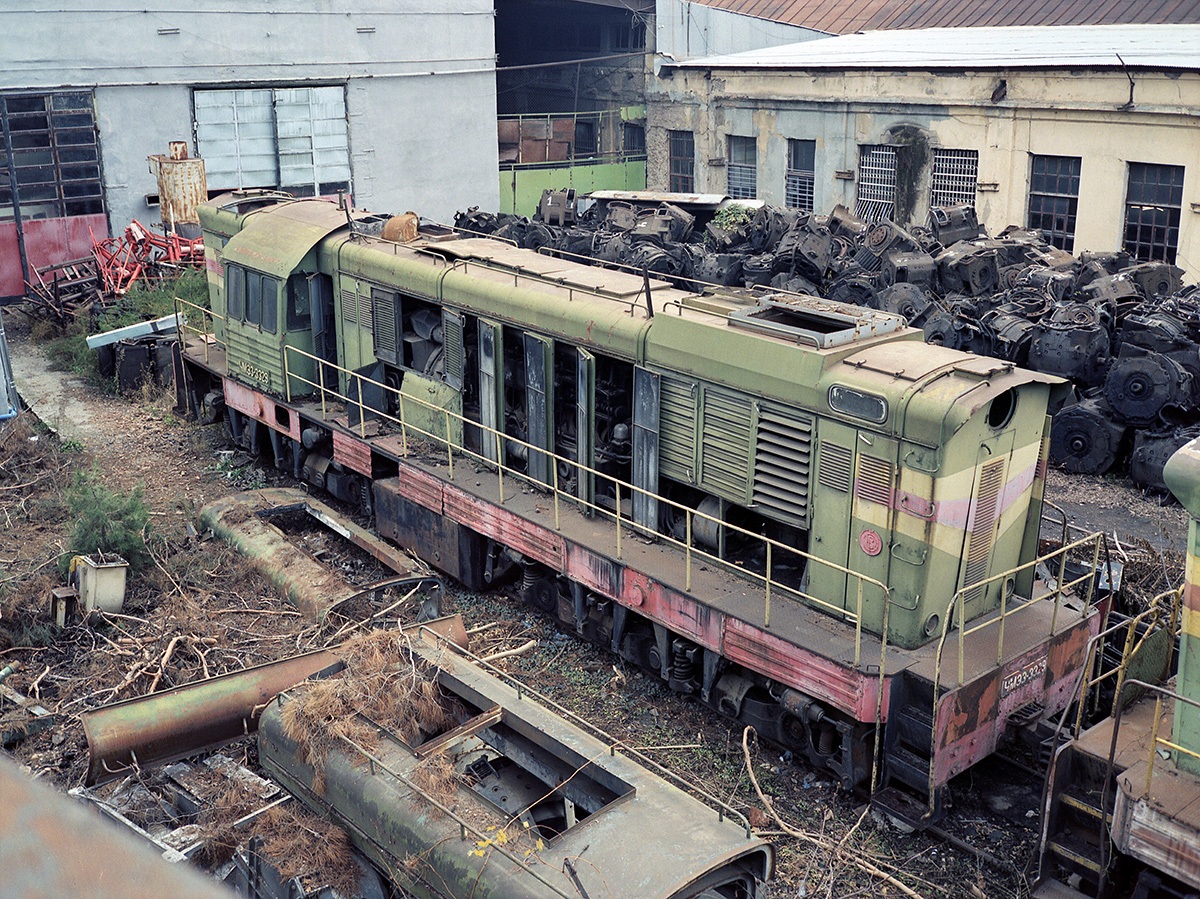
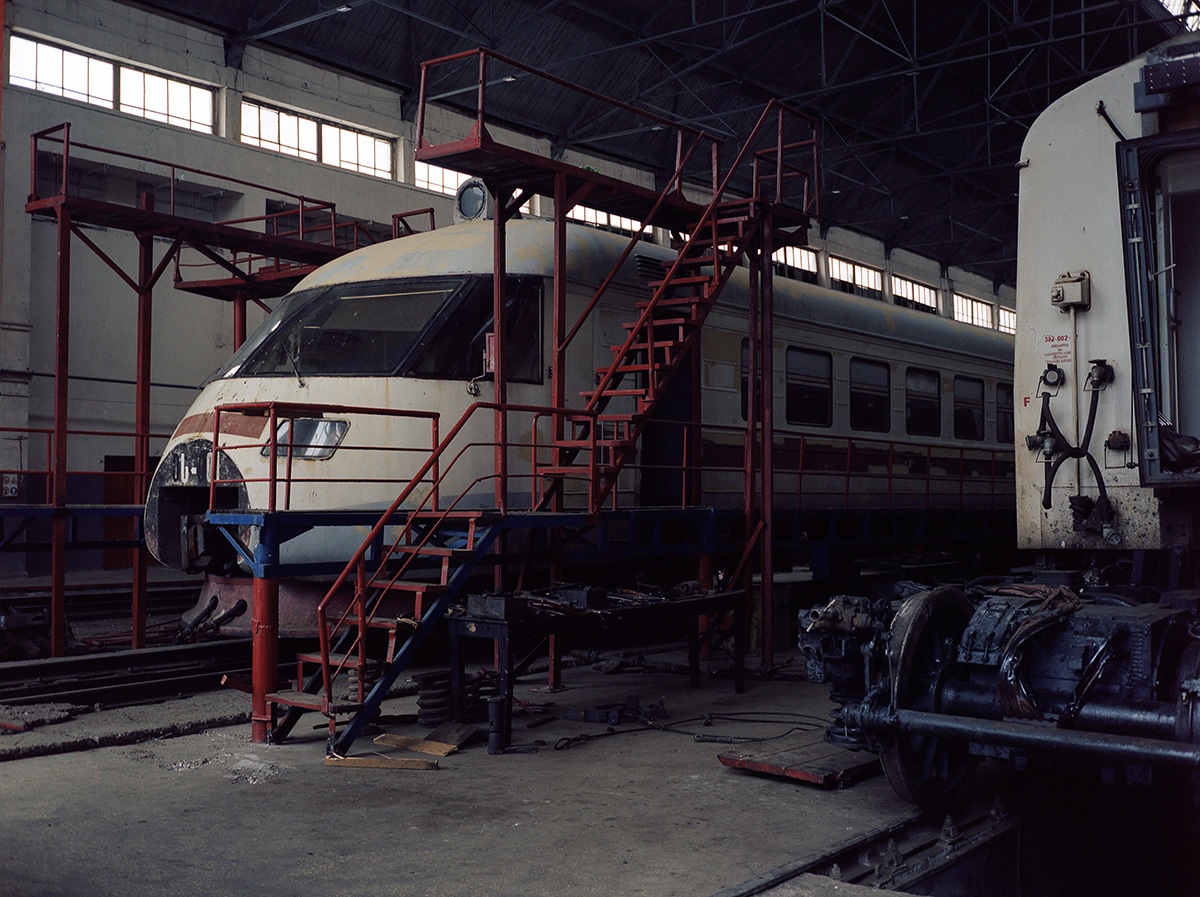
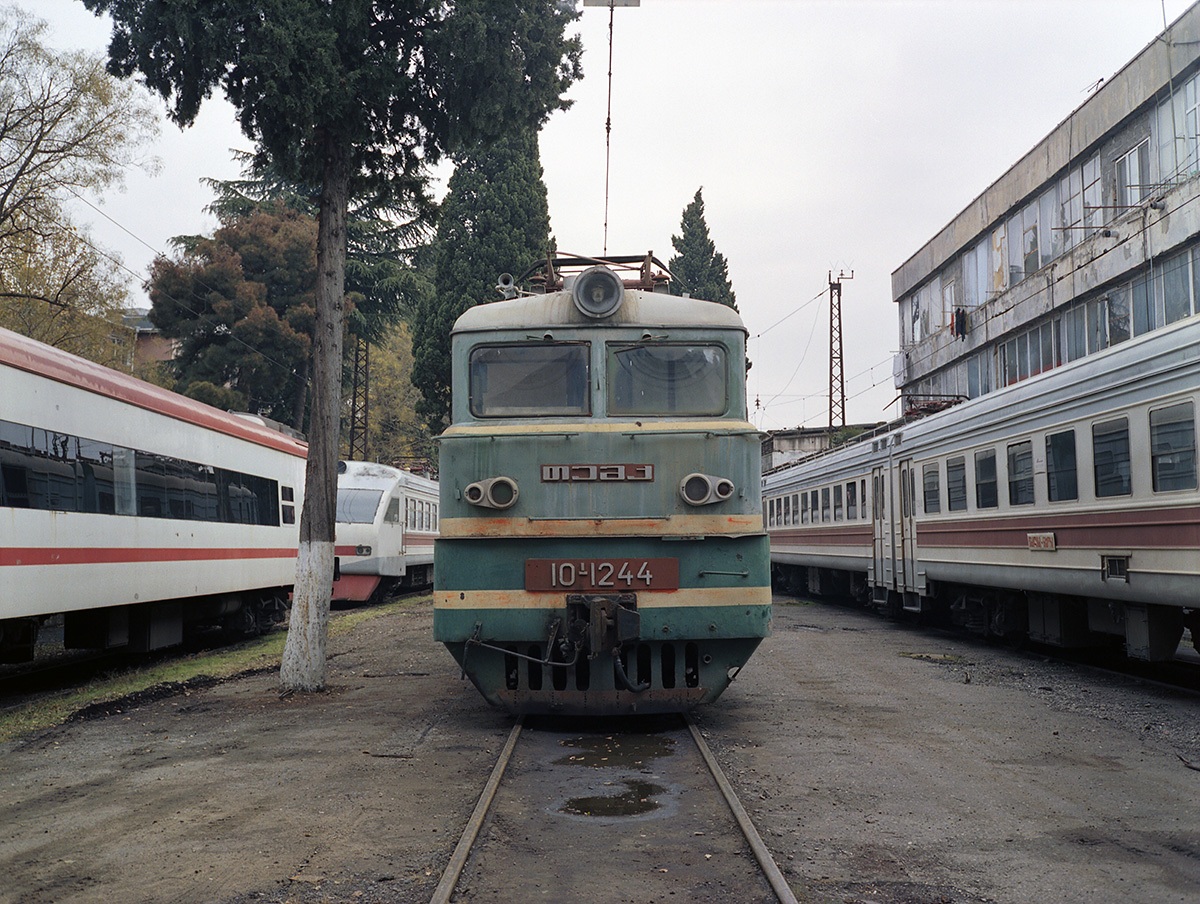
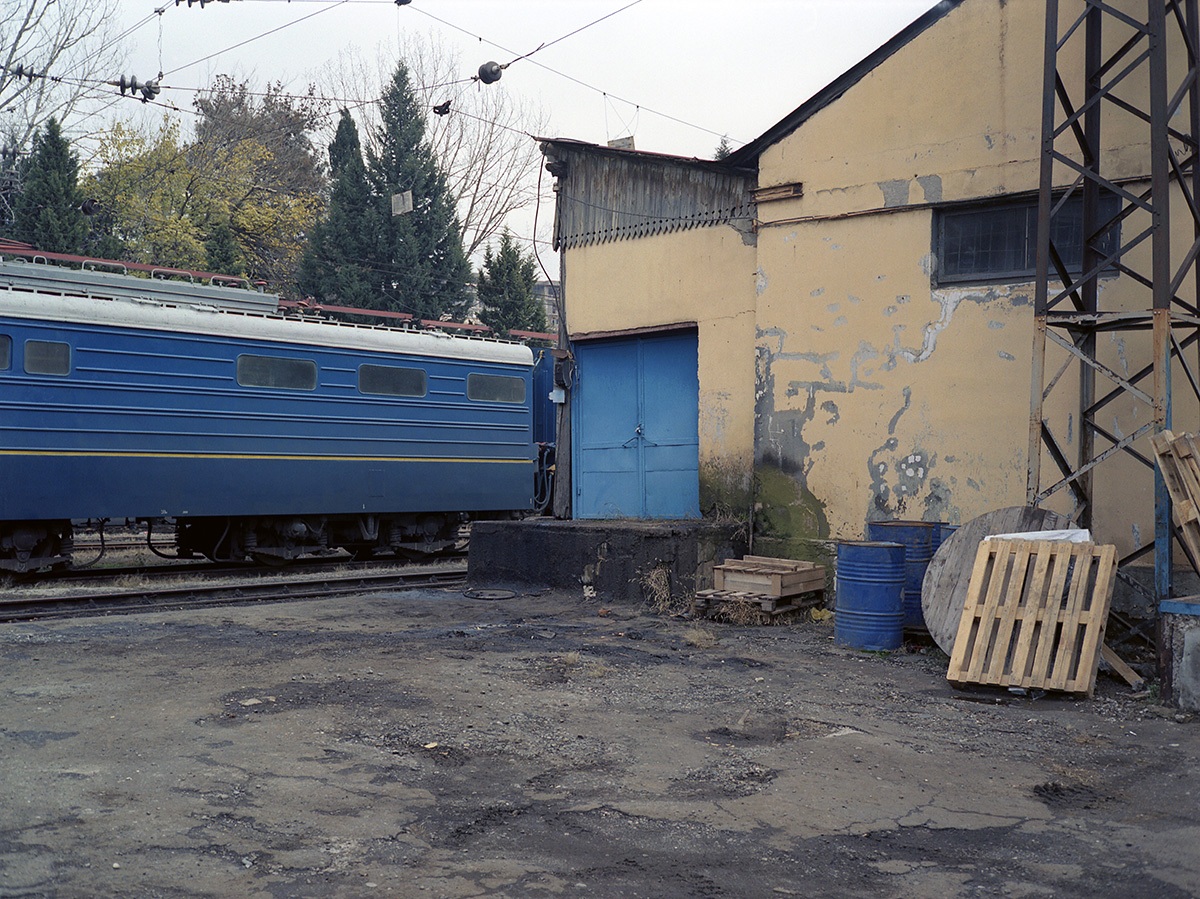
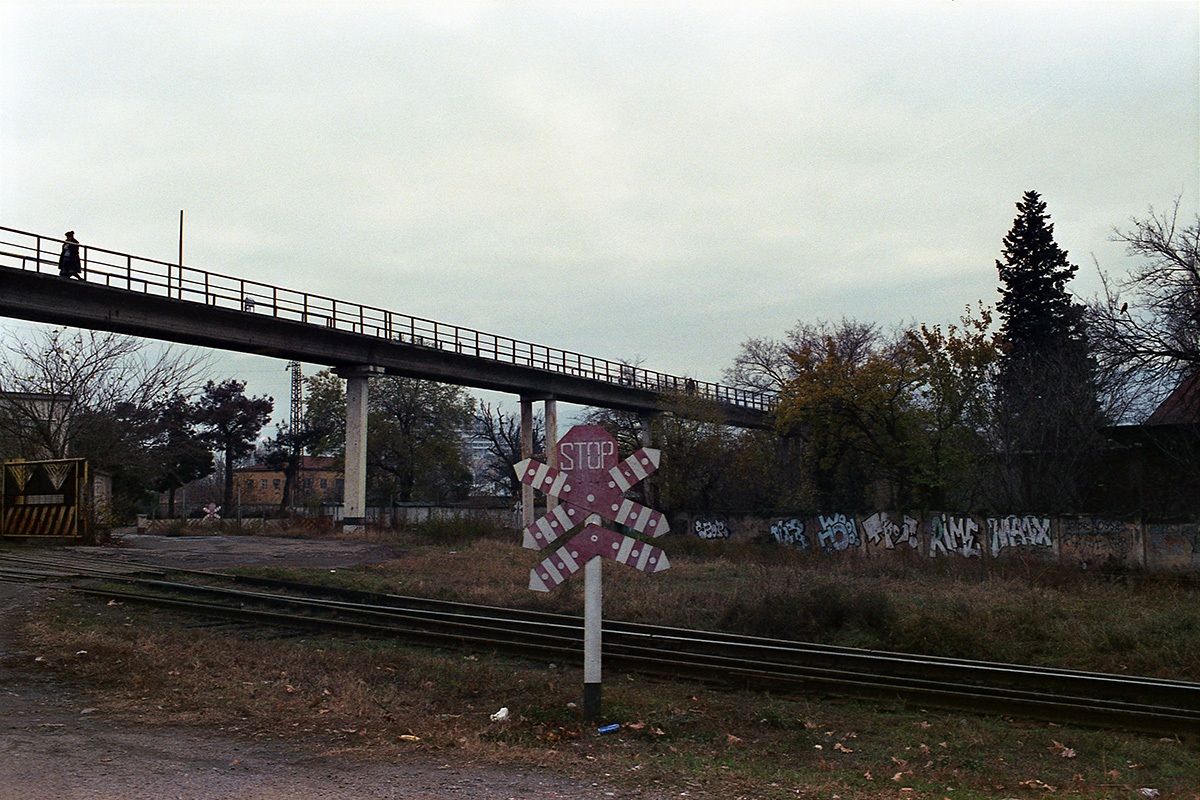
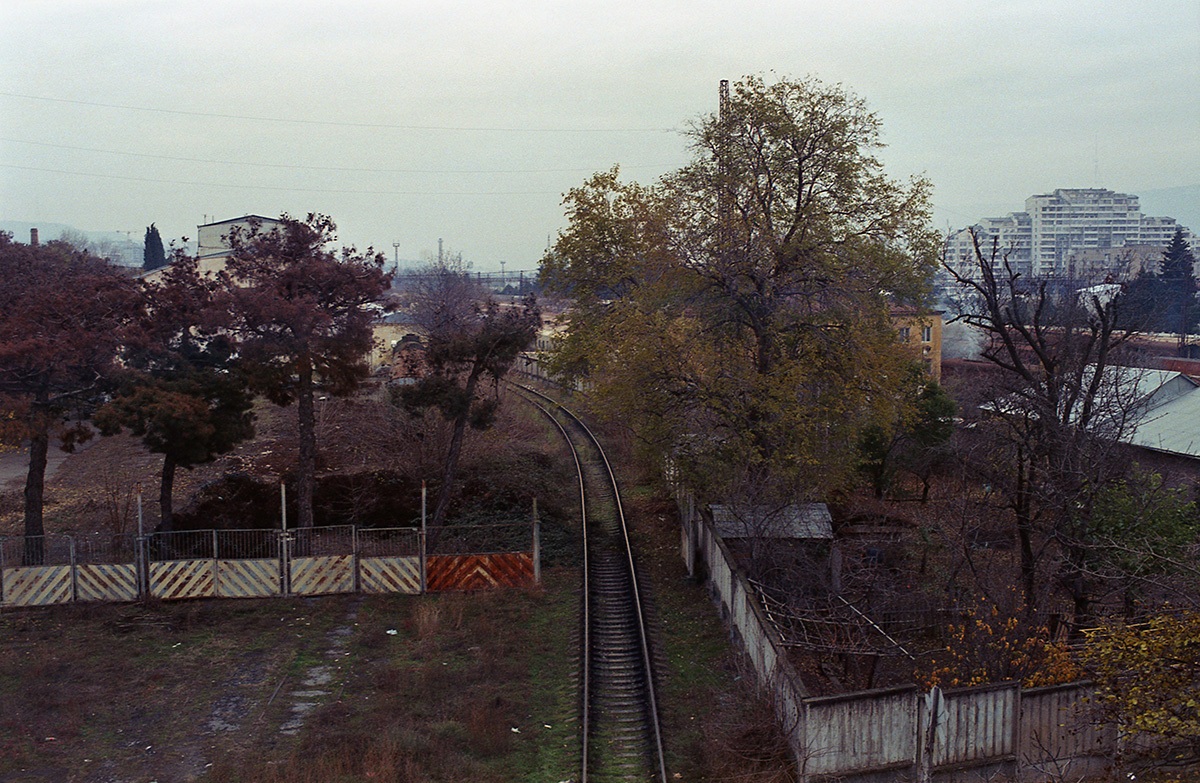
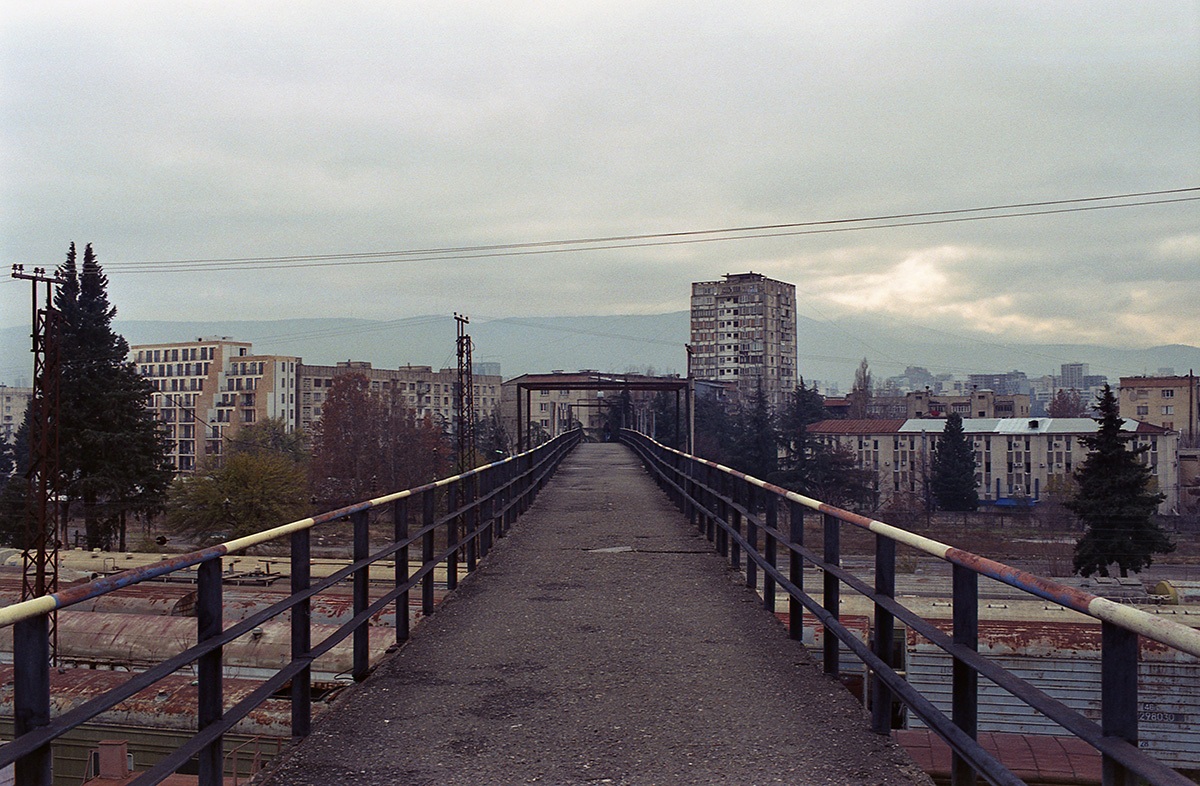
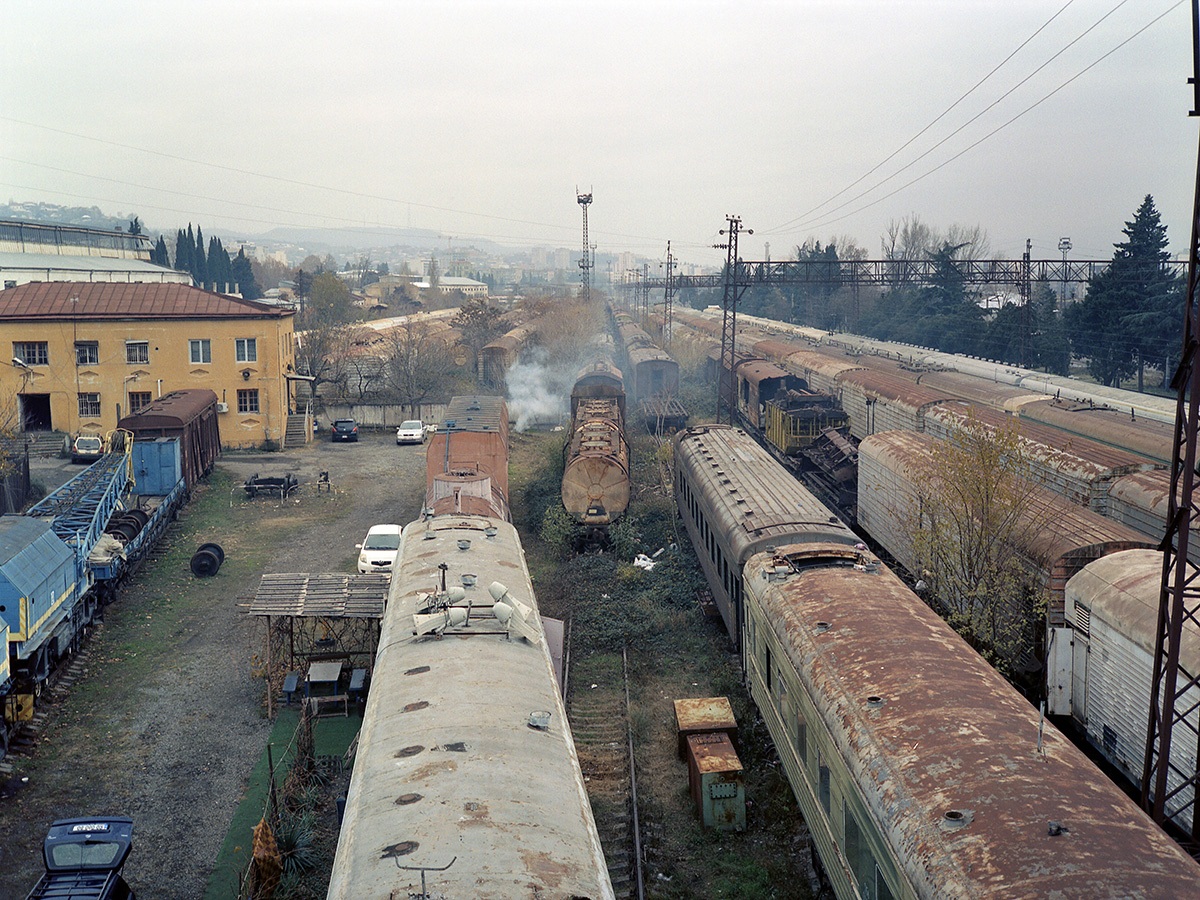
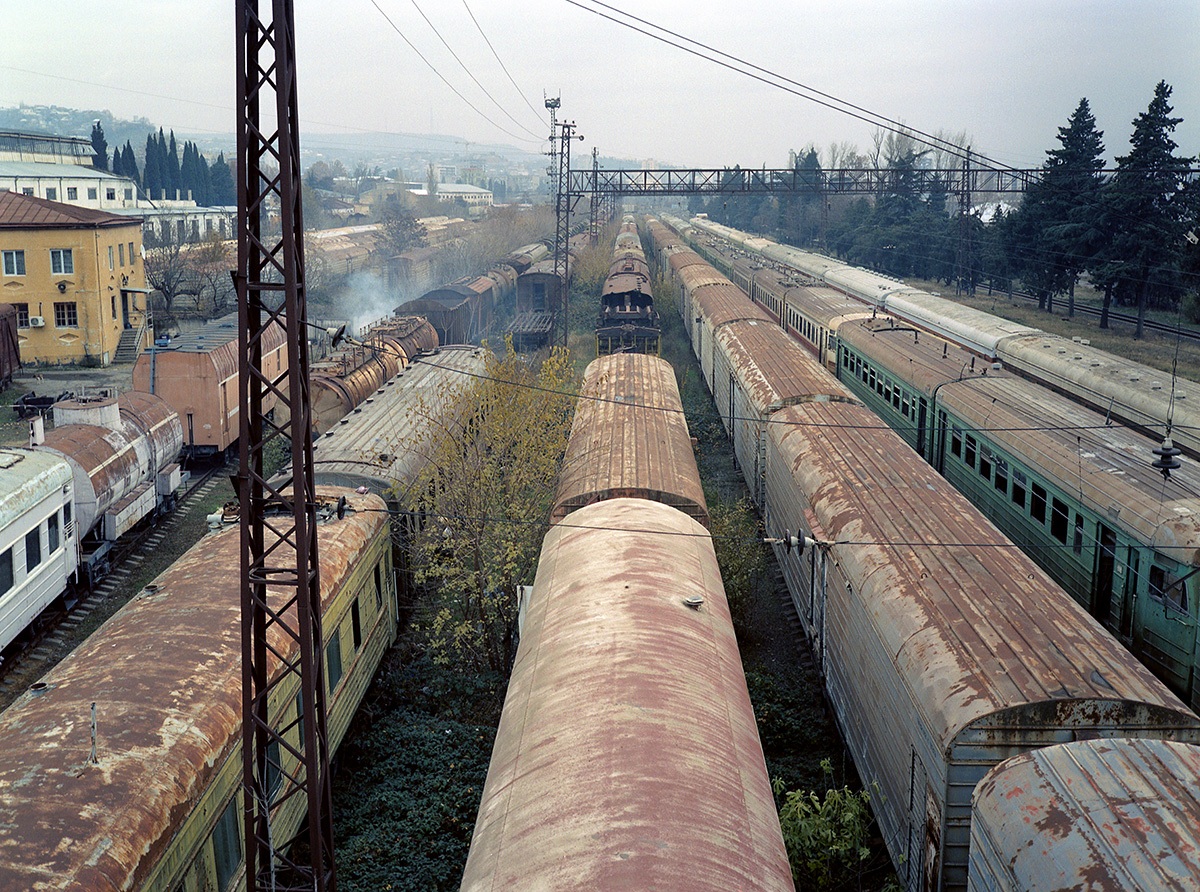
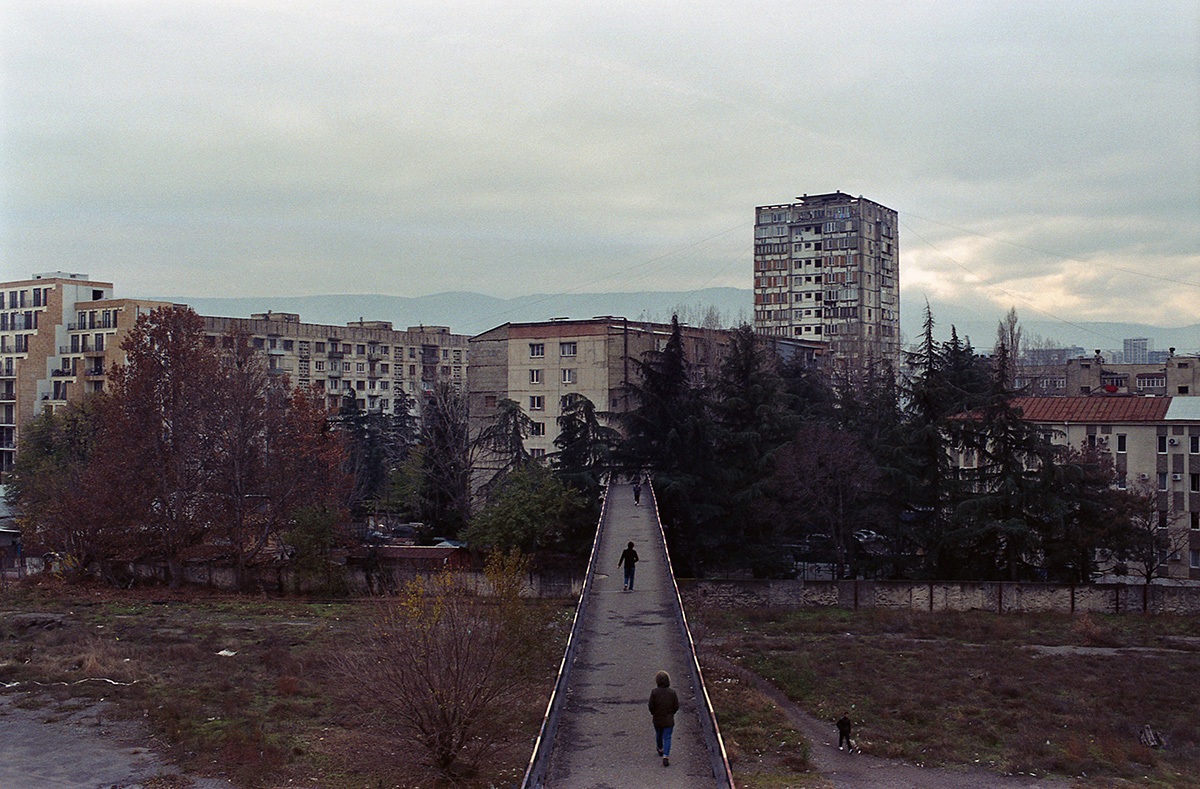
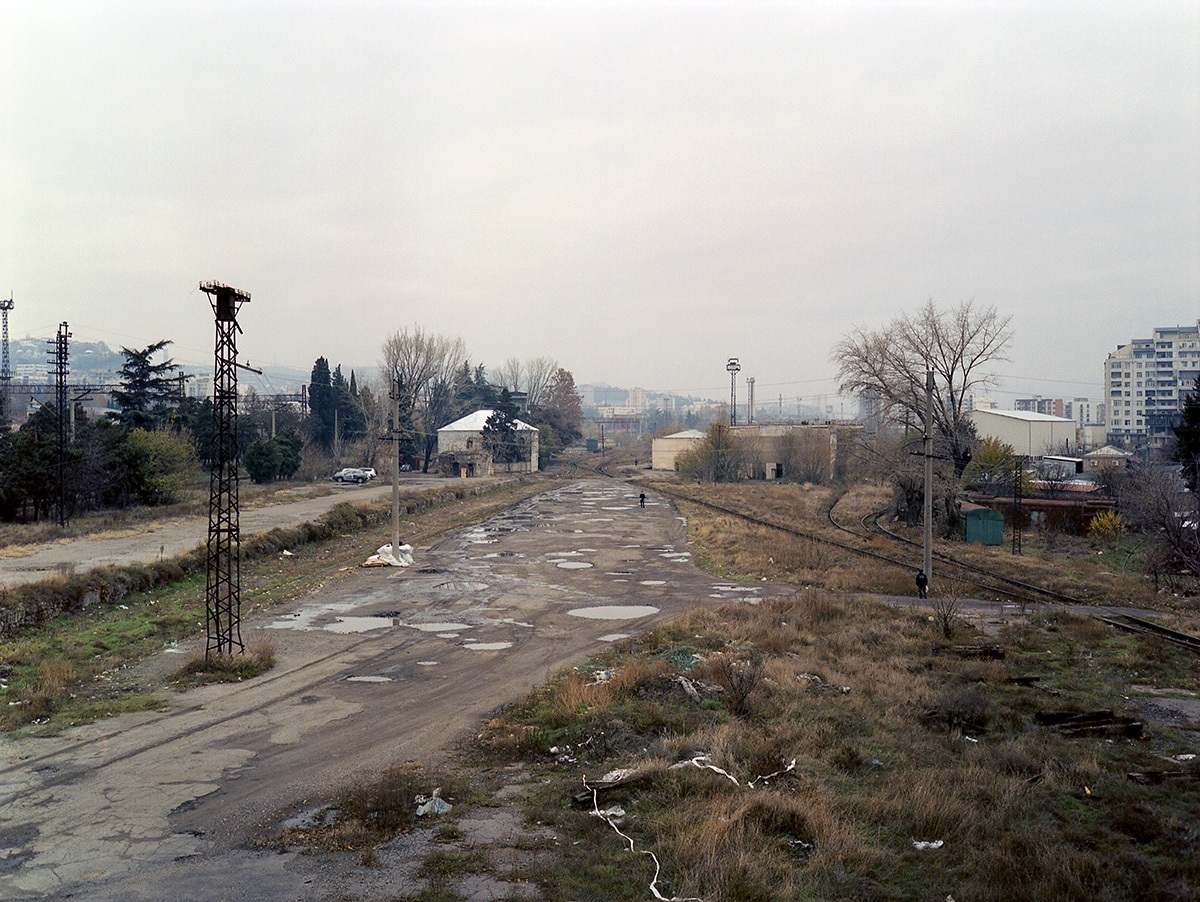
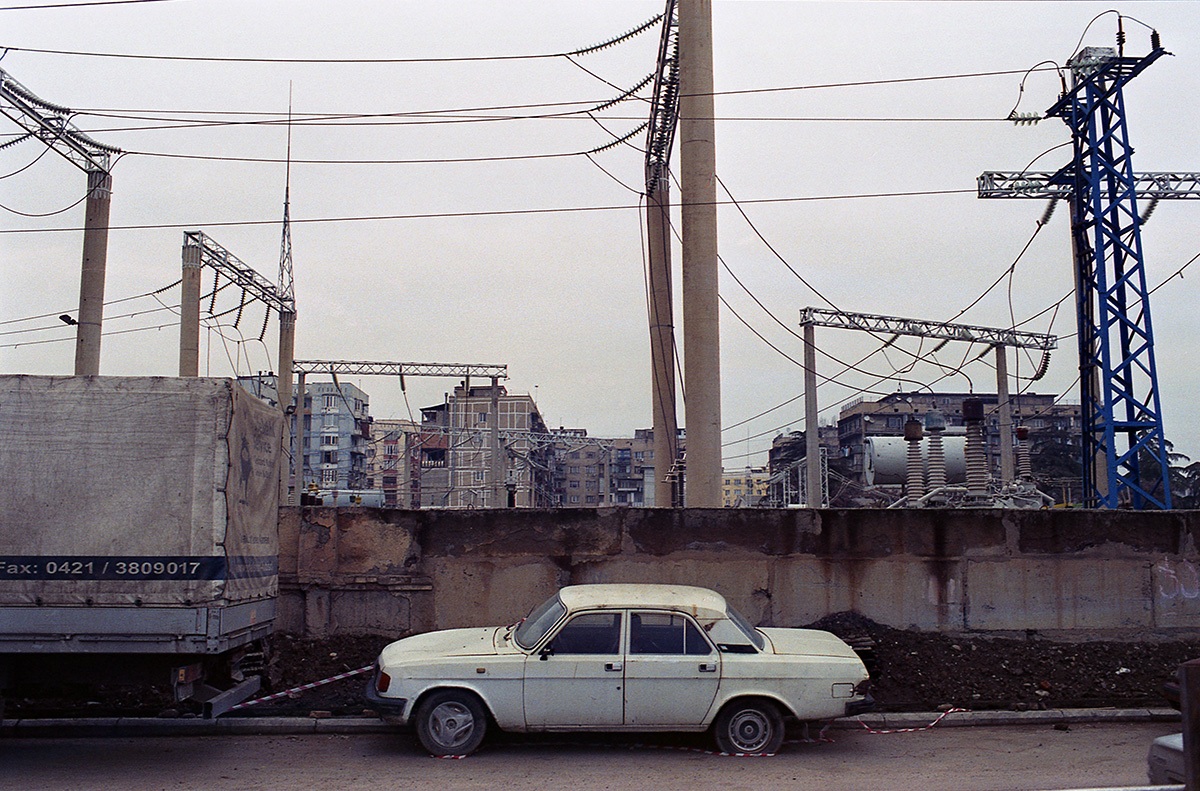
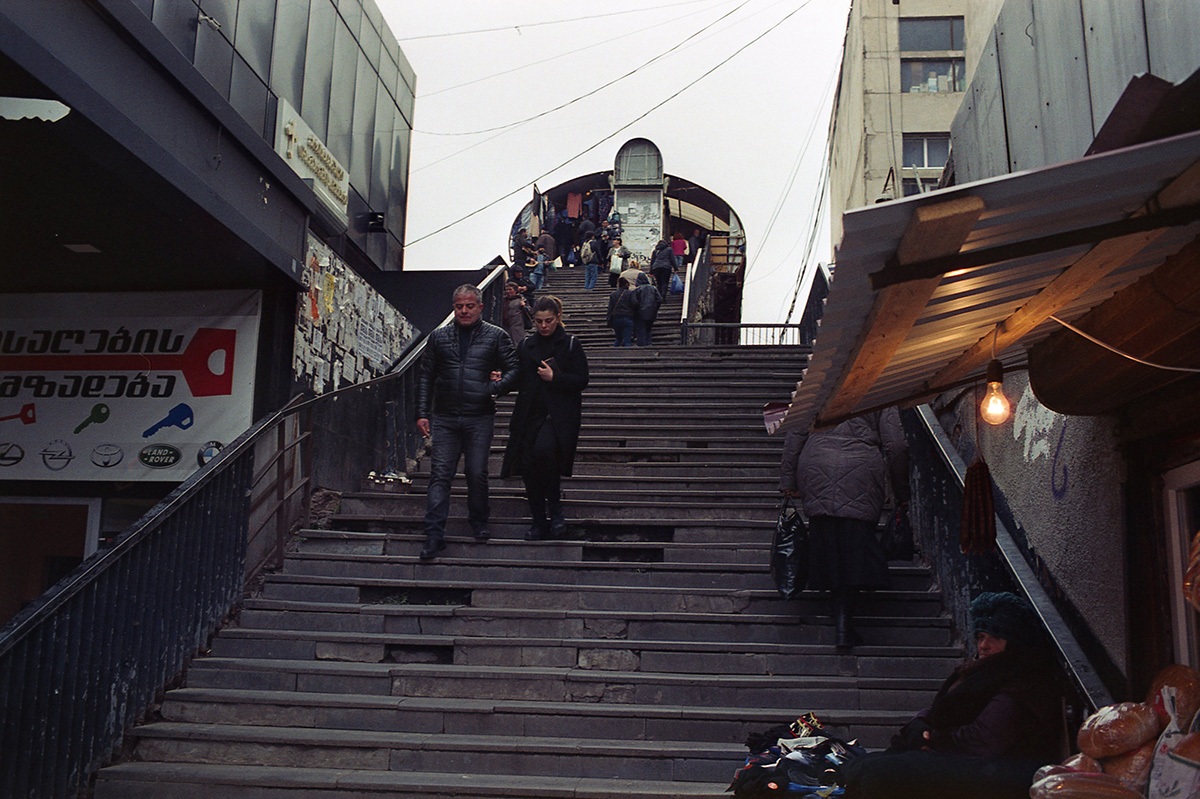
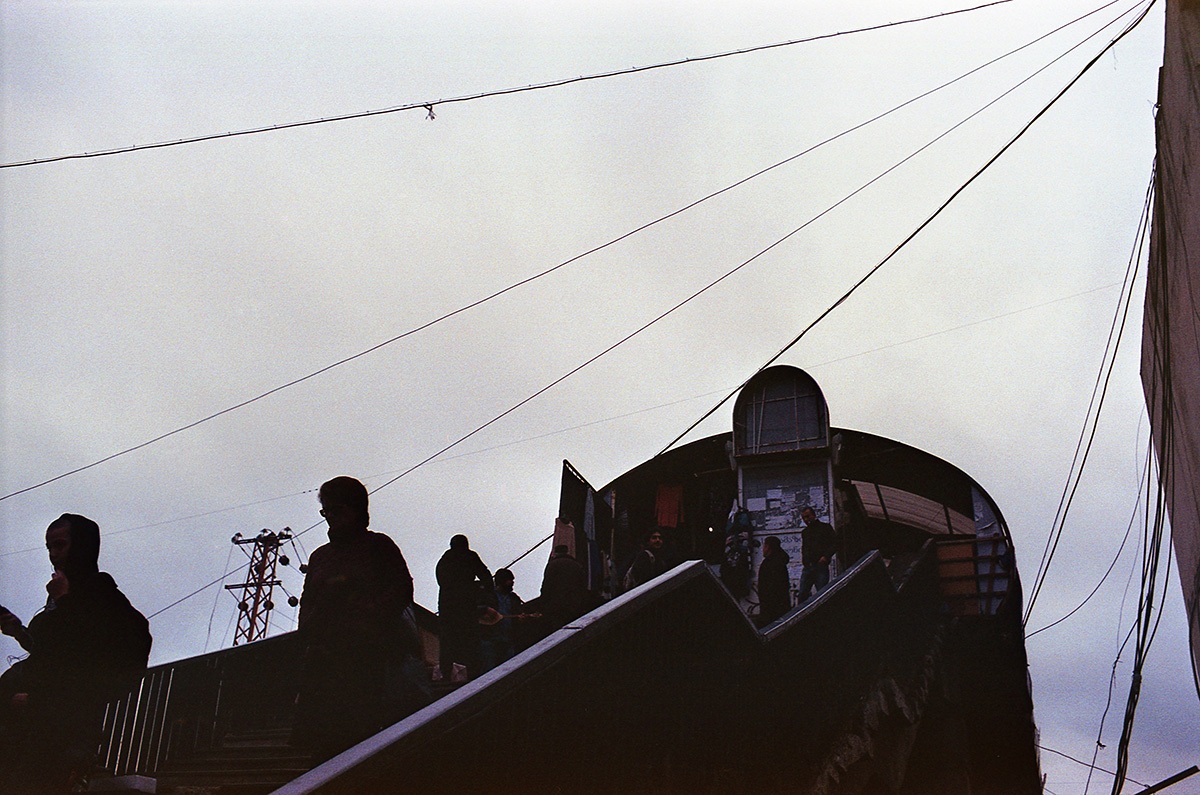
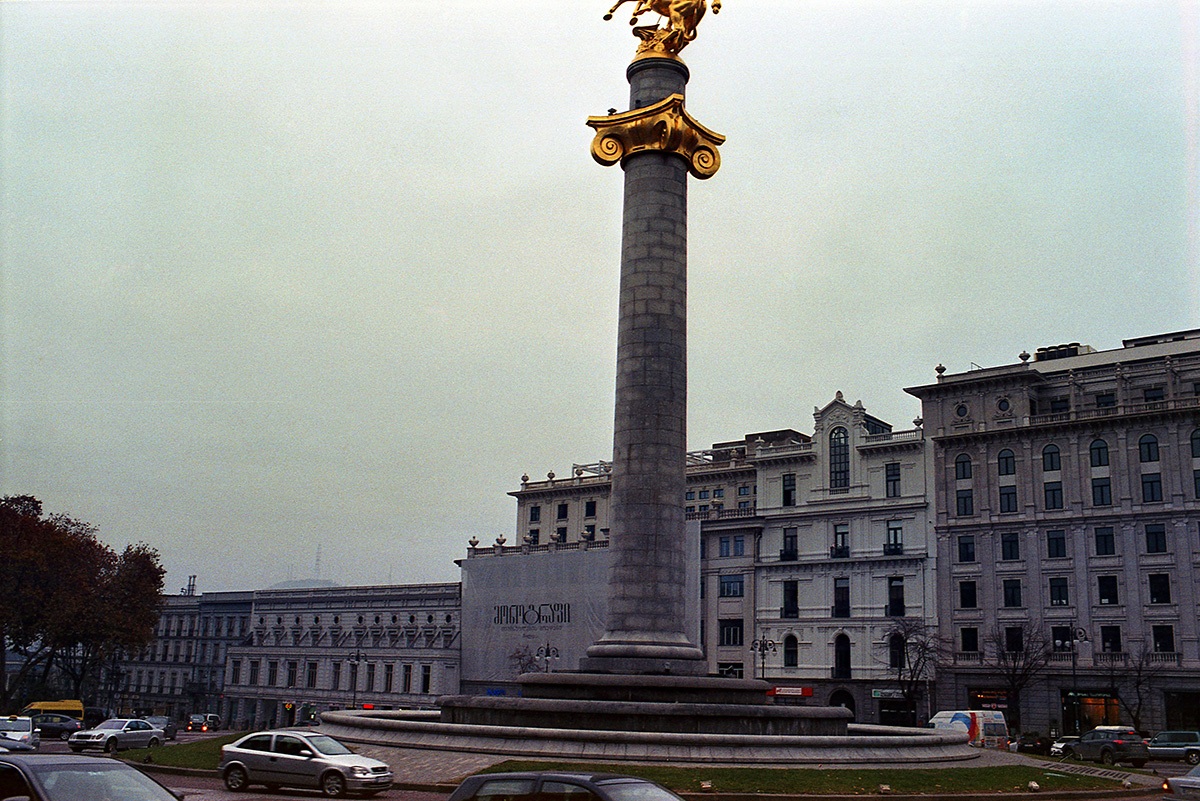
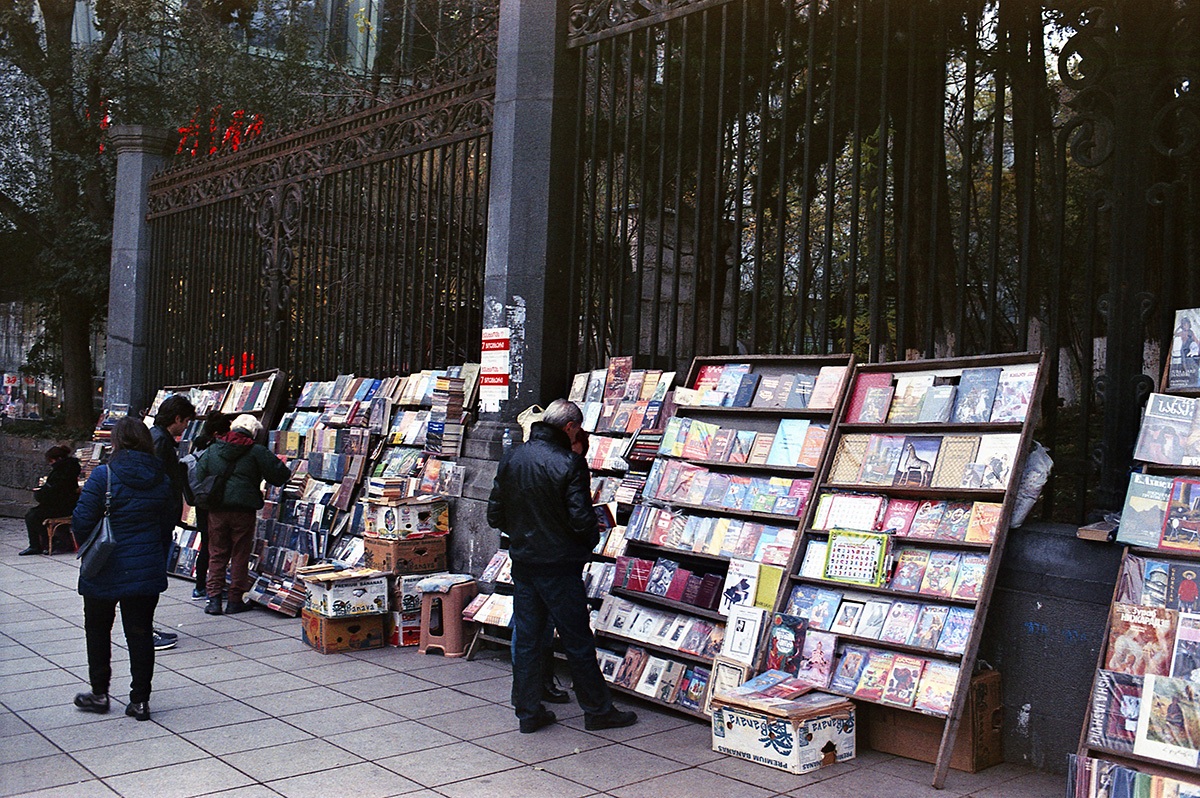
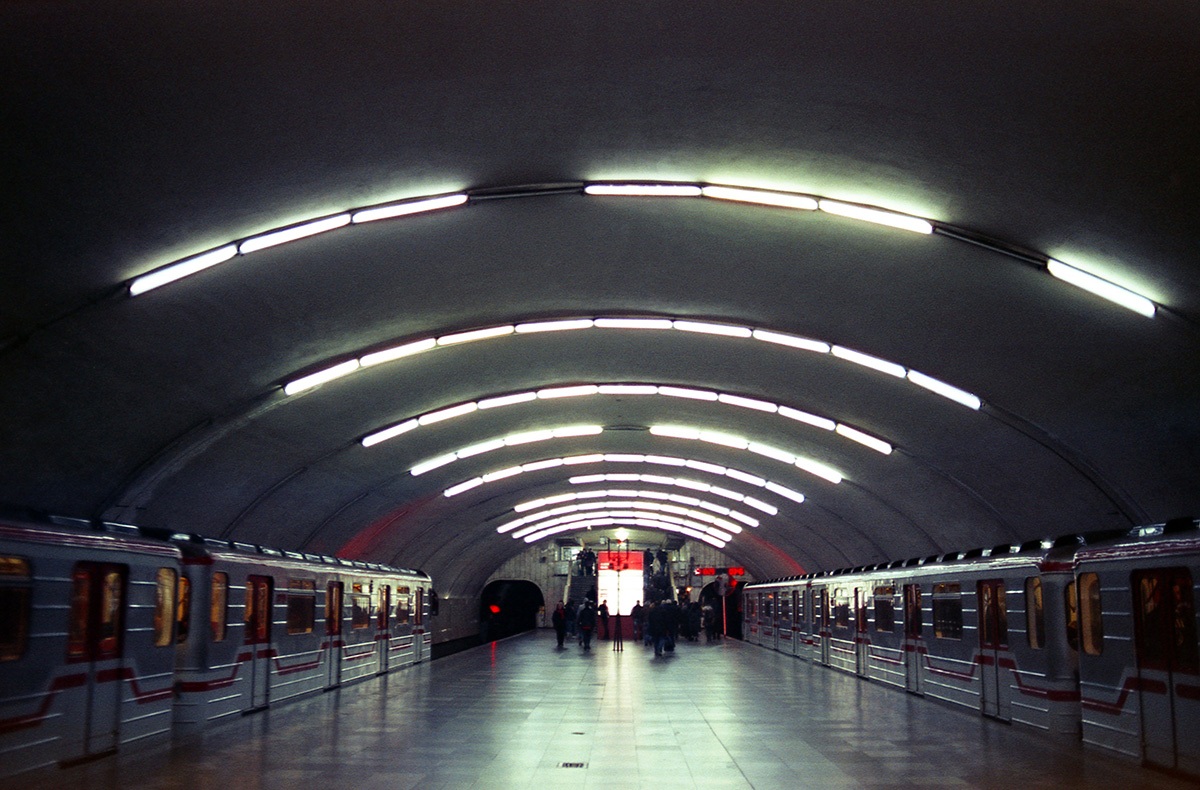
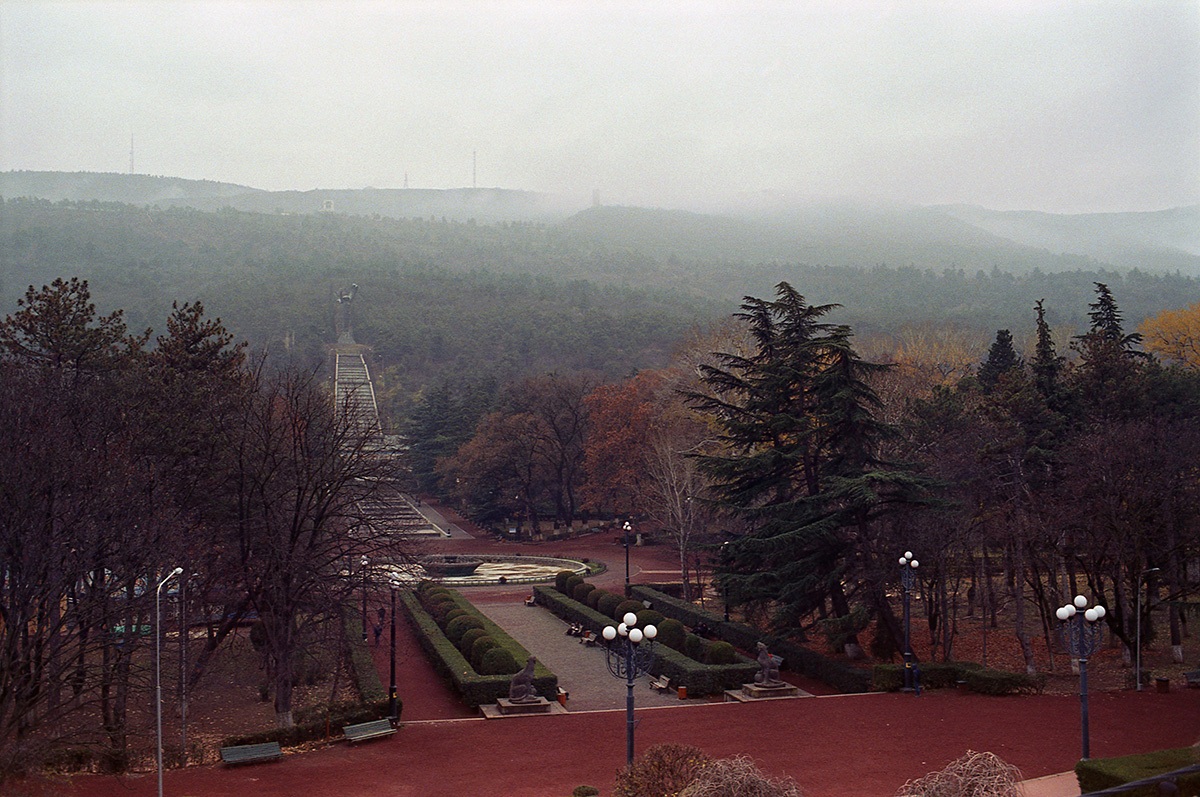
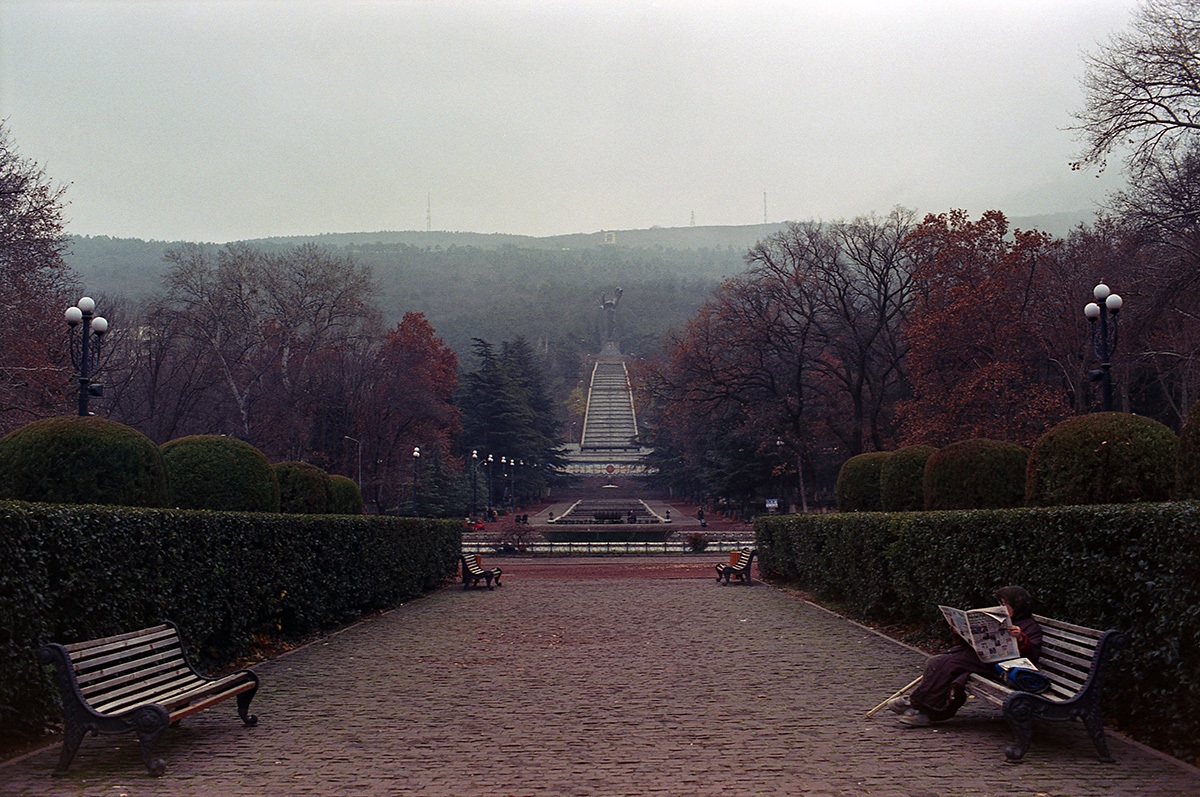
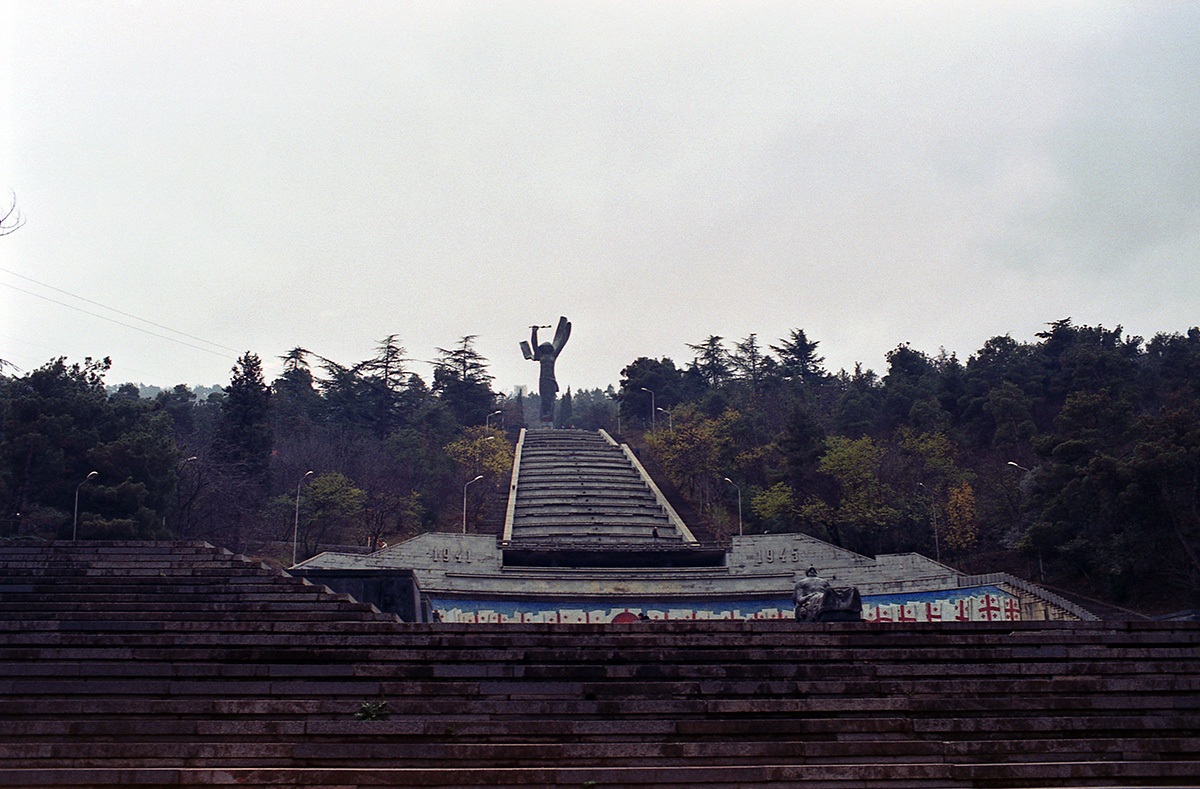
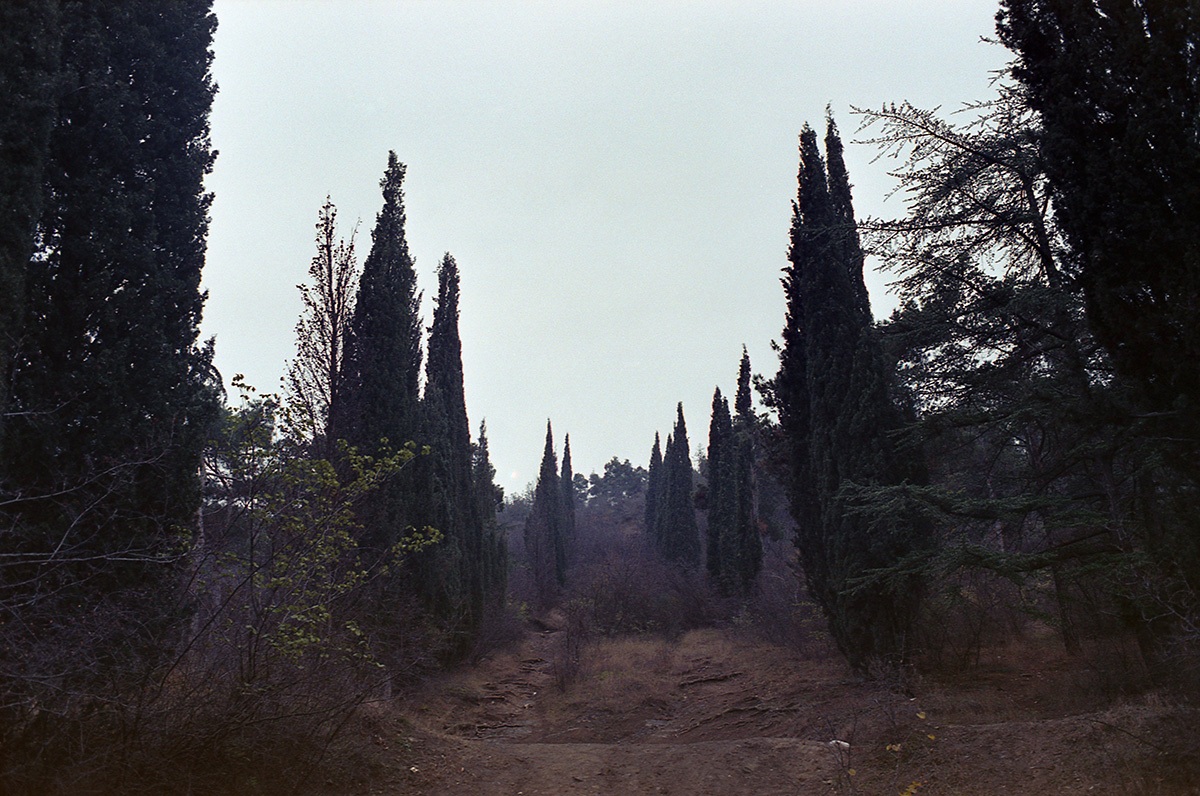
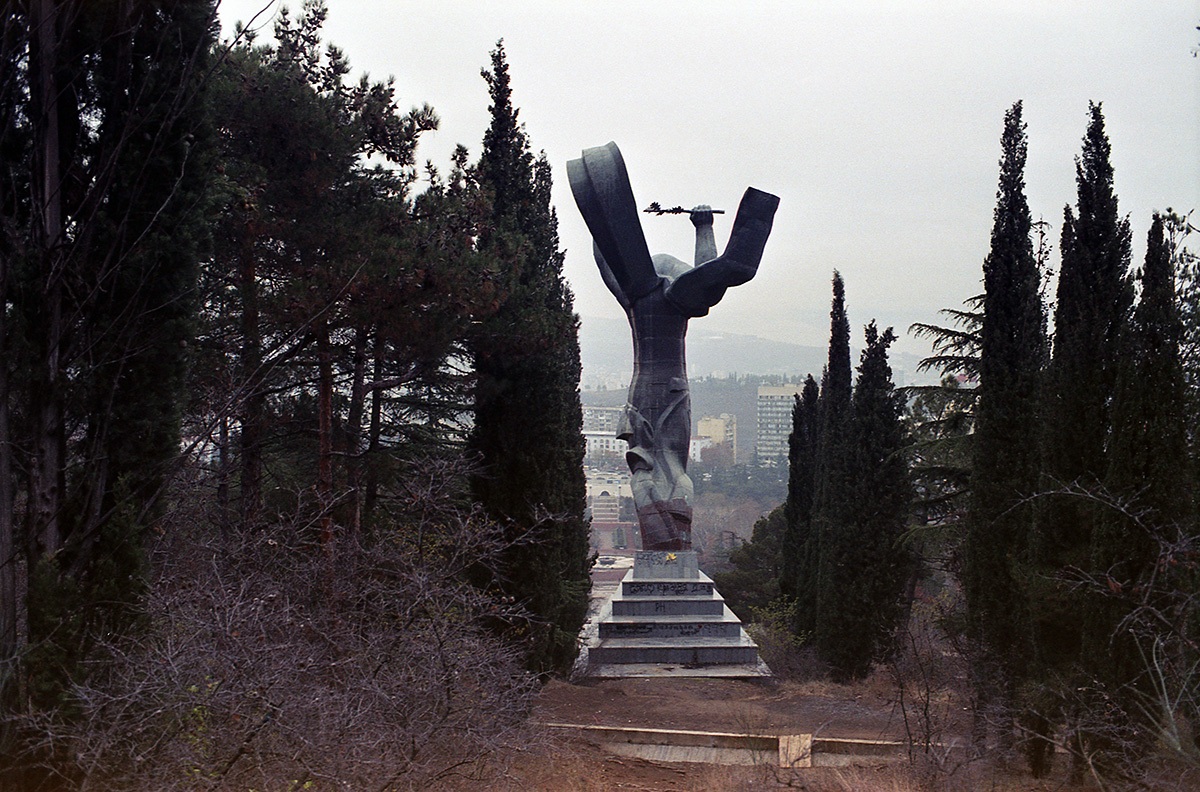
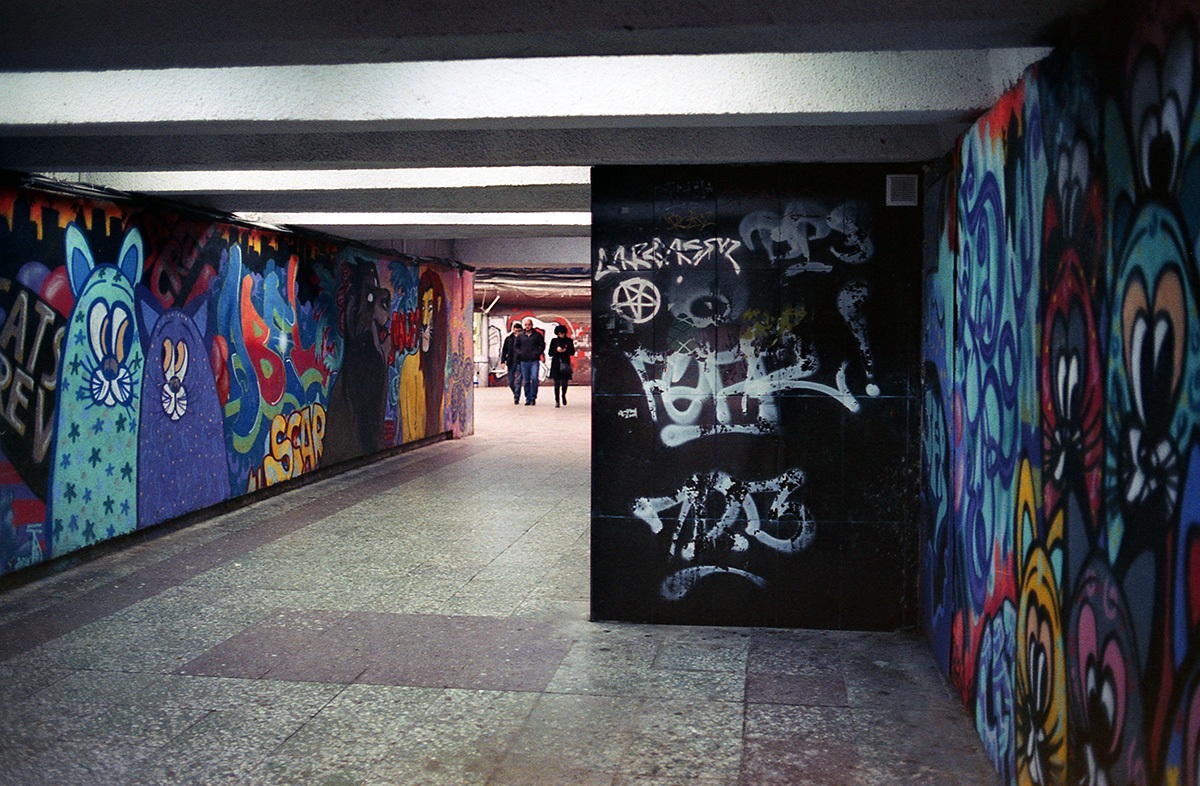
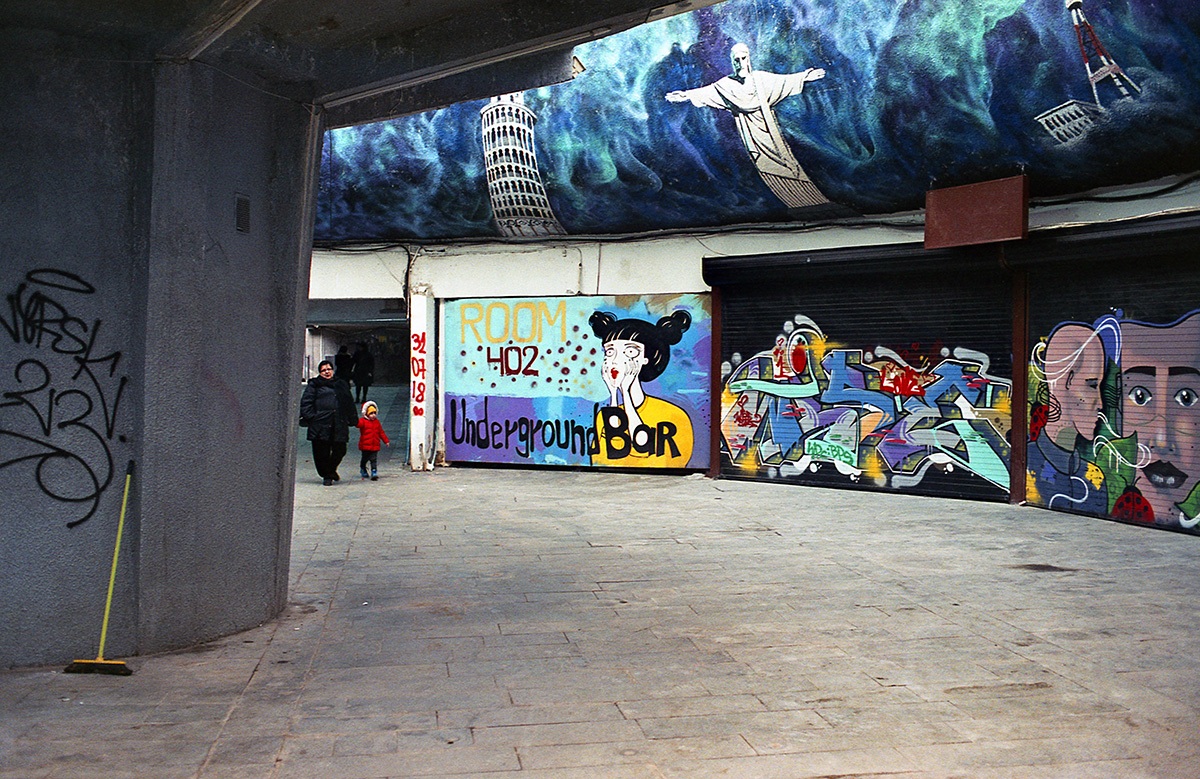
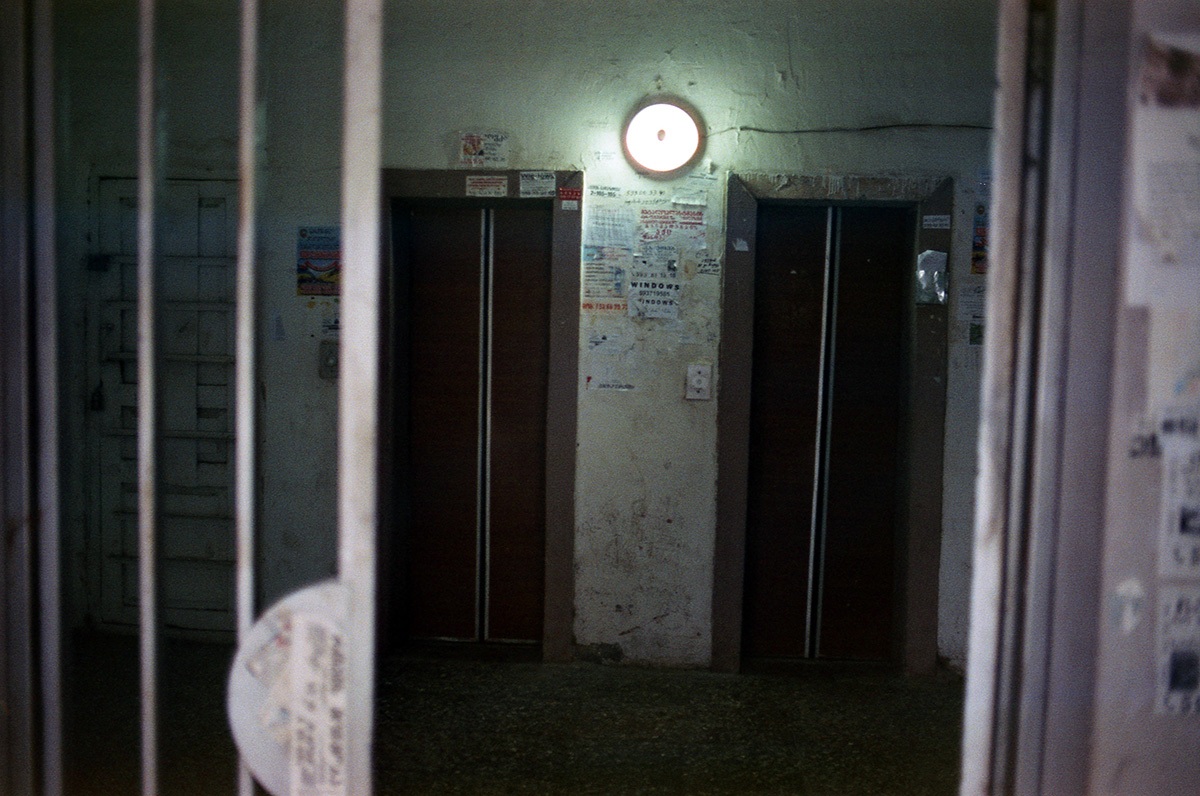
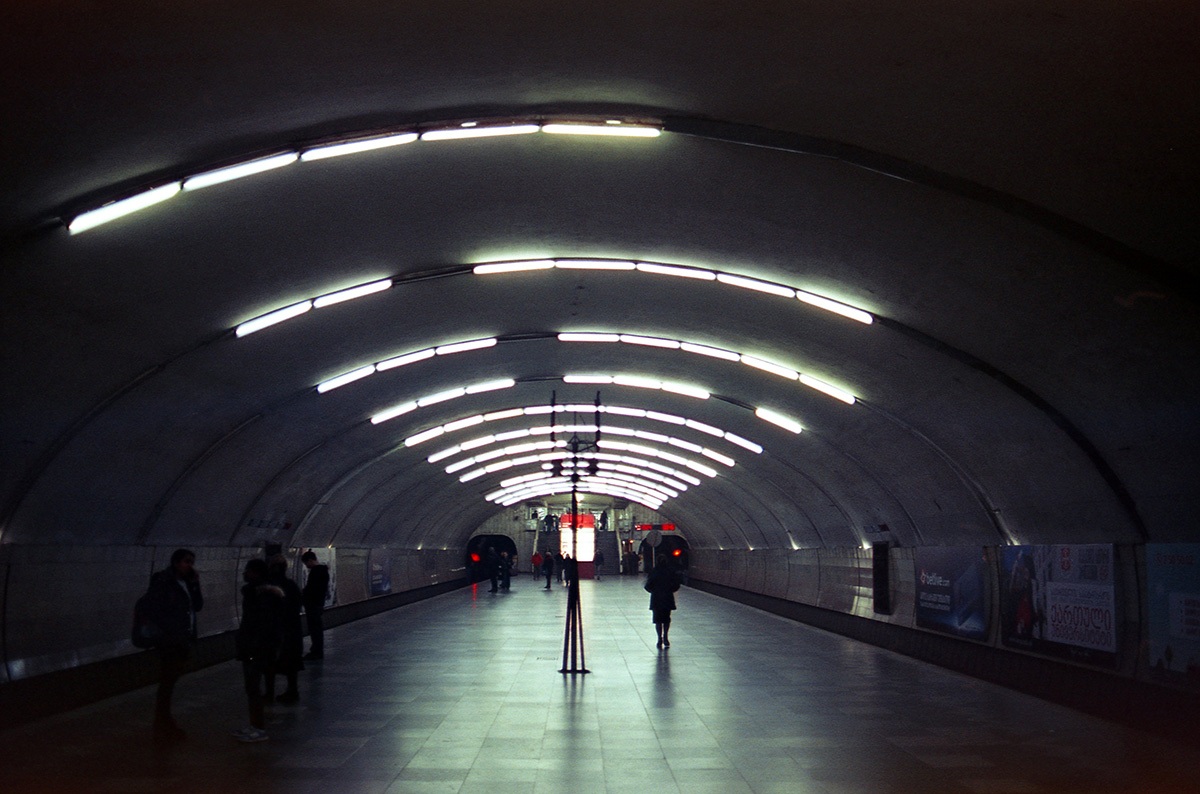
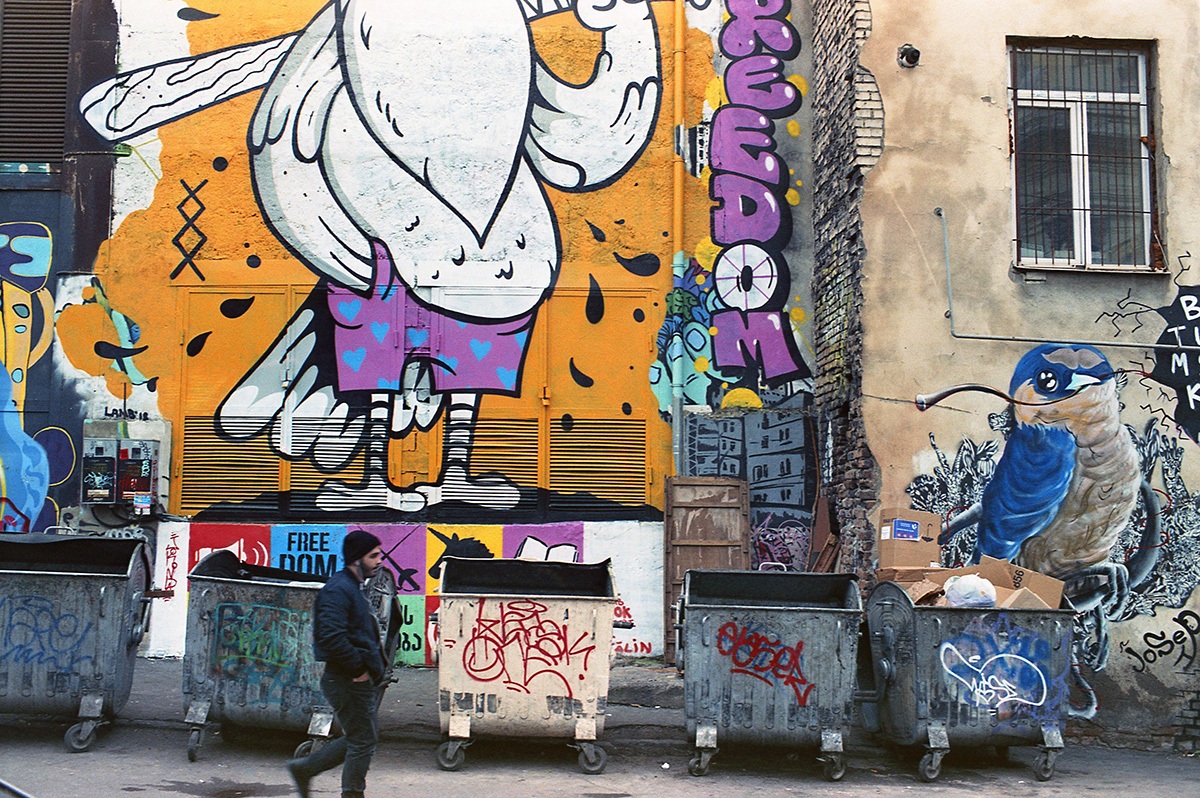
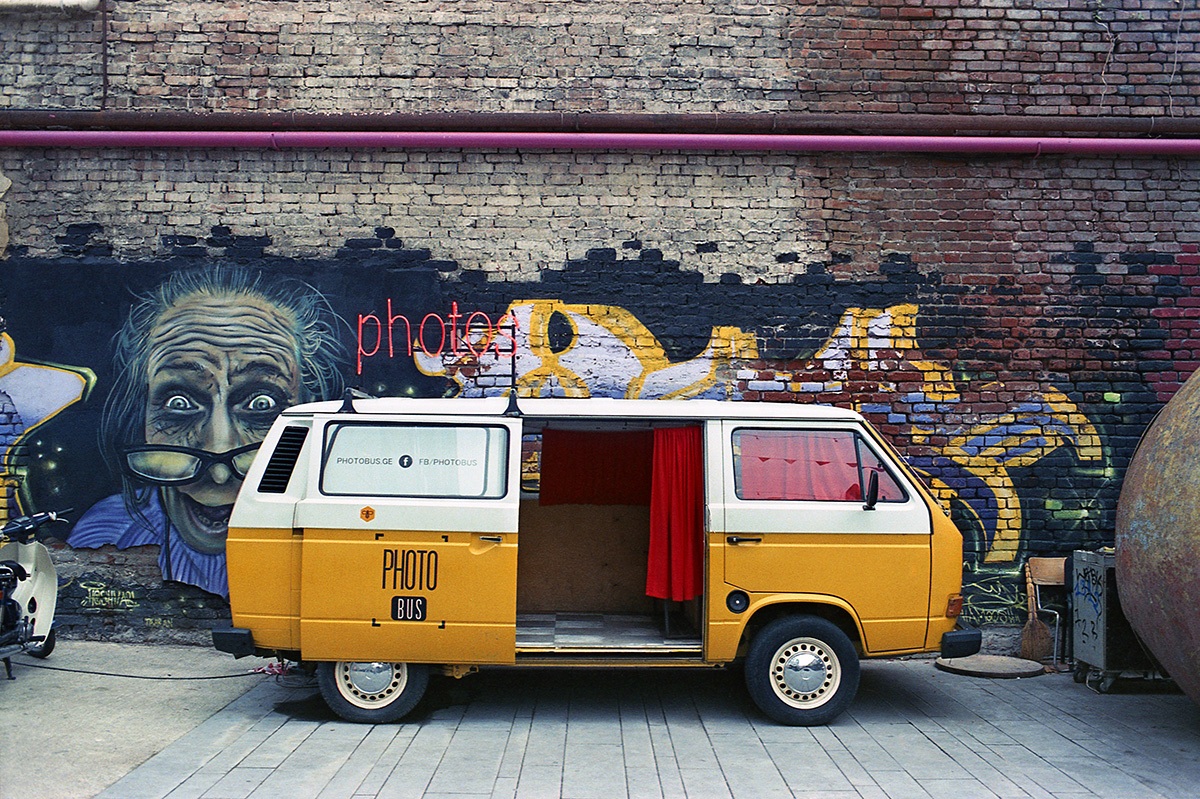
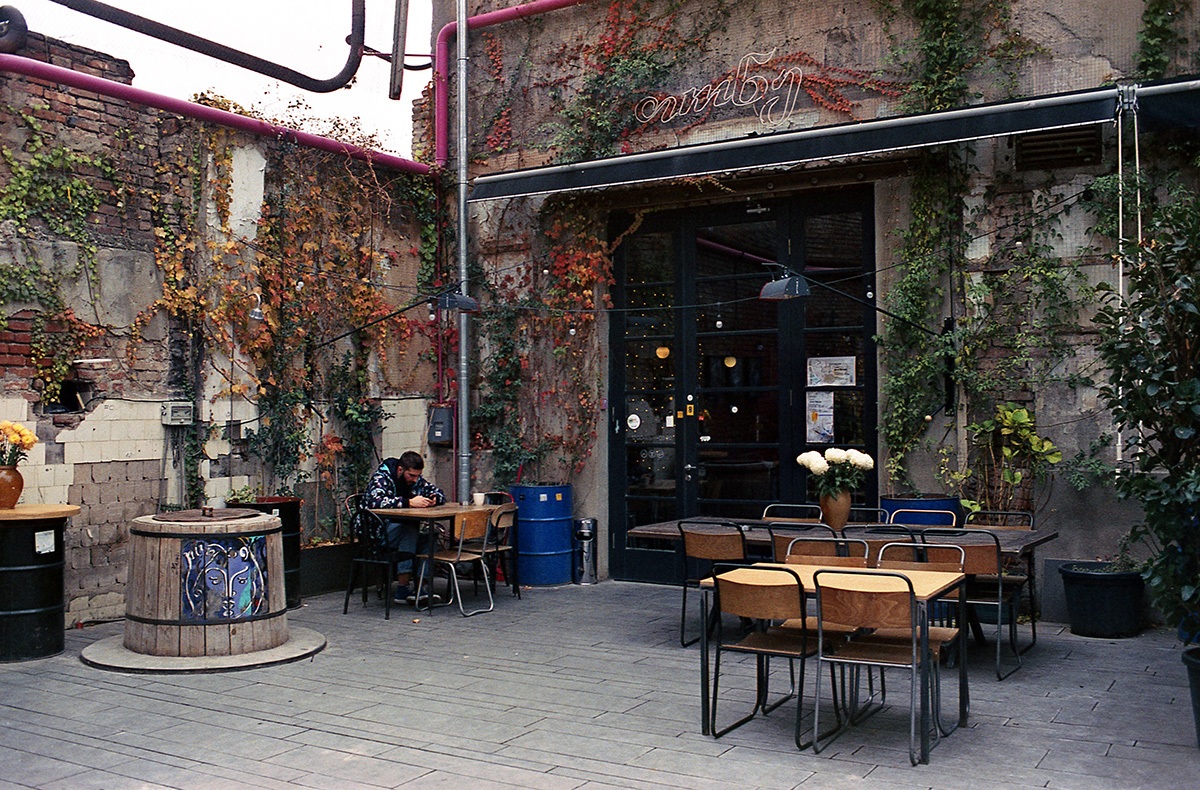
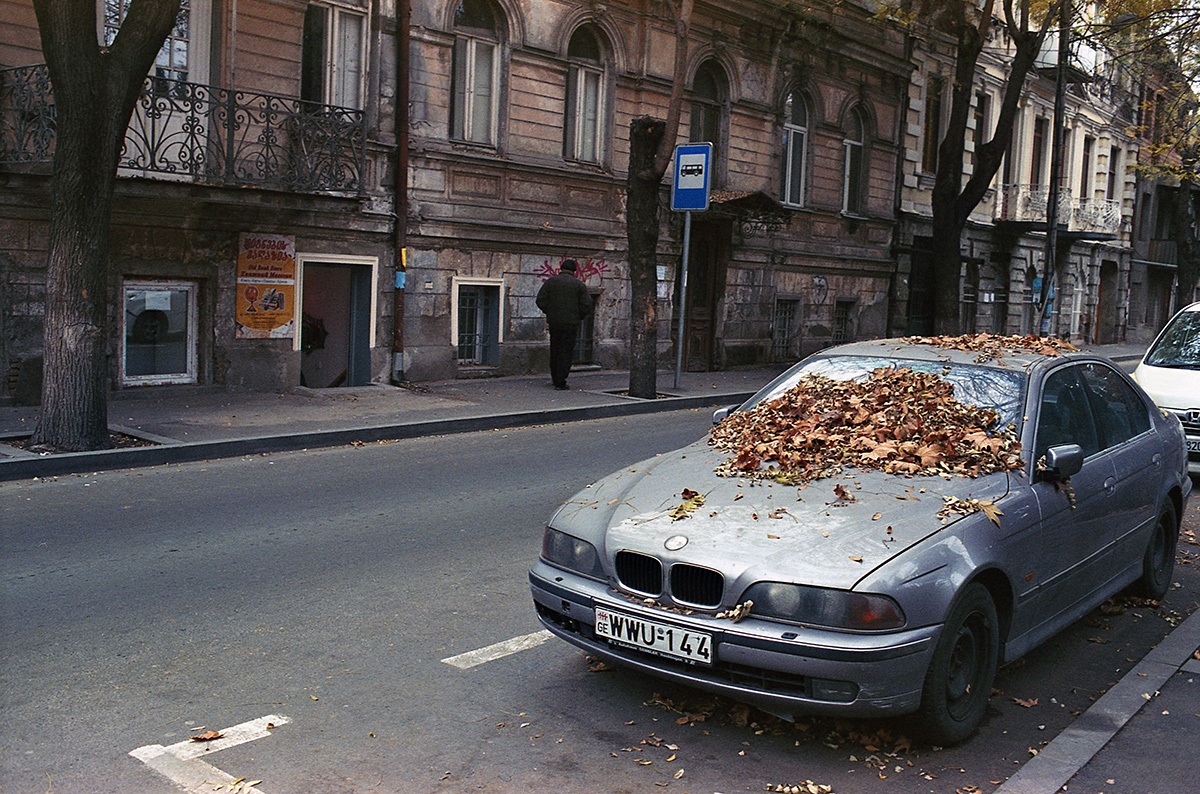
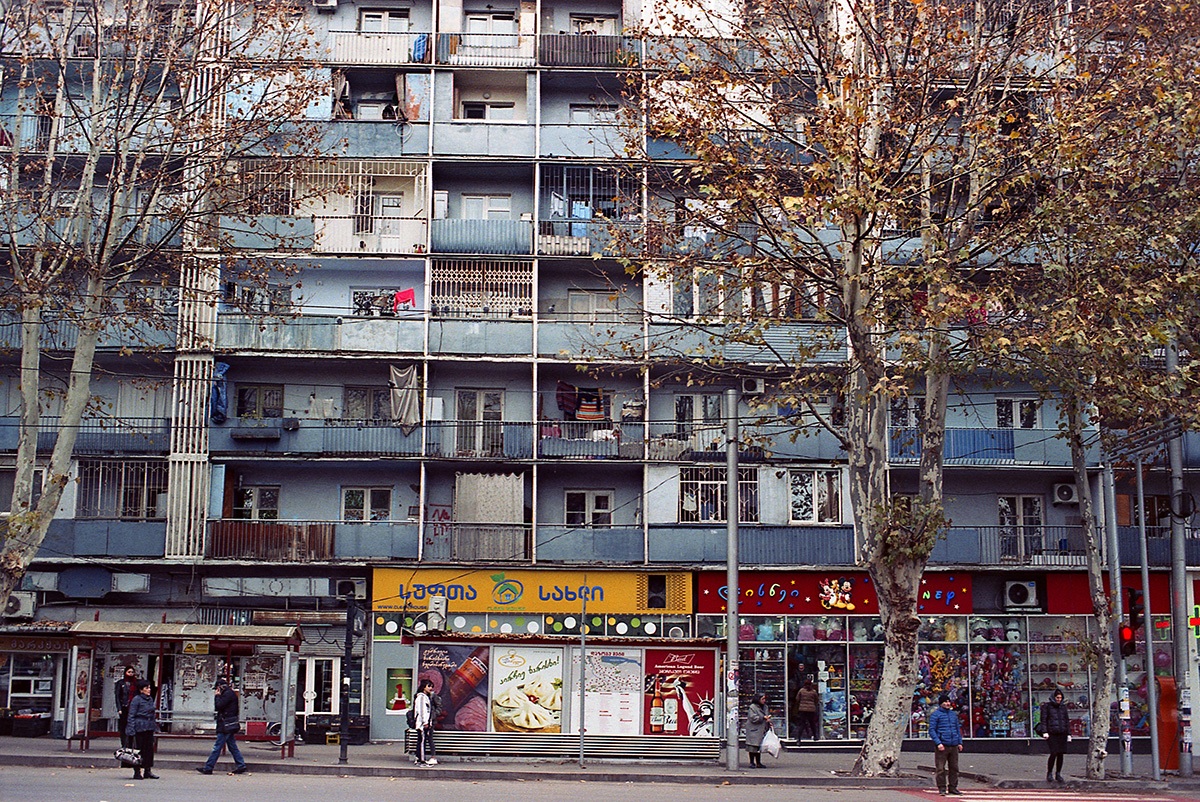
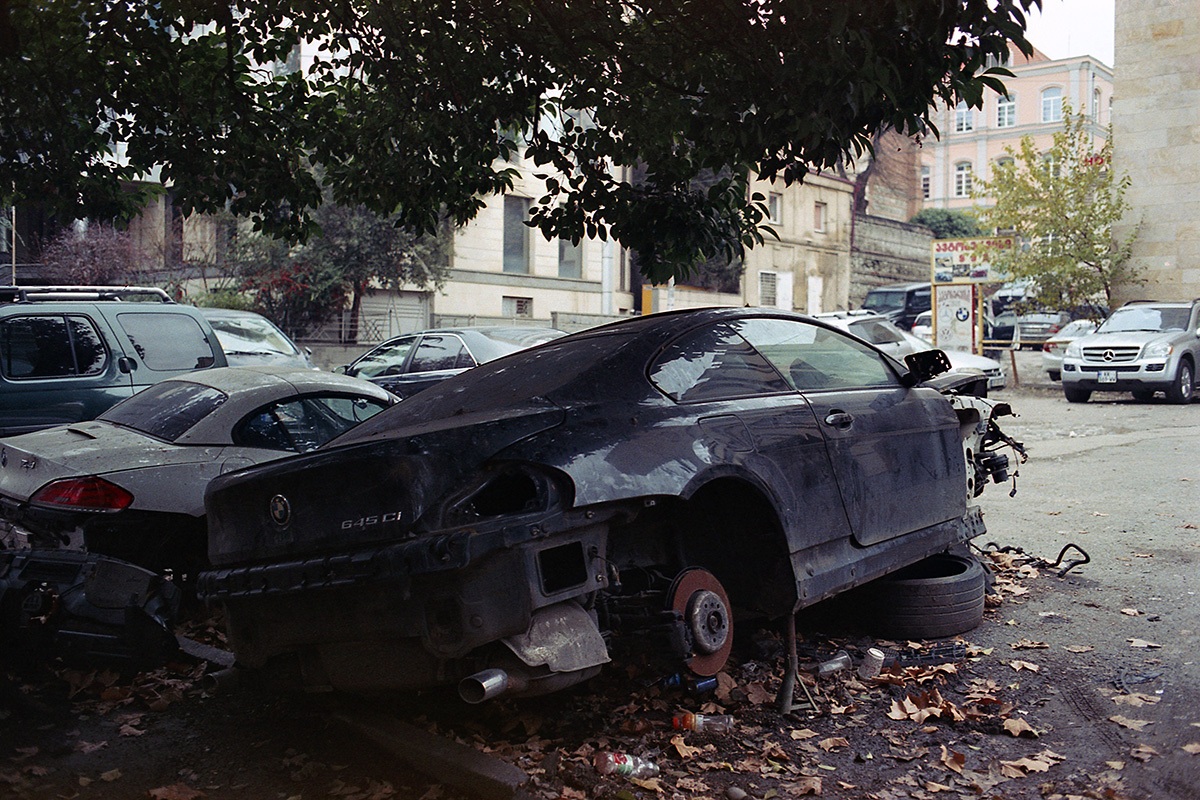
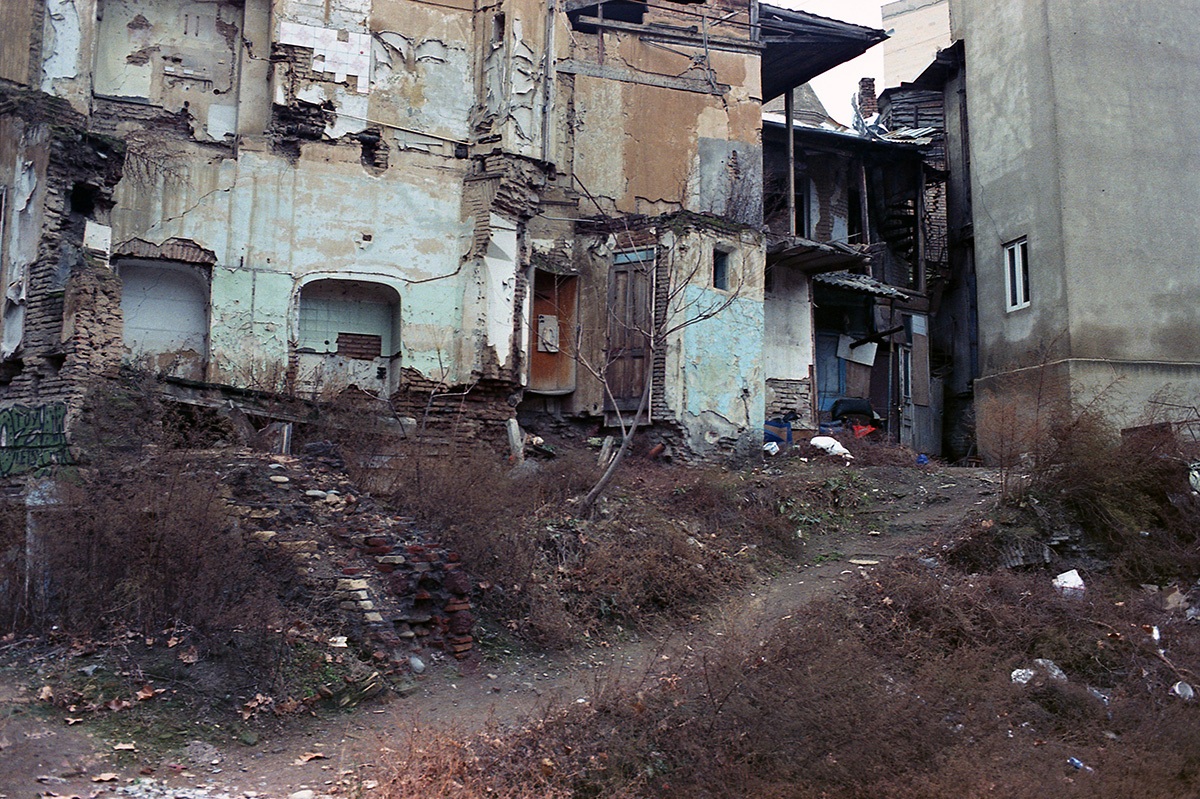
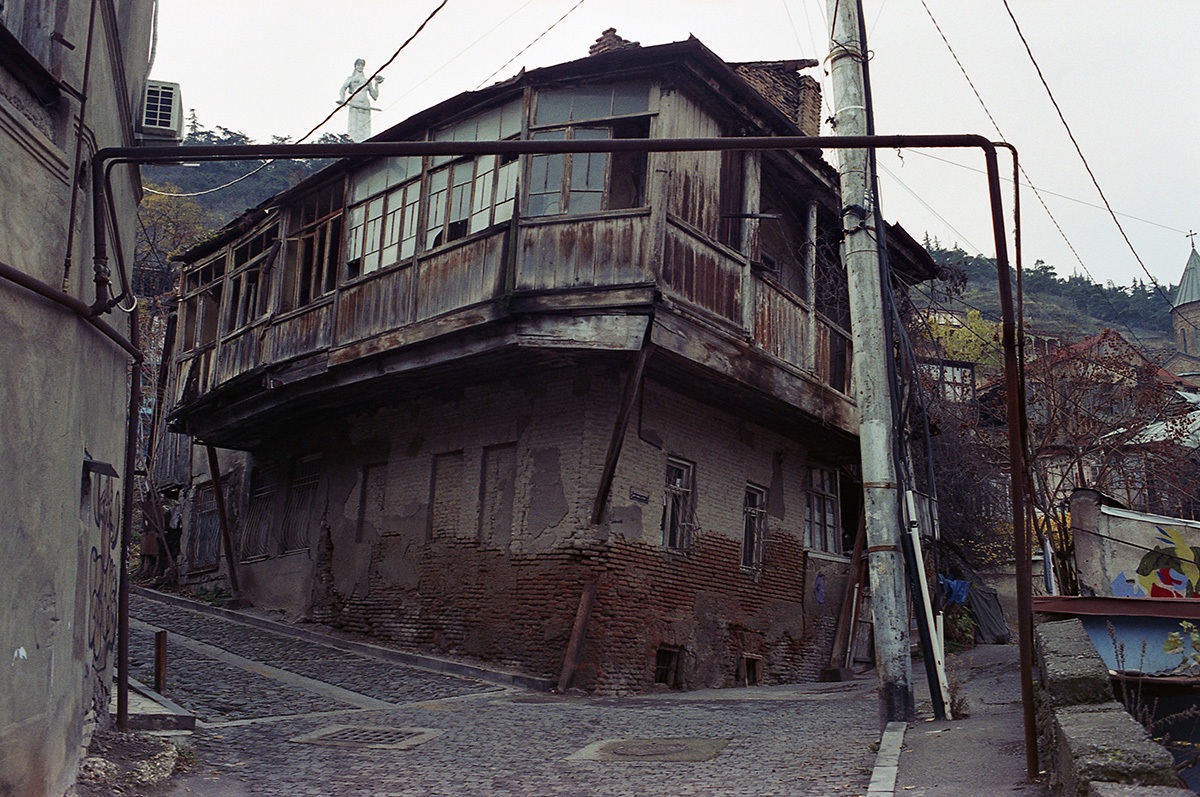
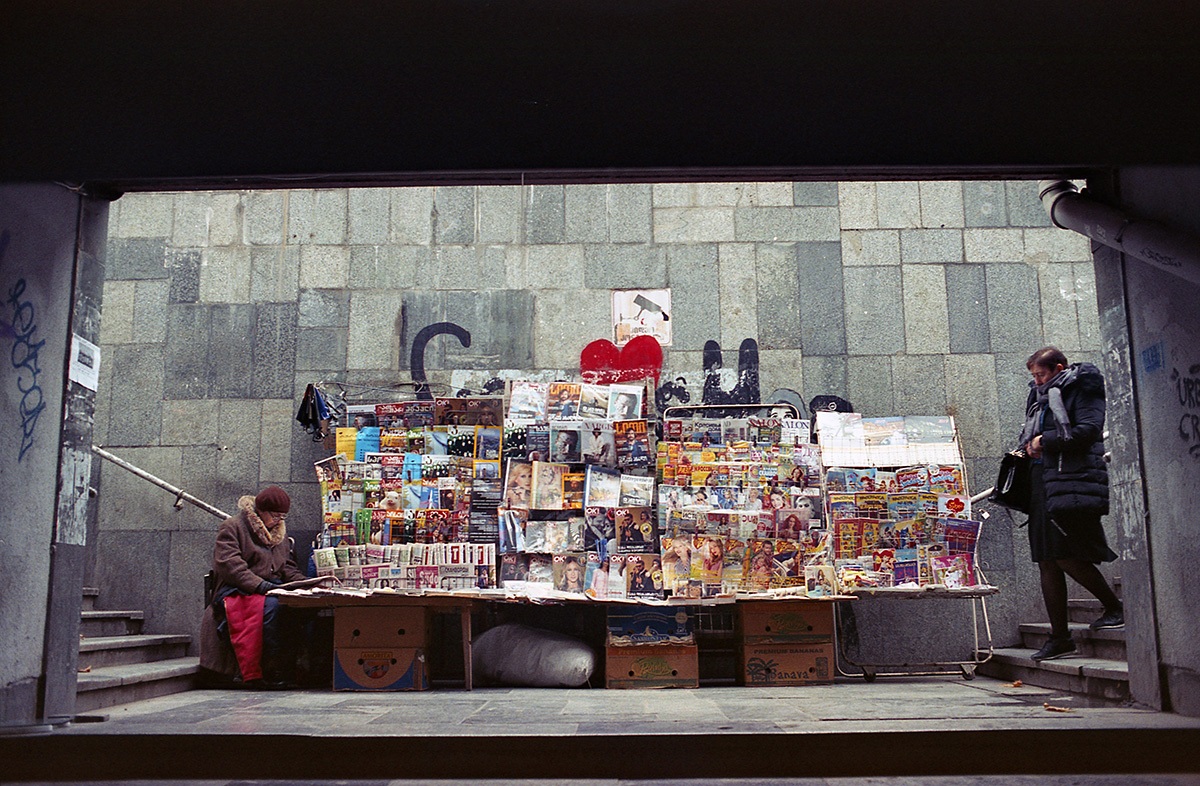
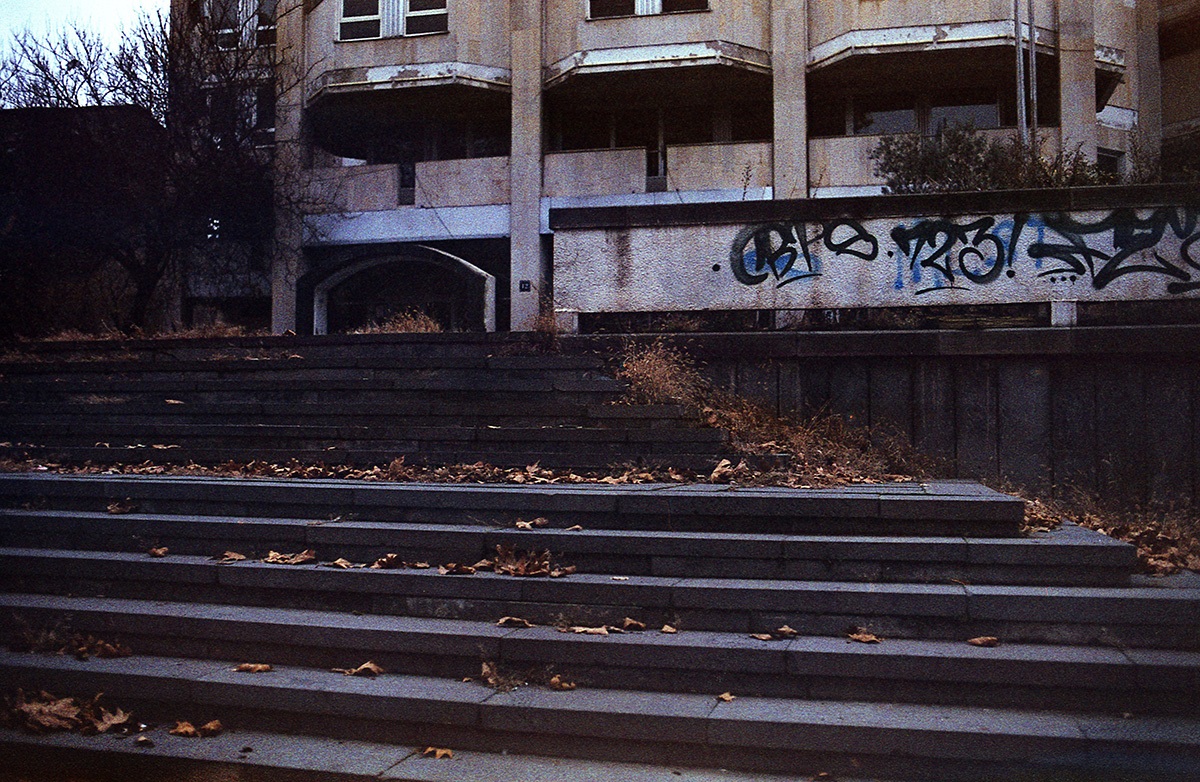
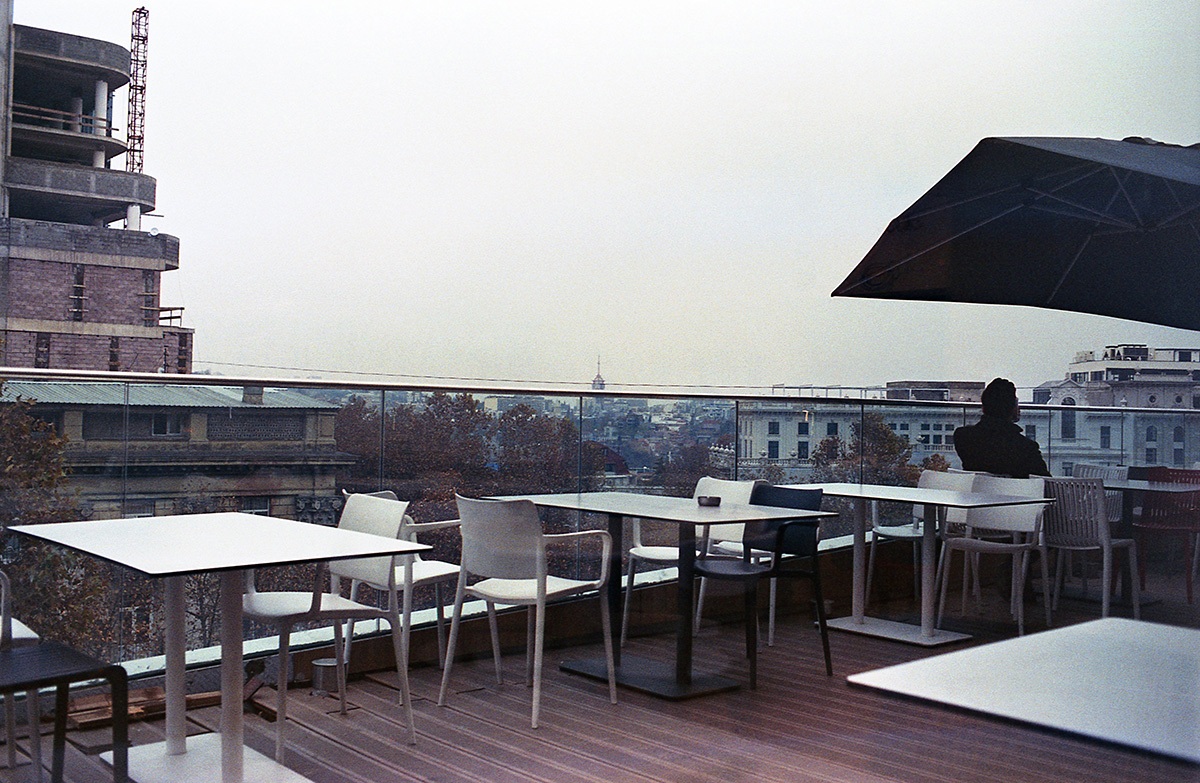

 Become a
Become a